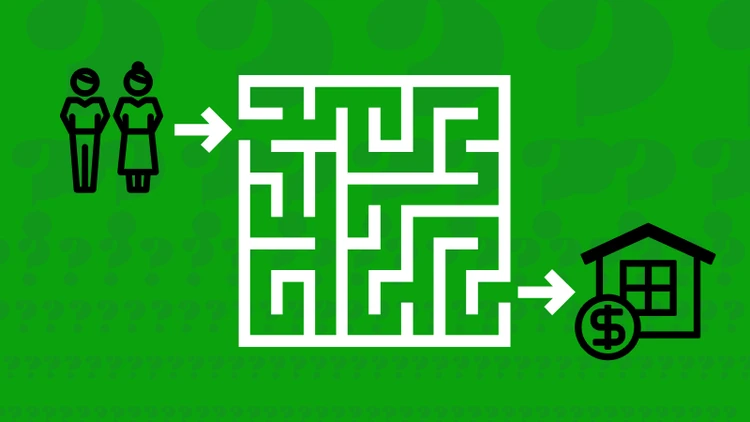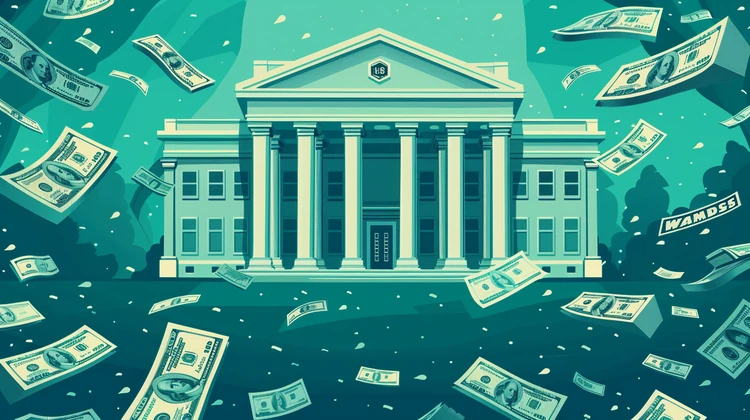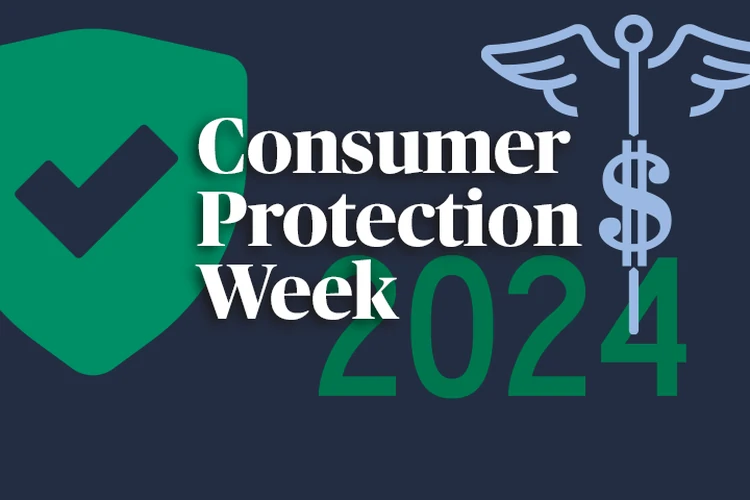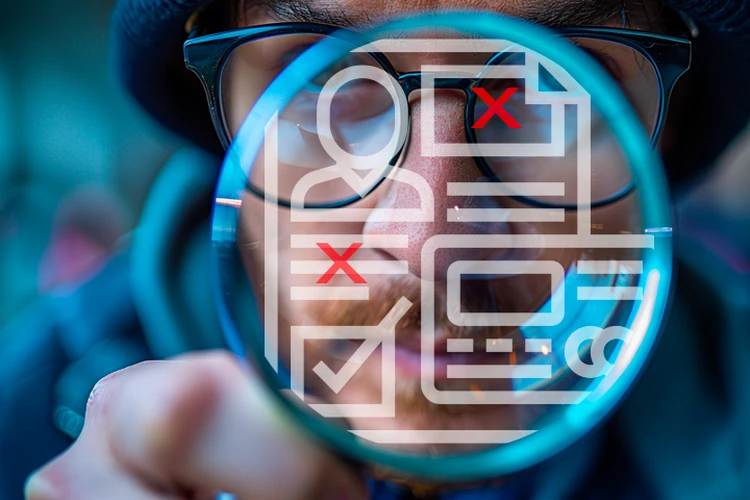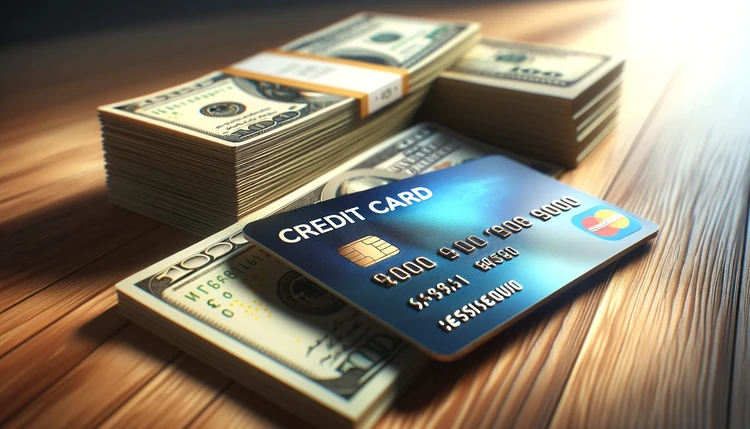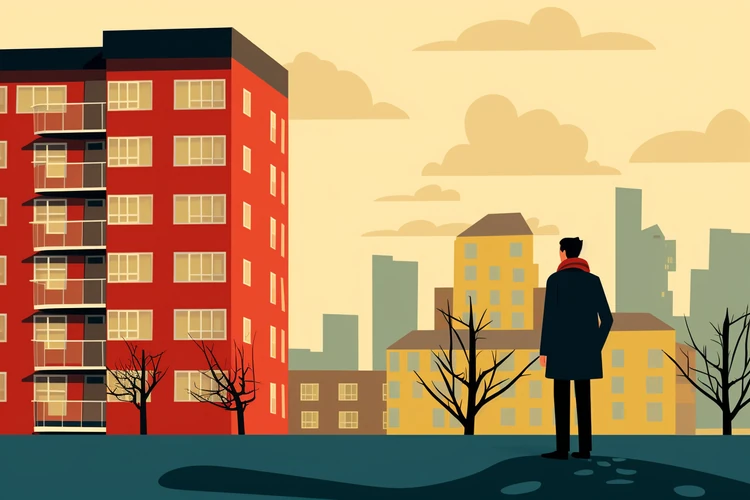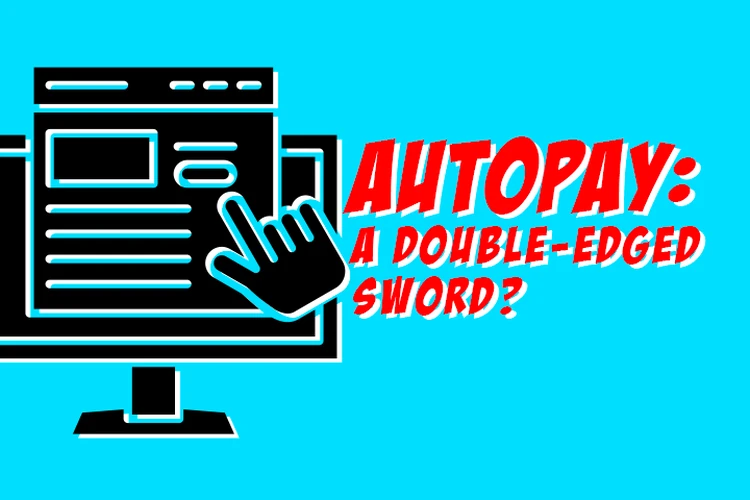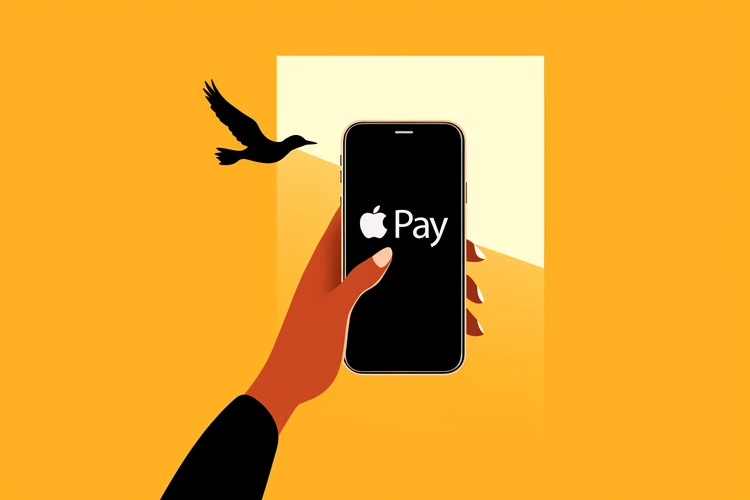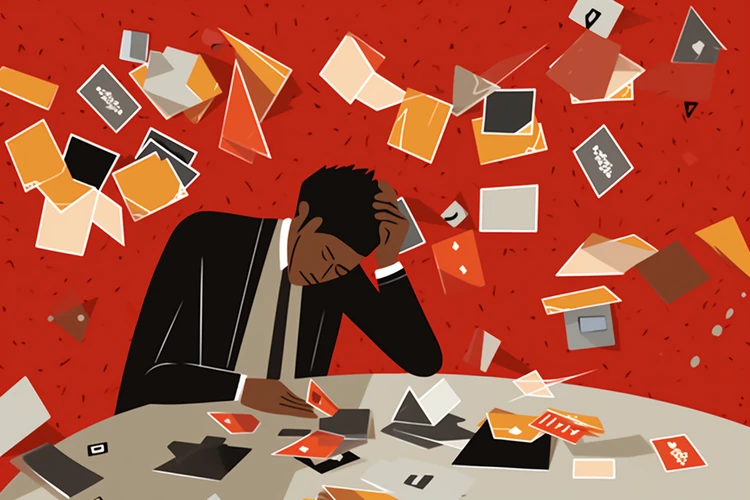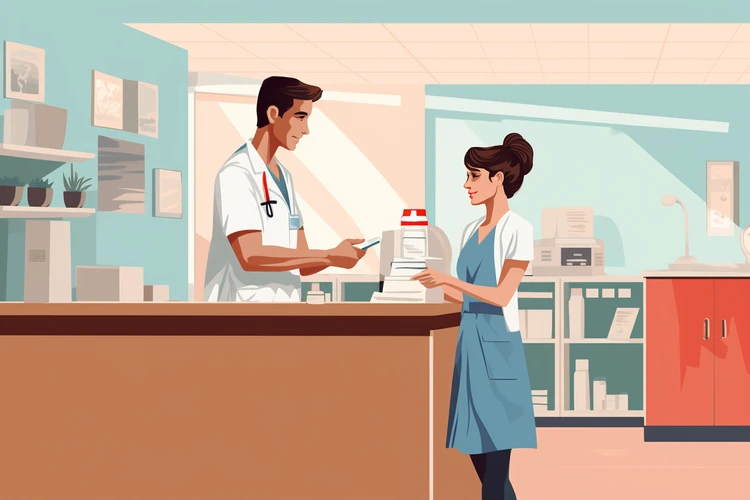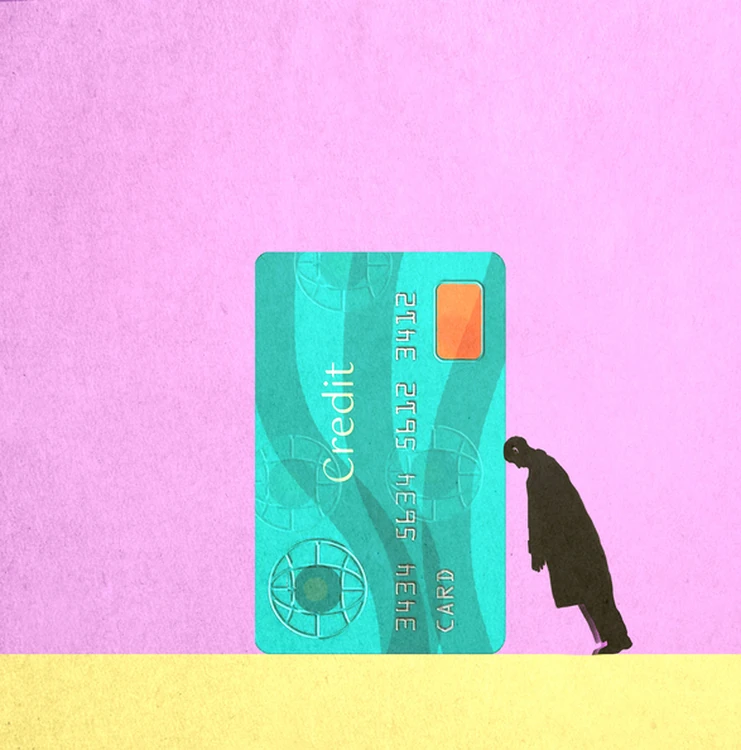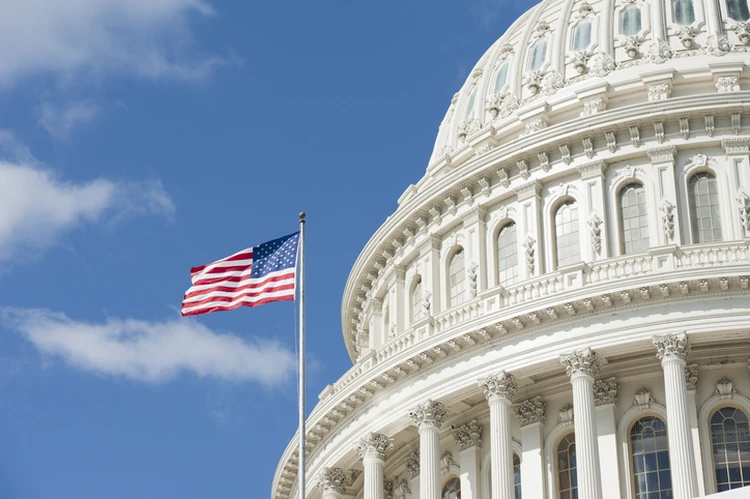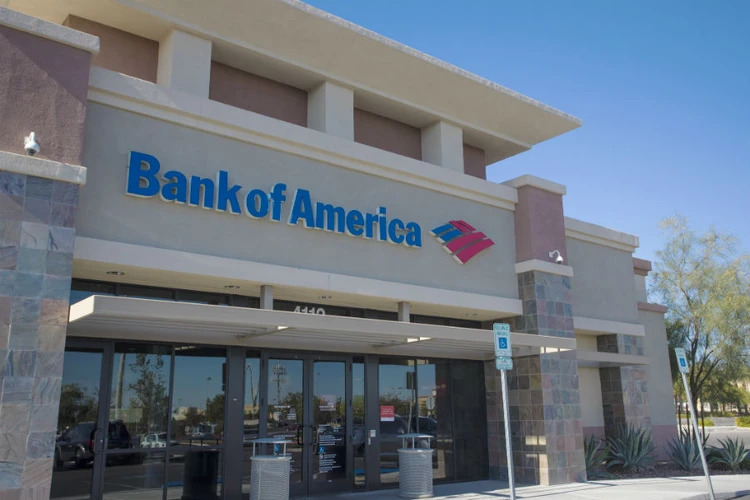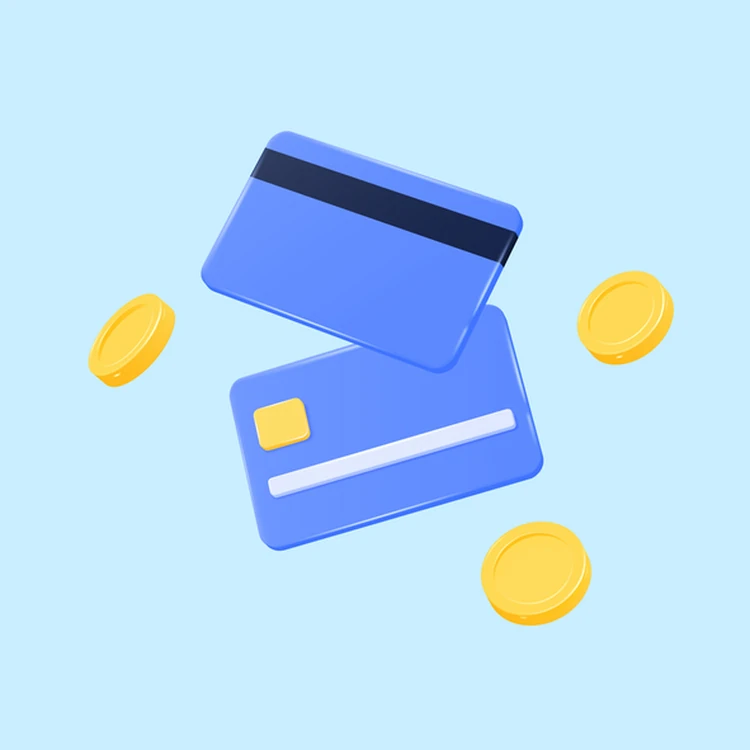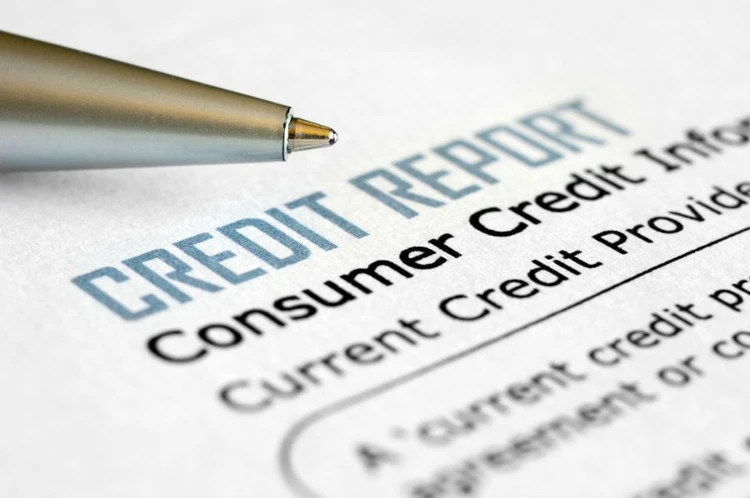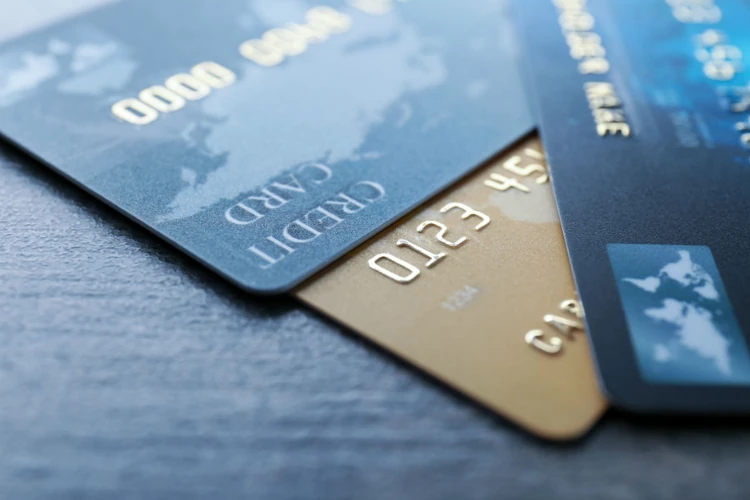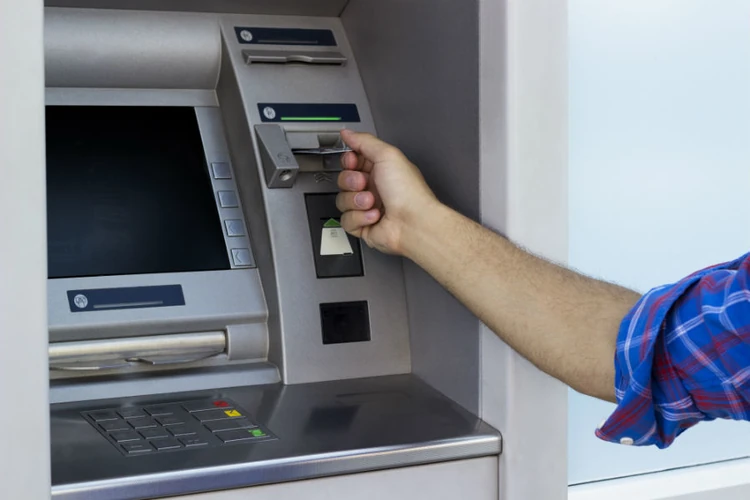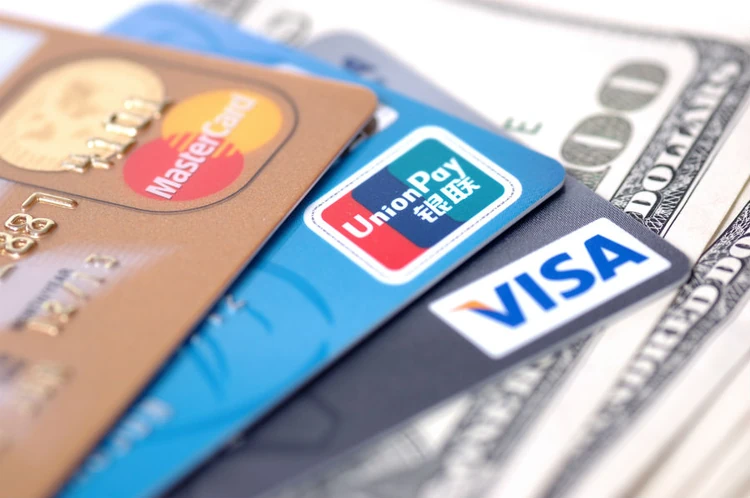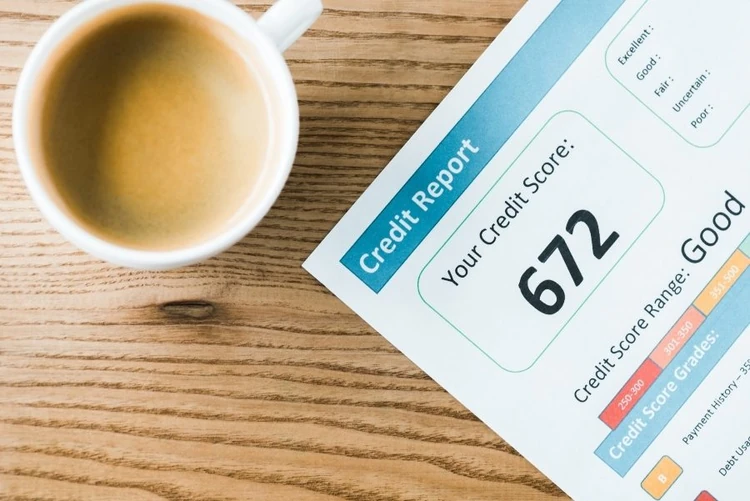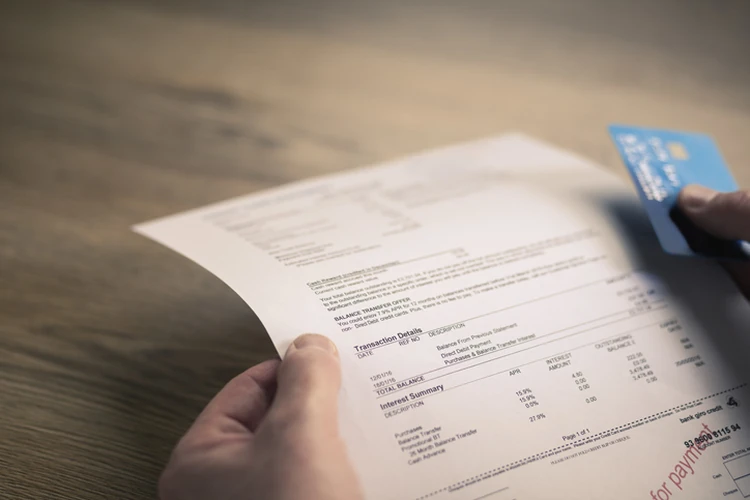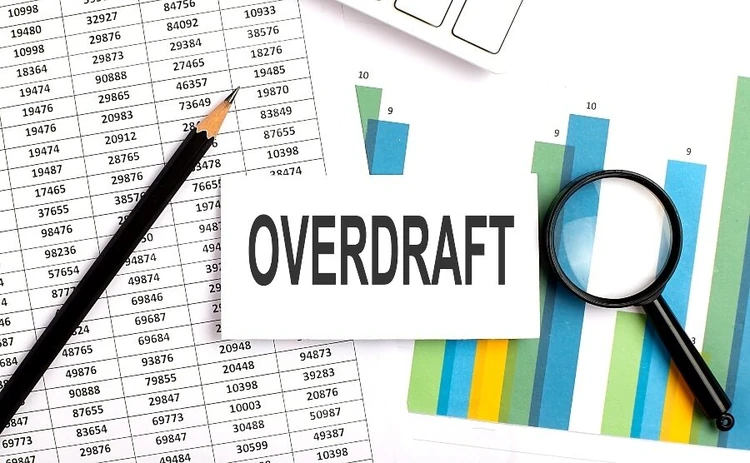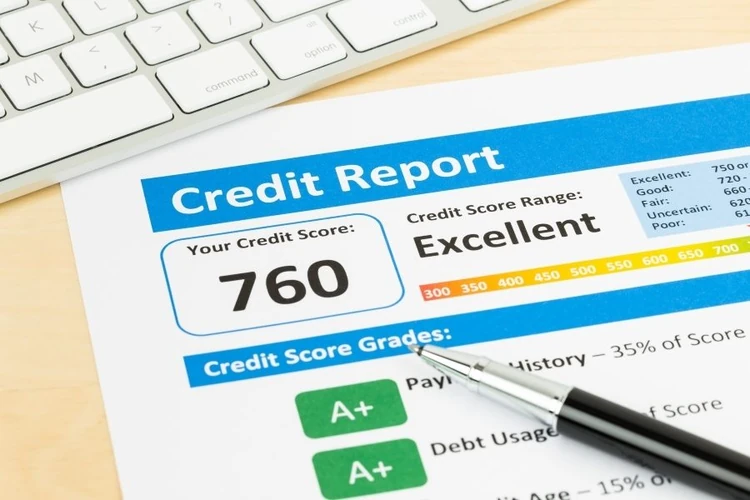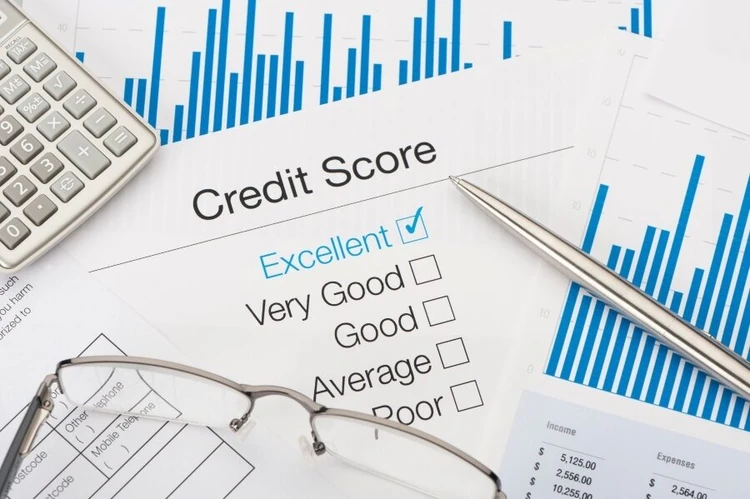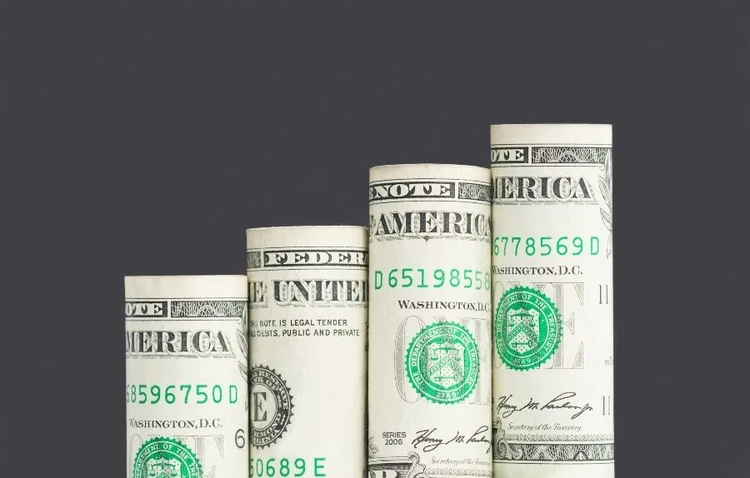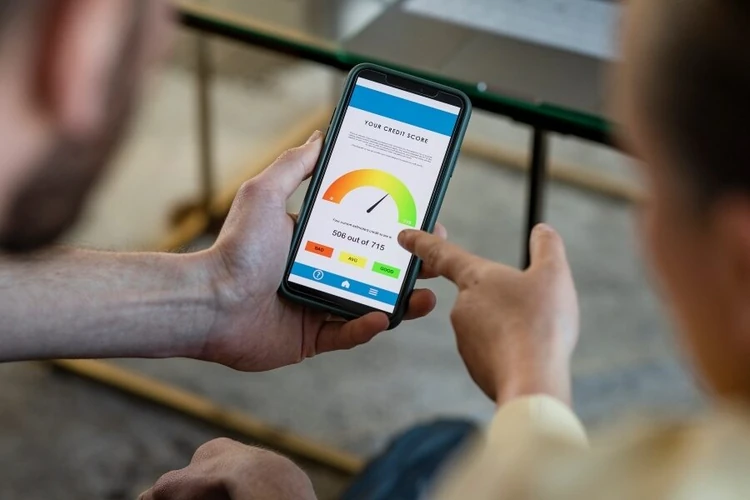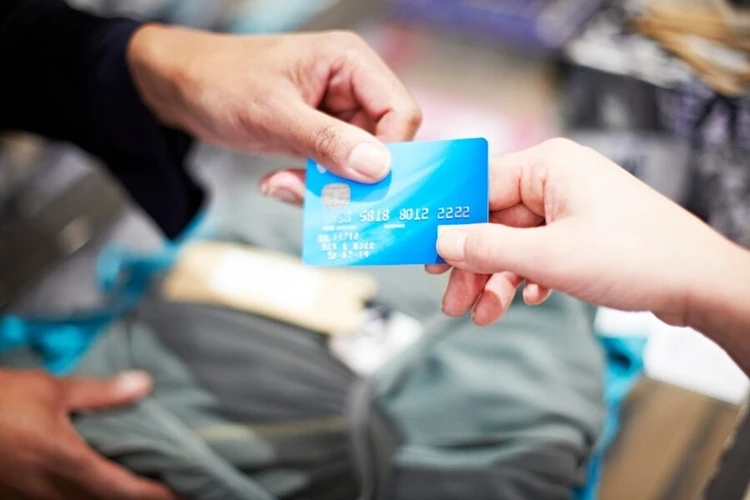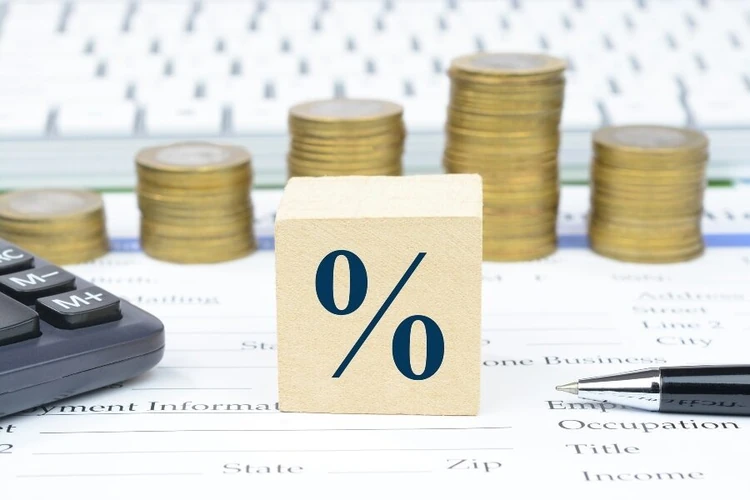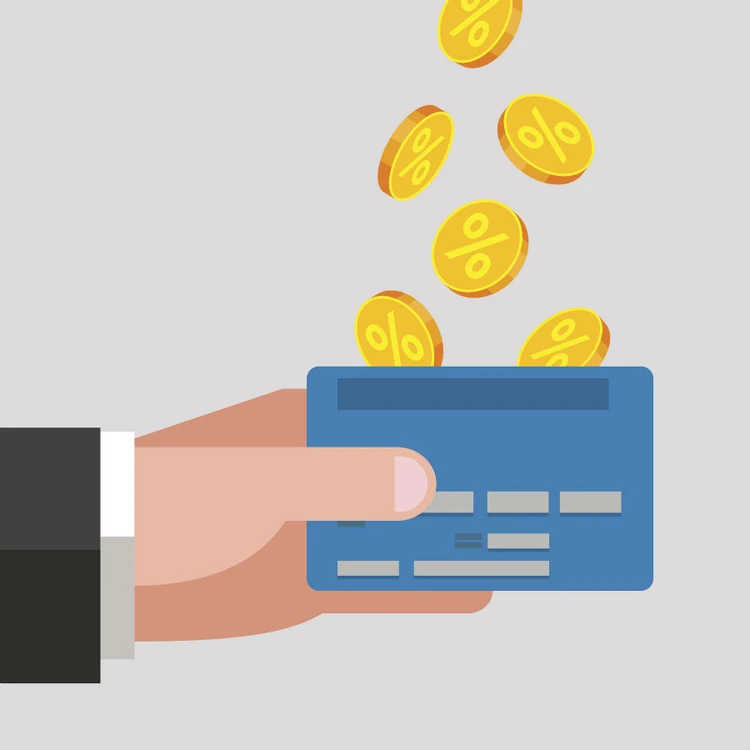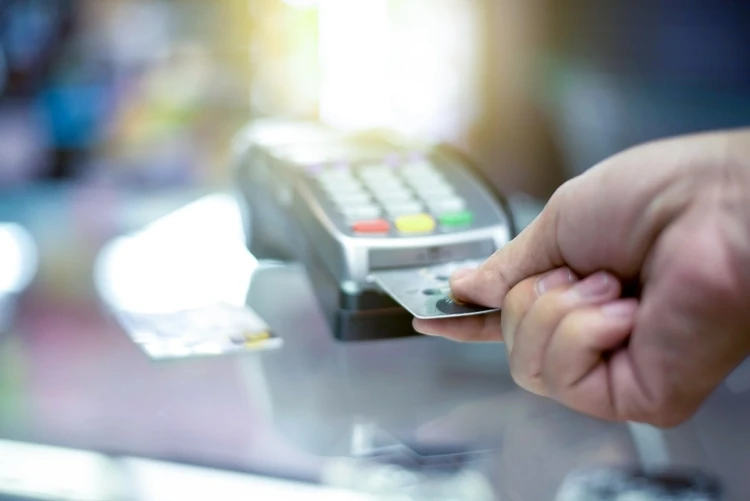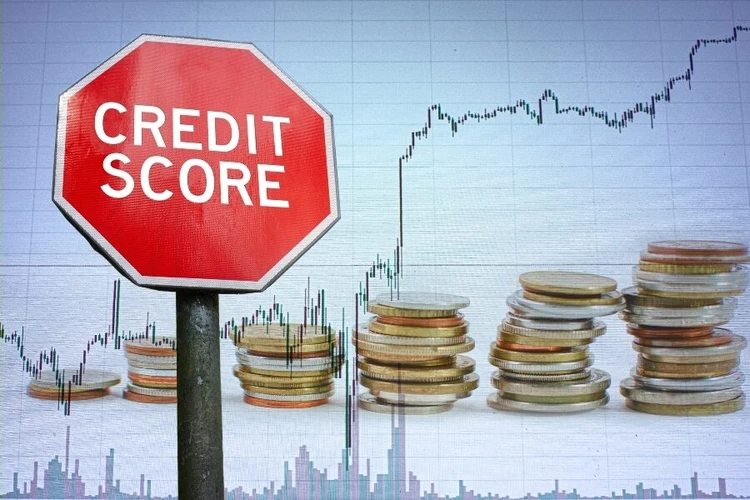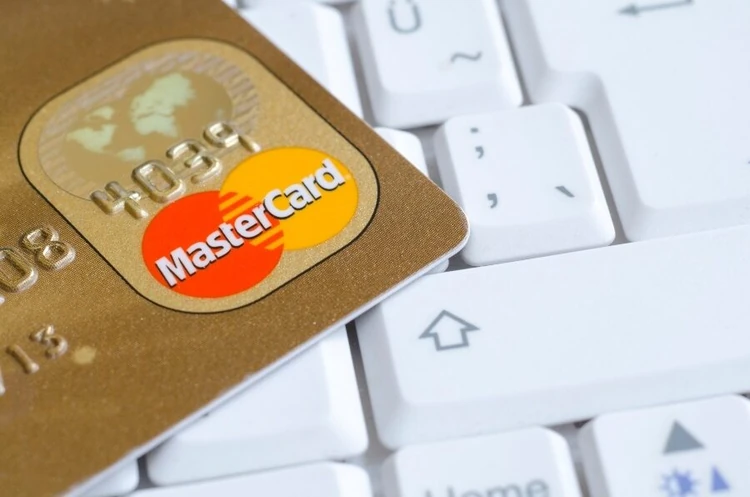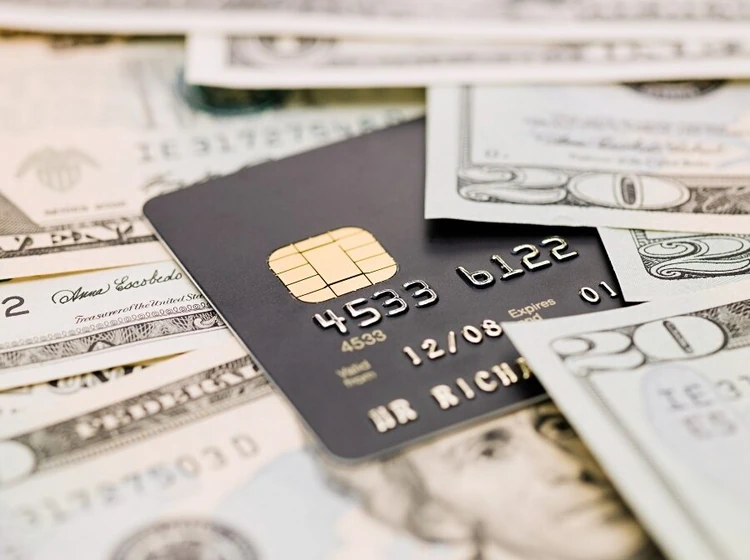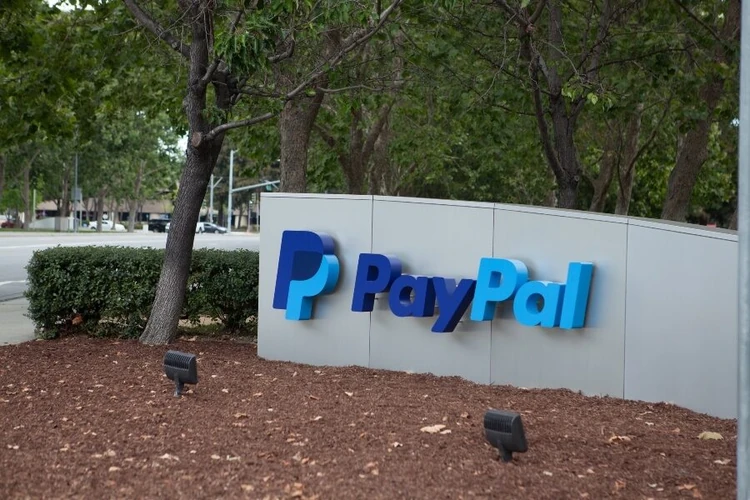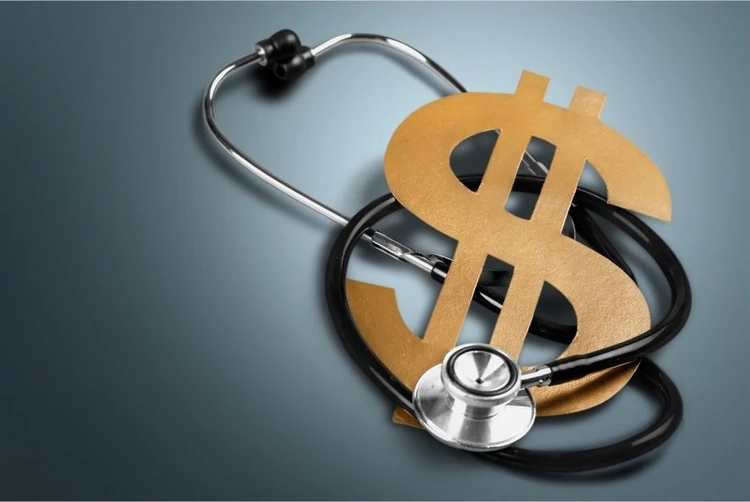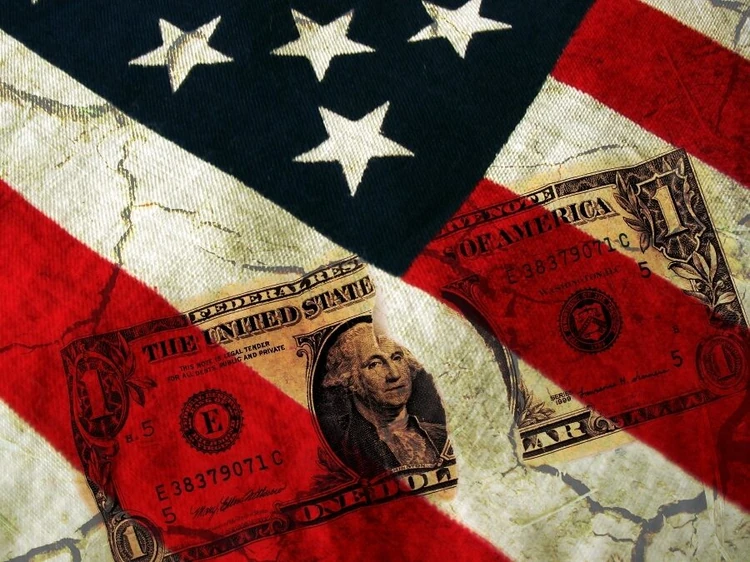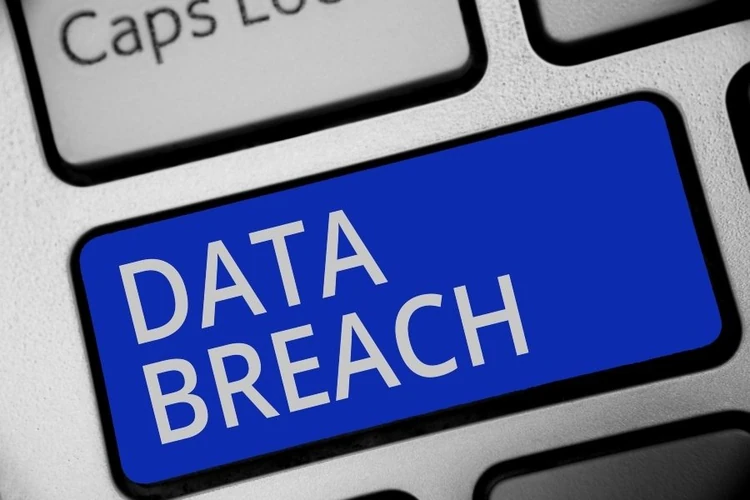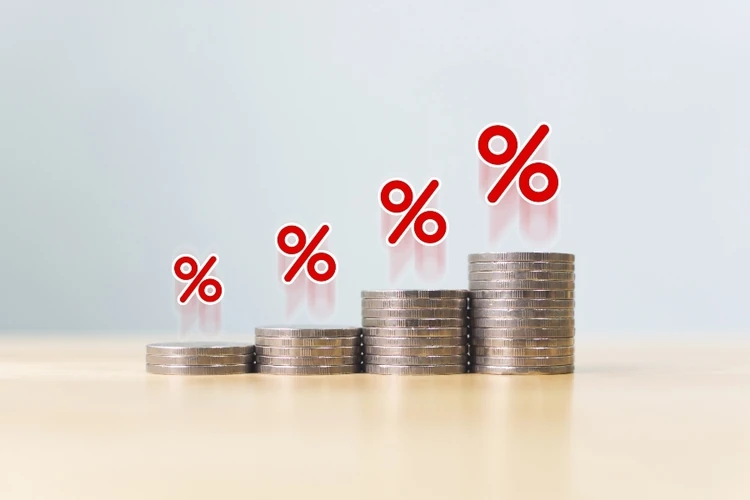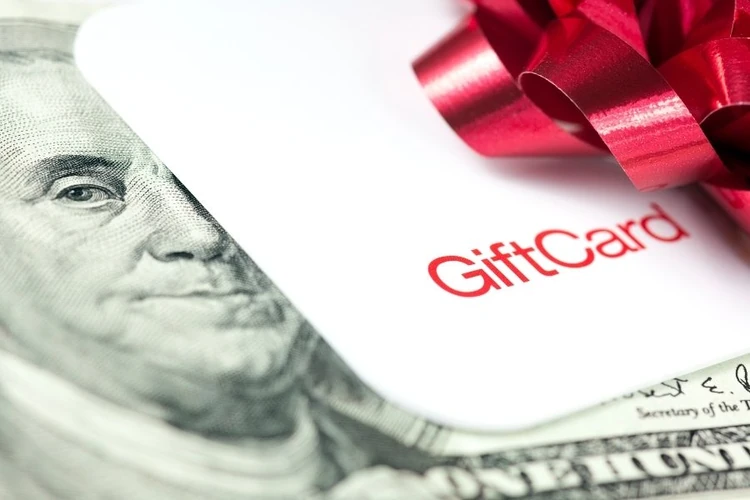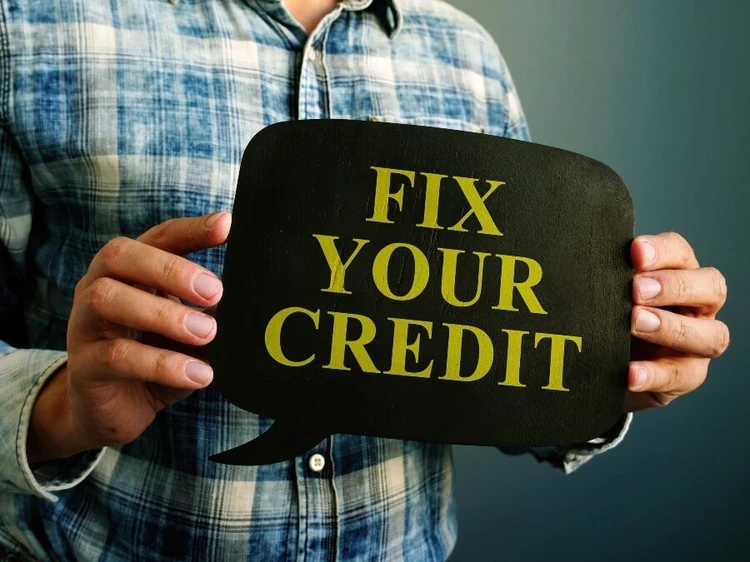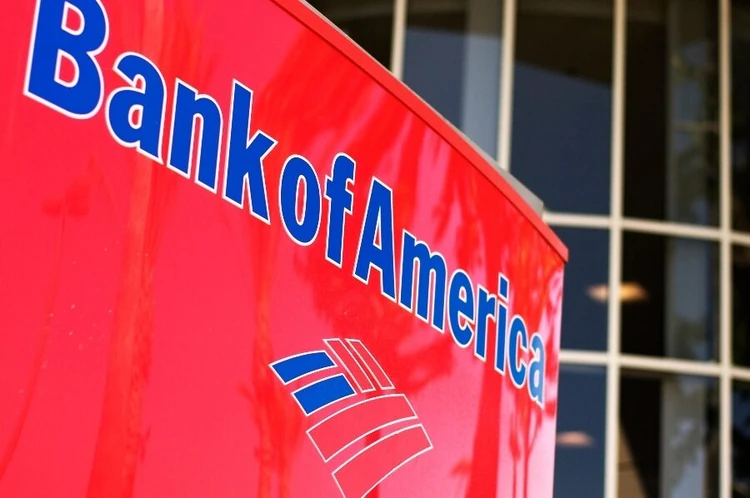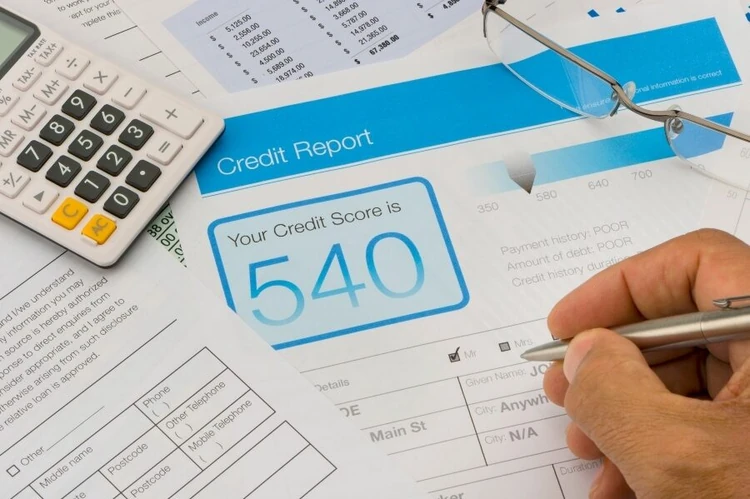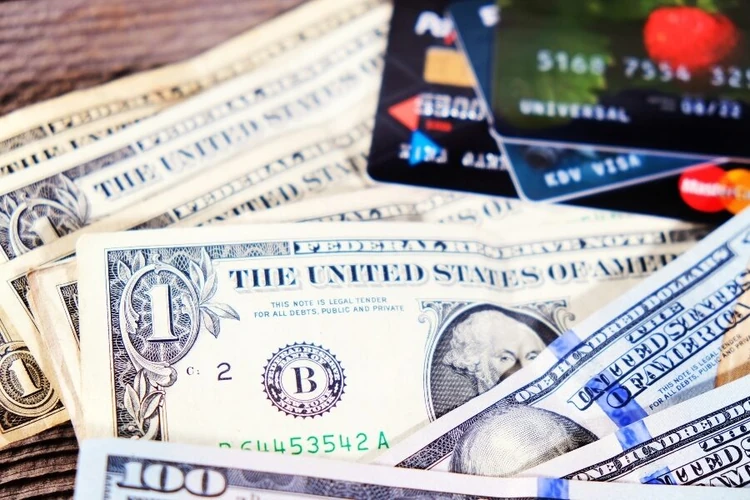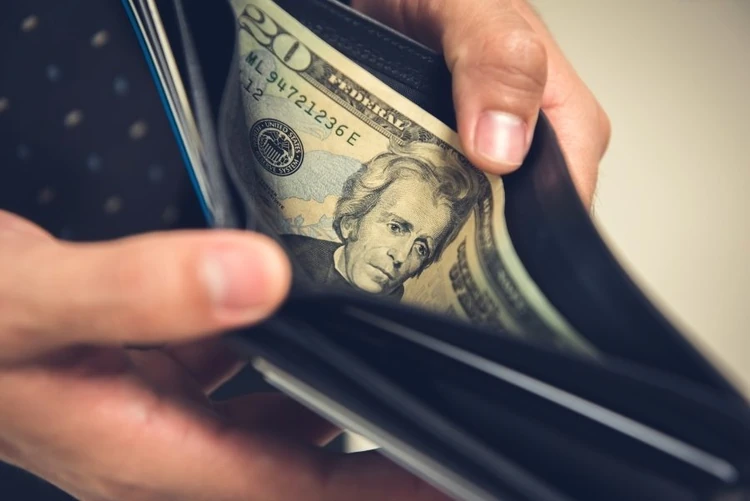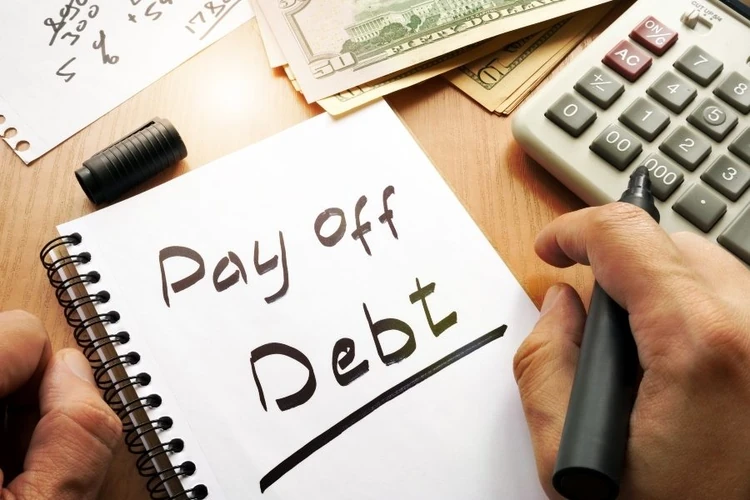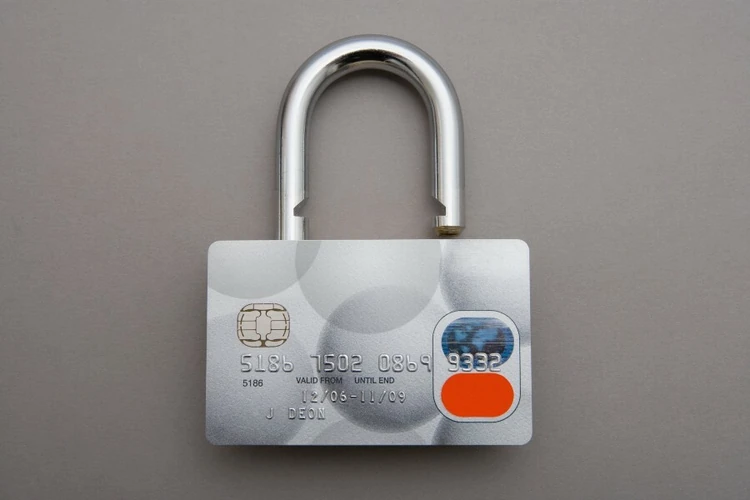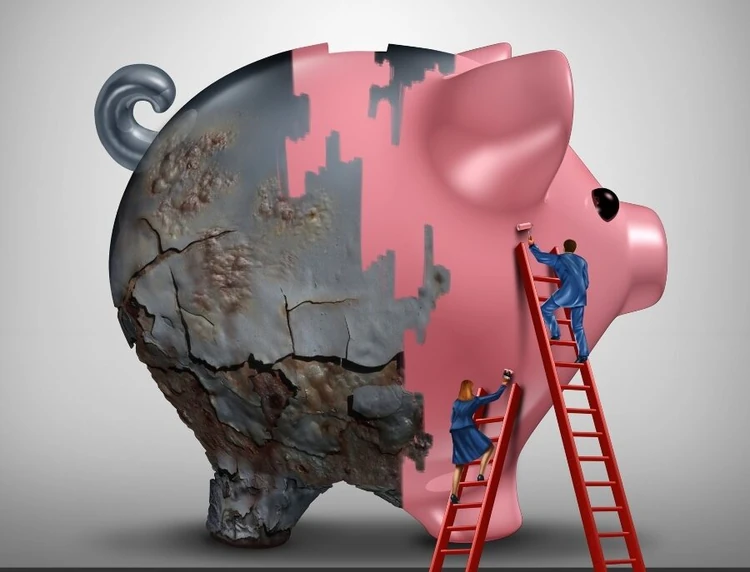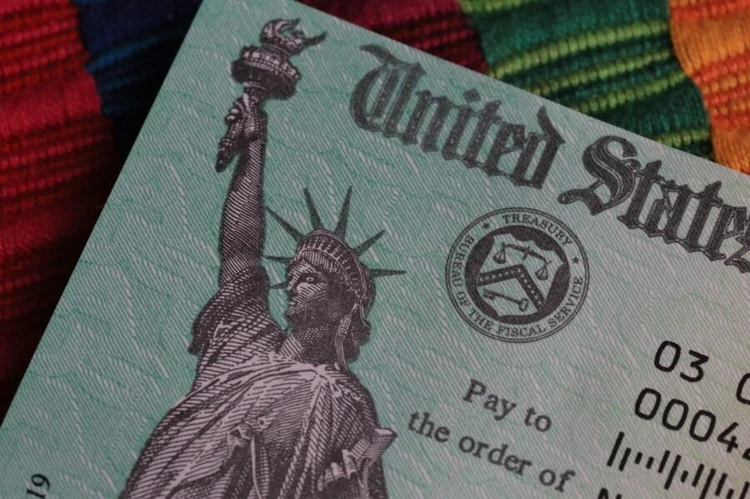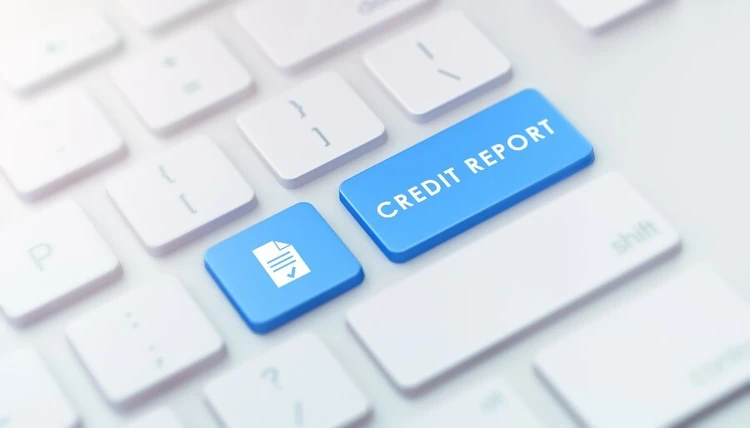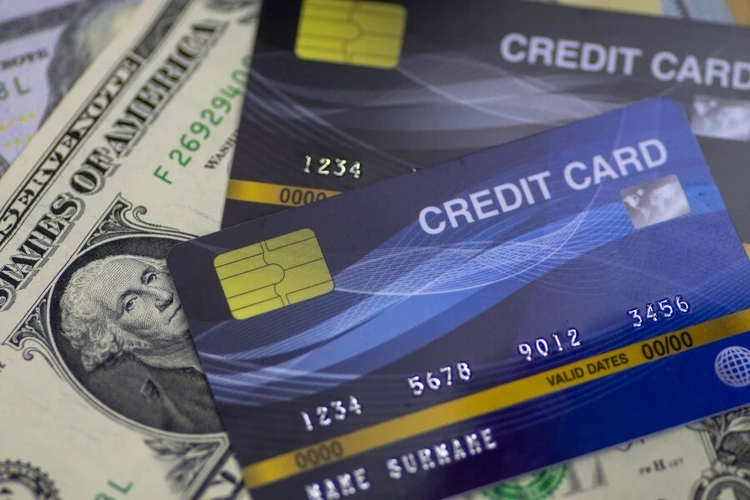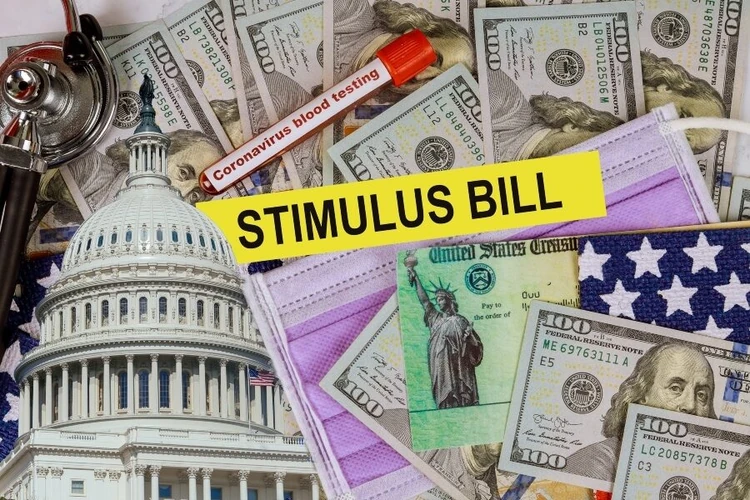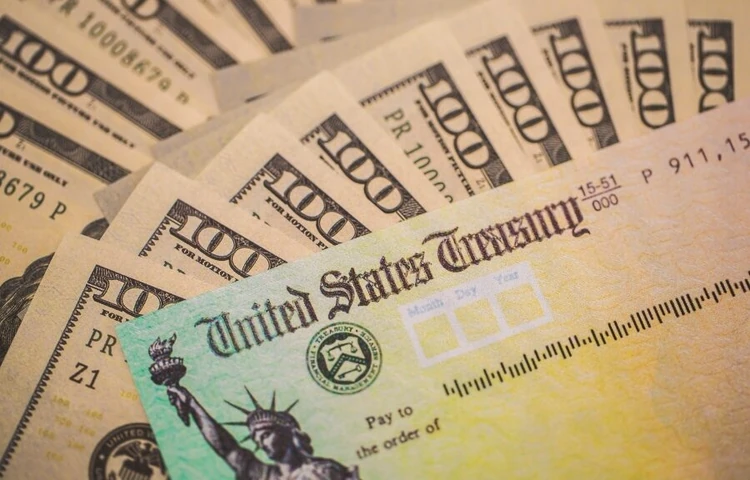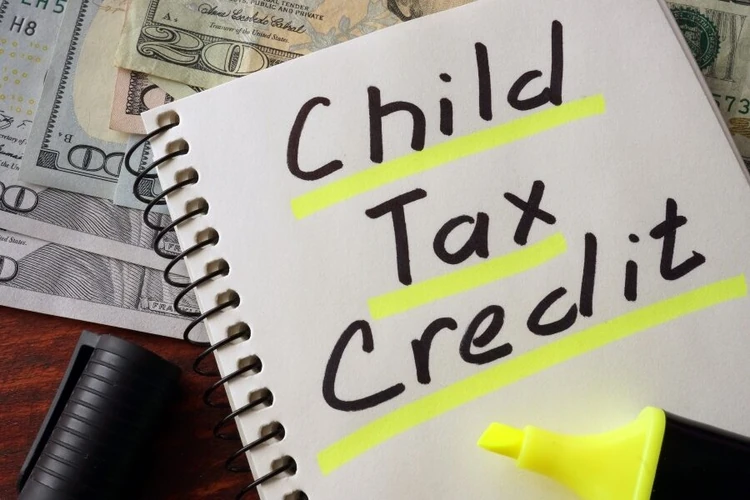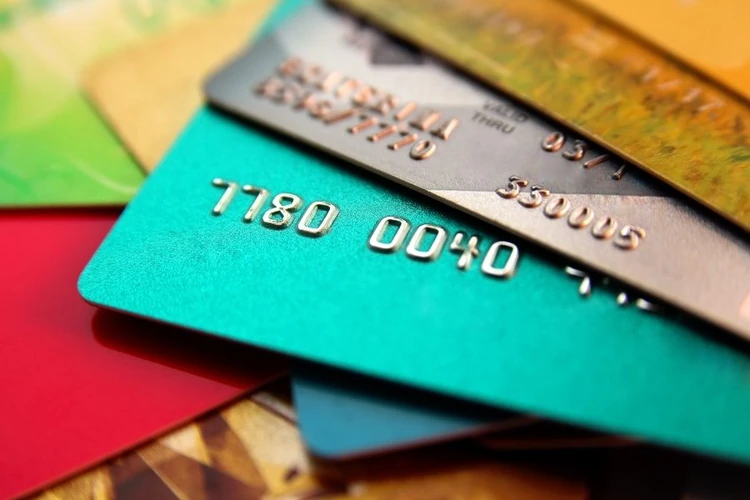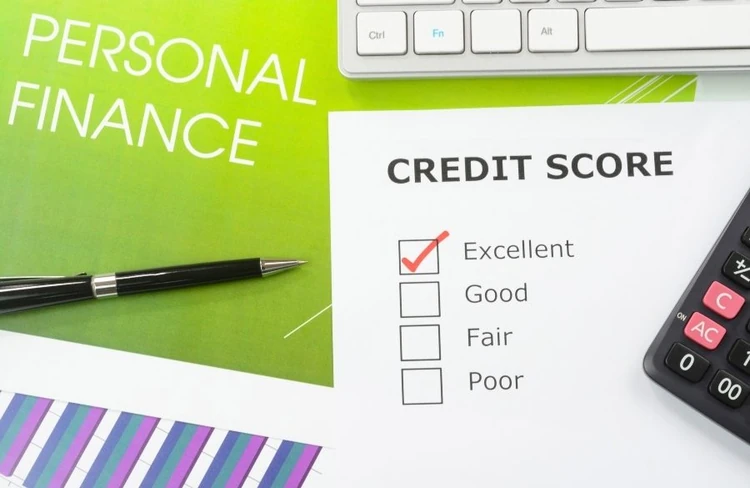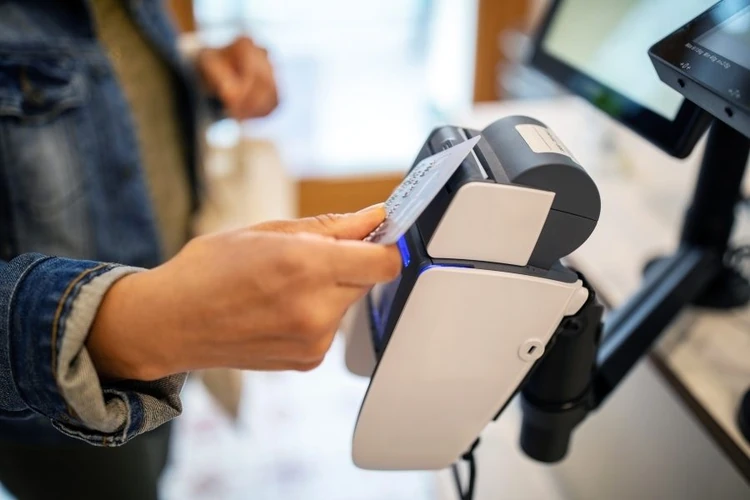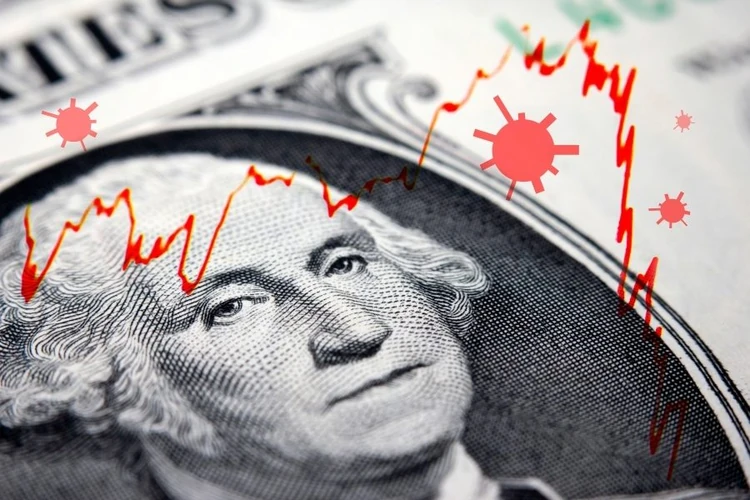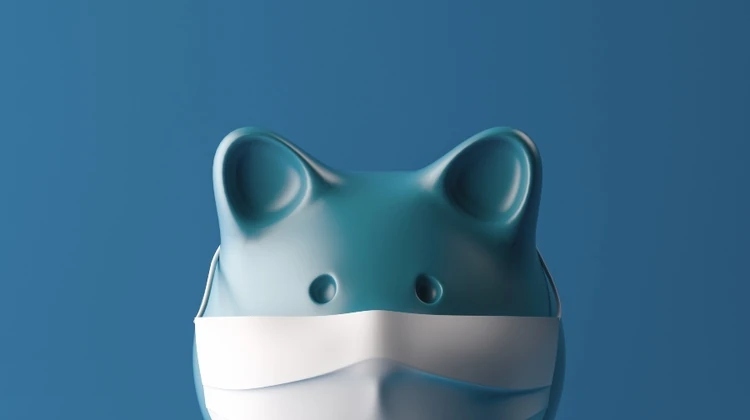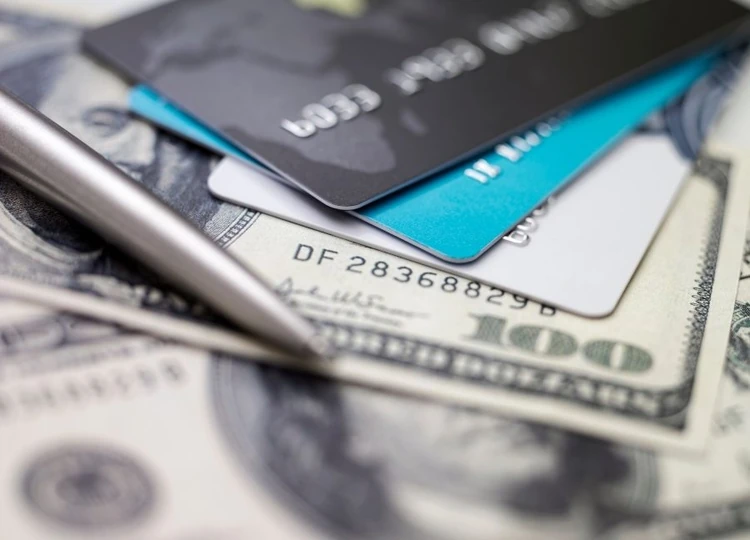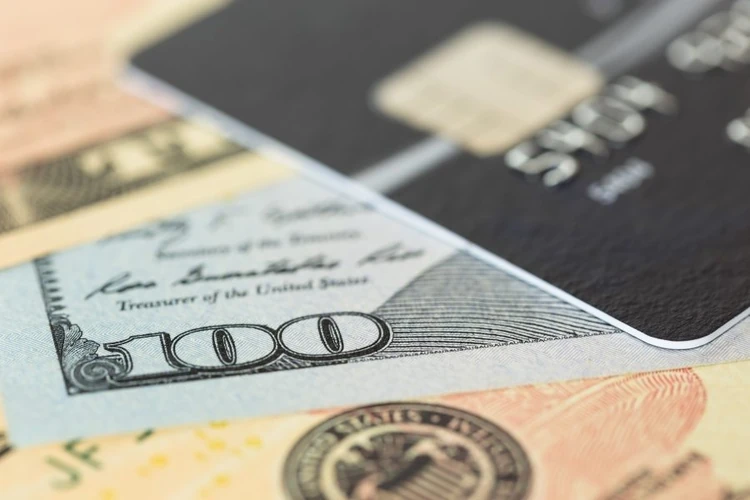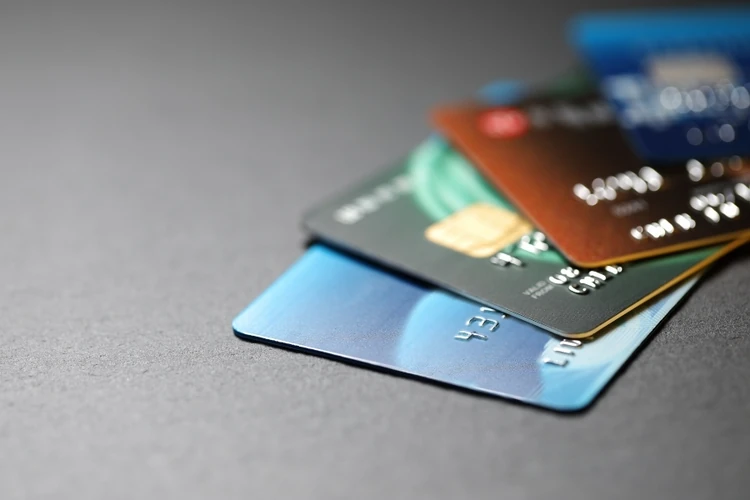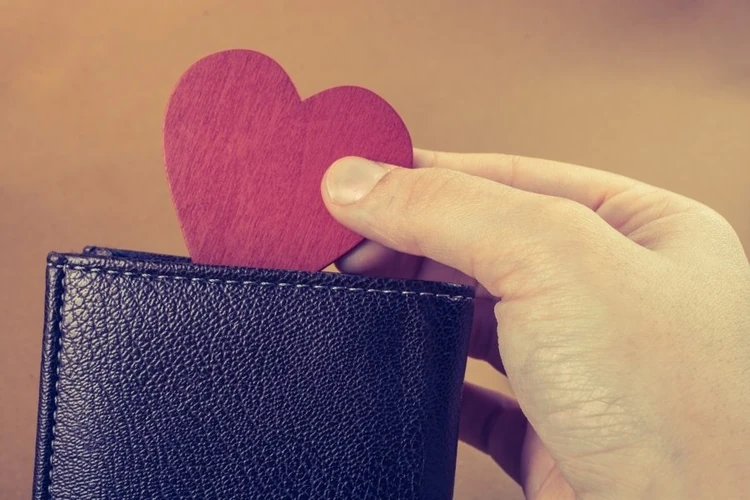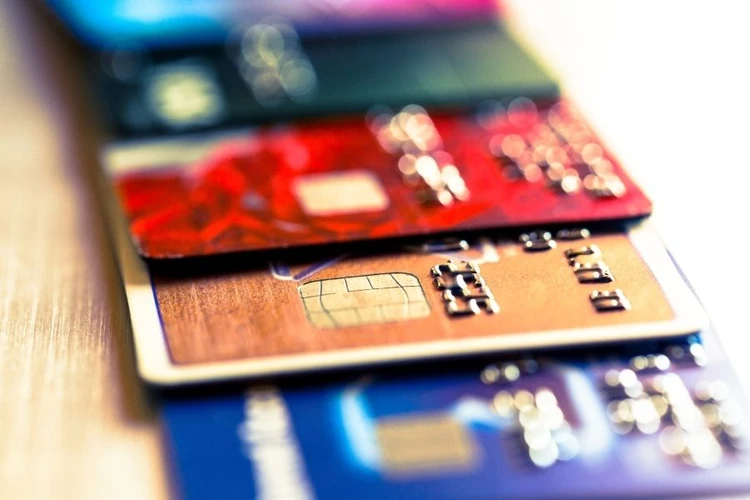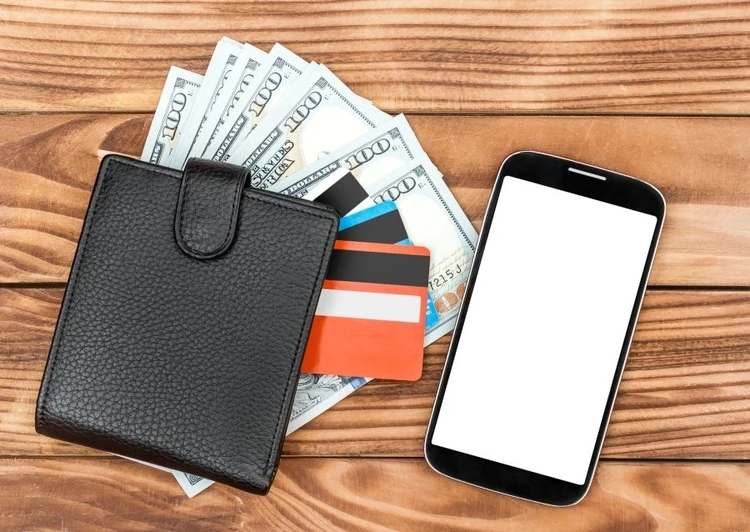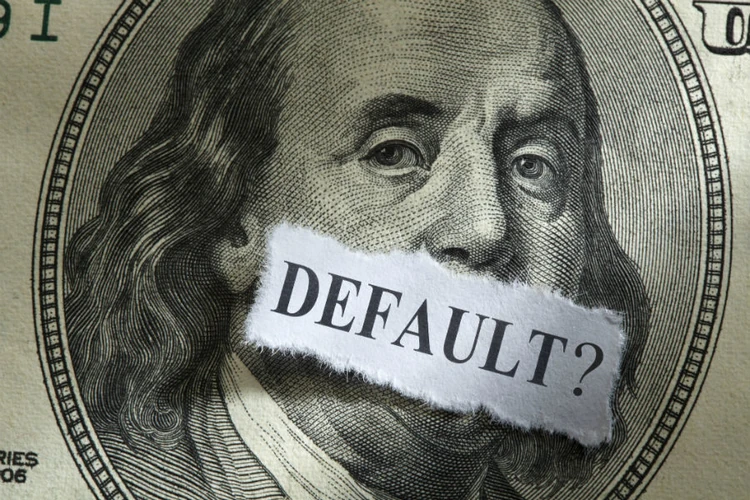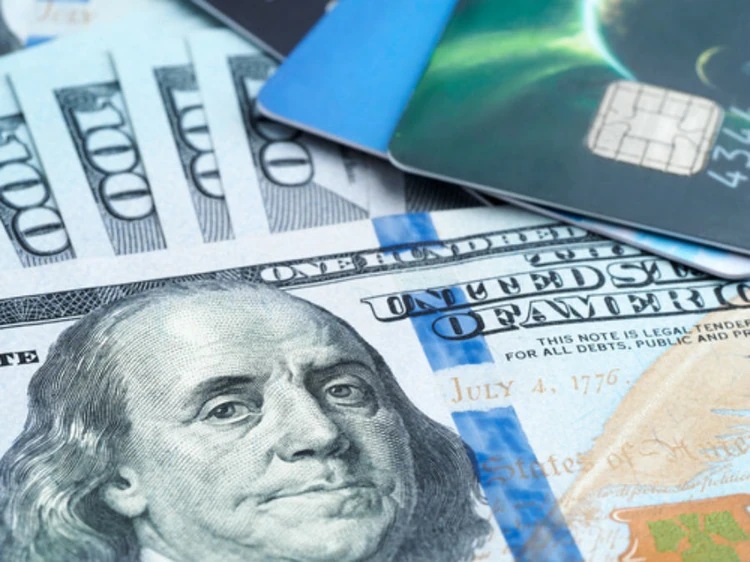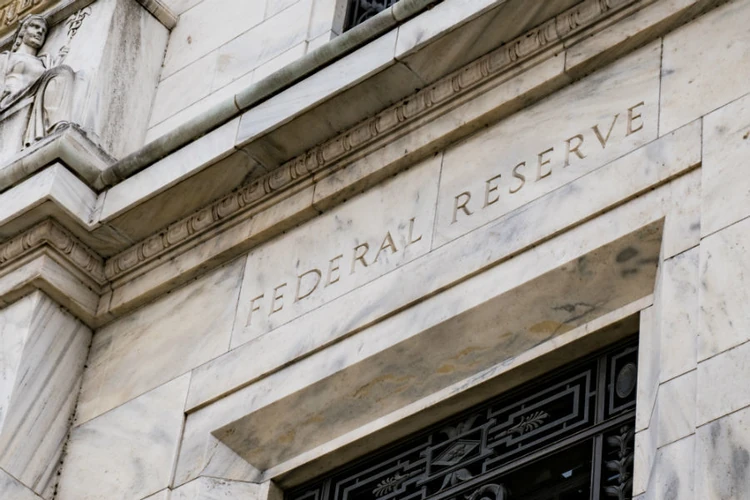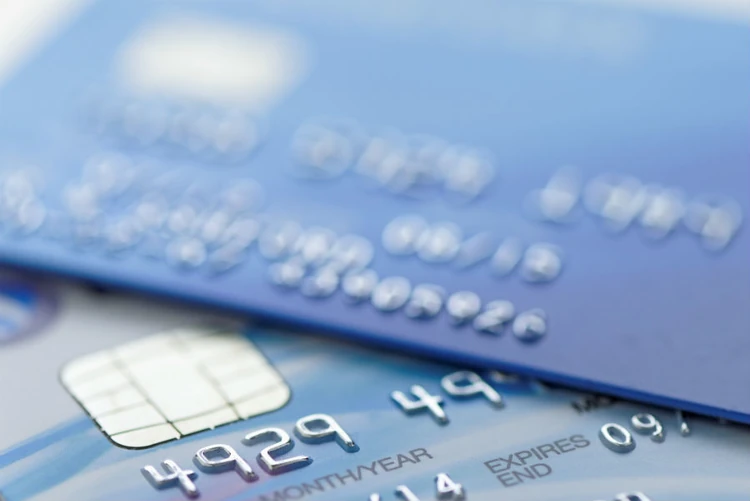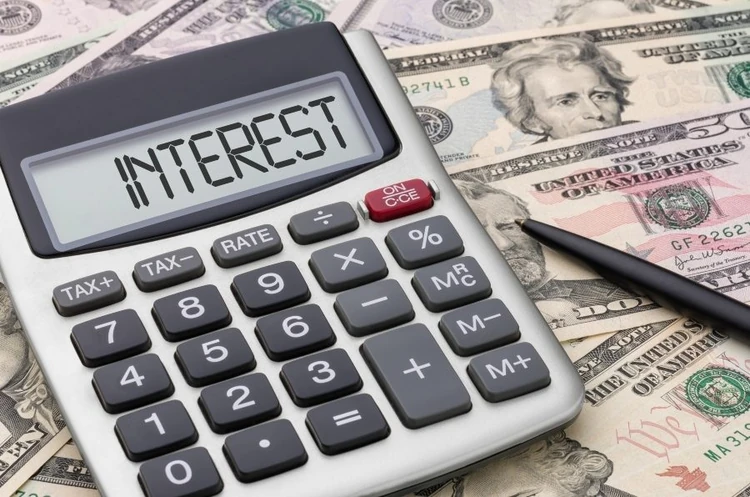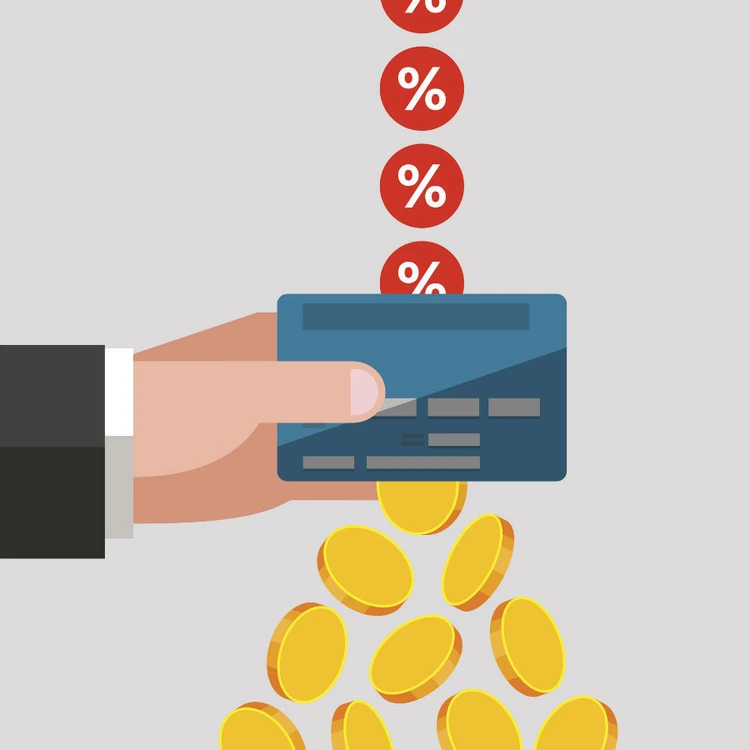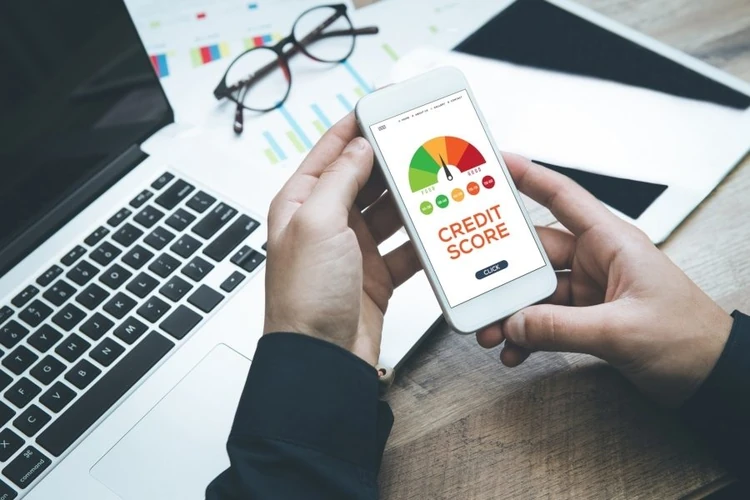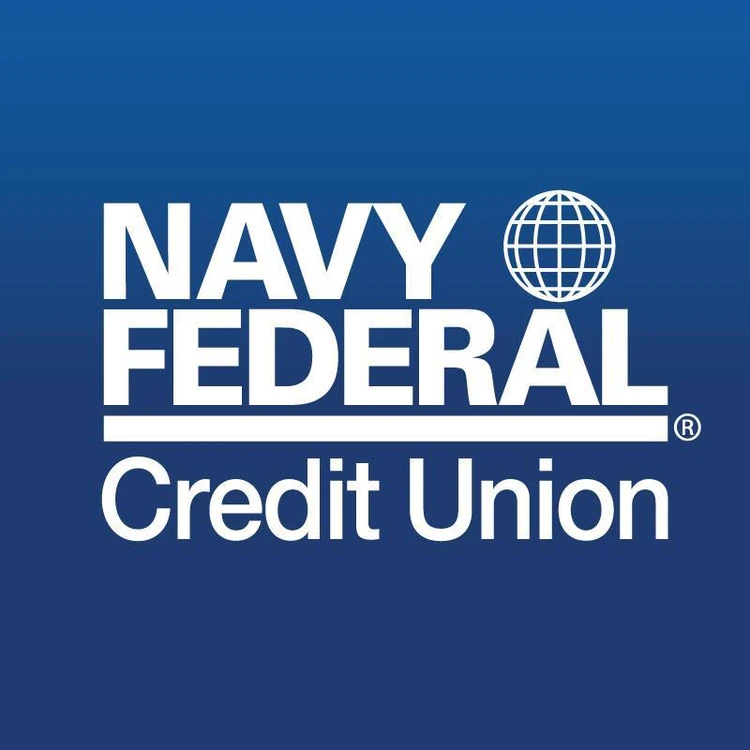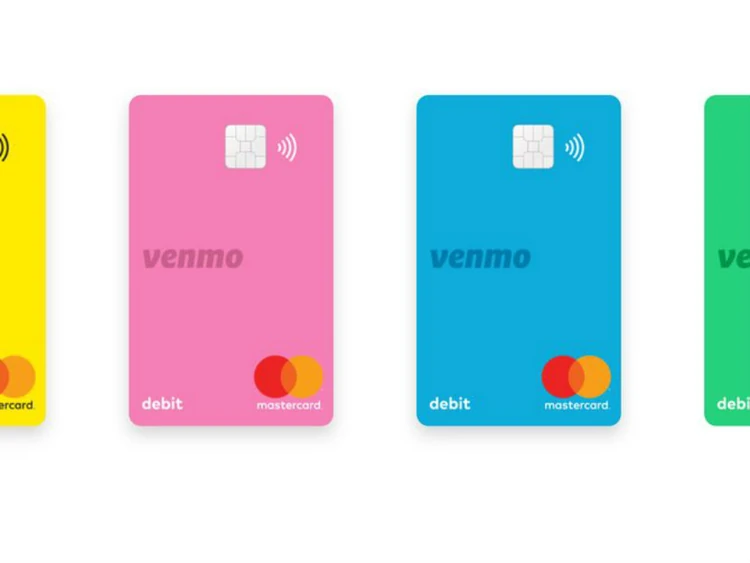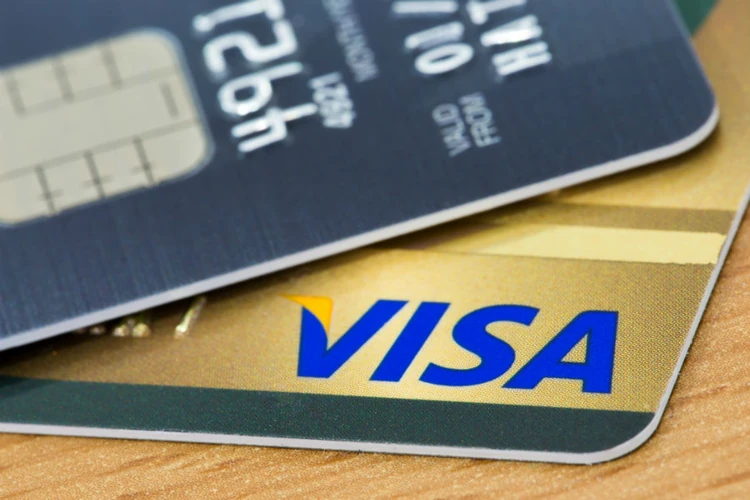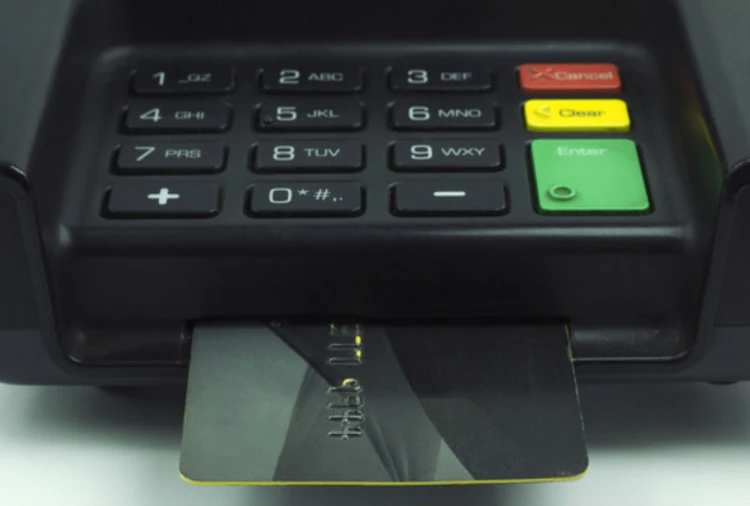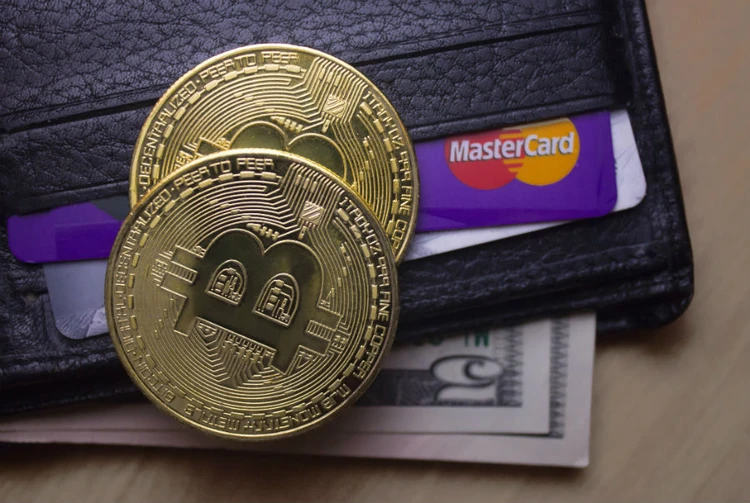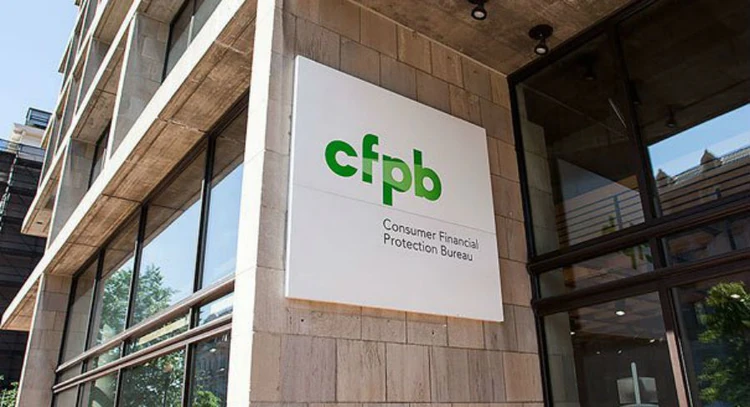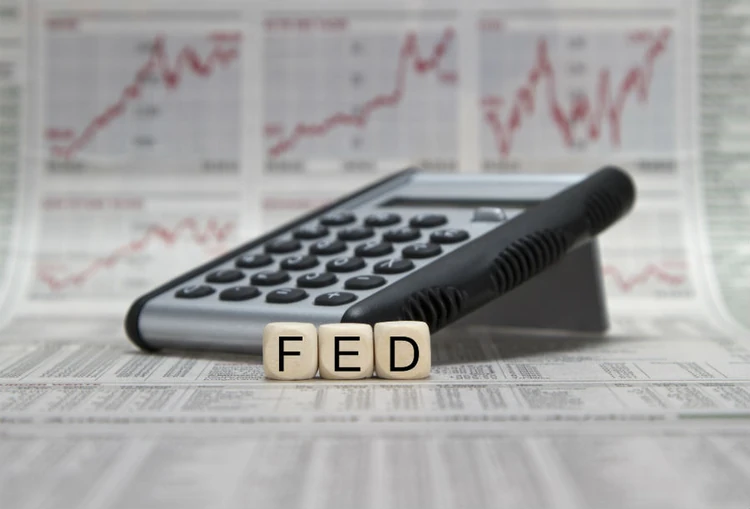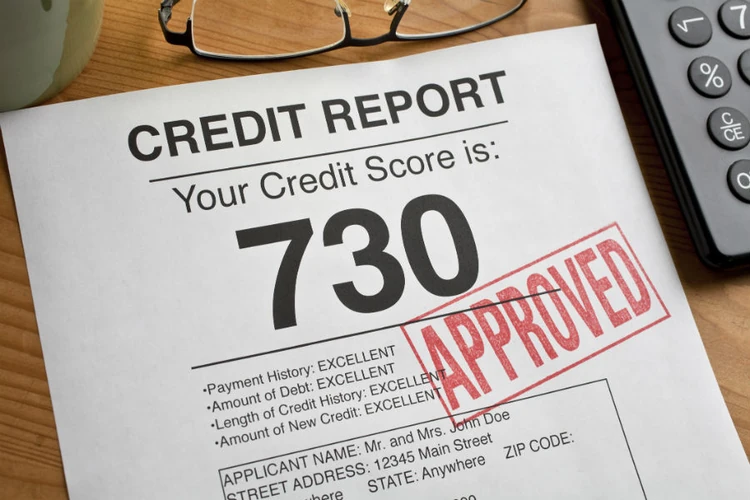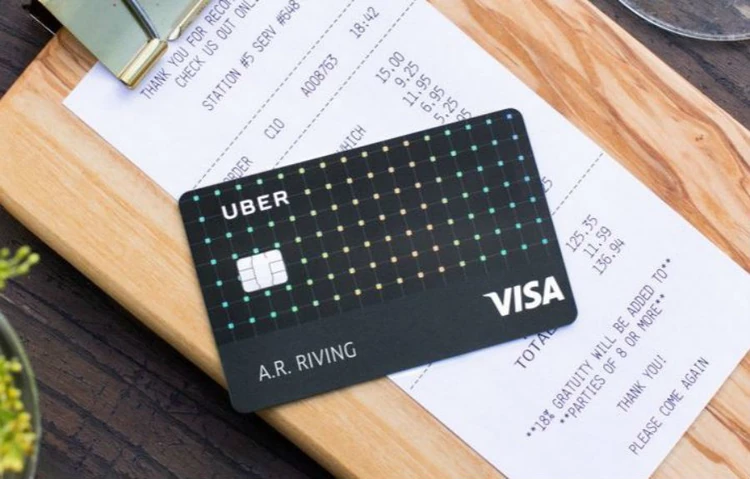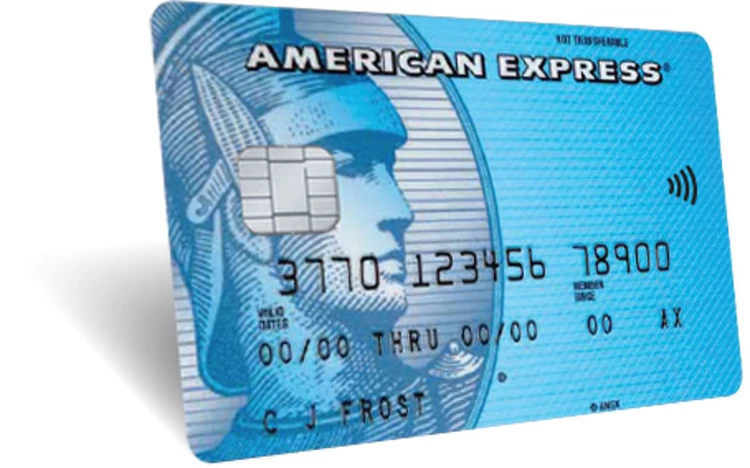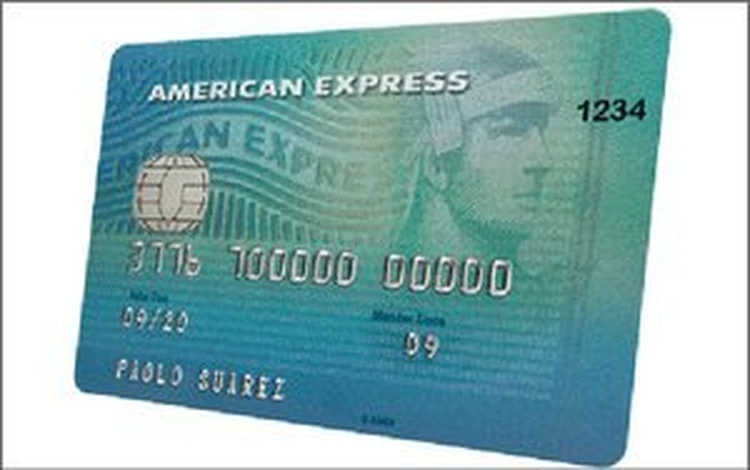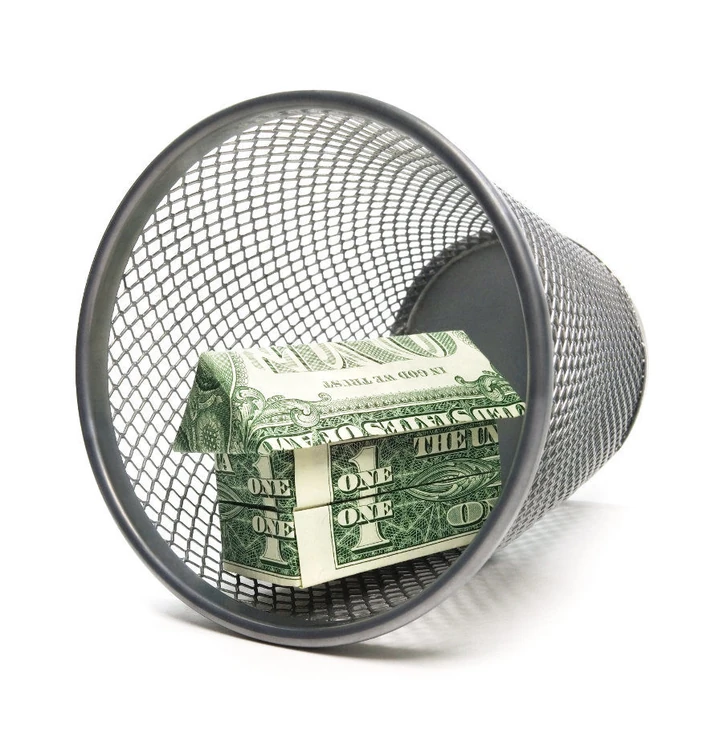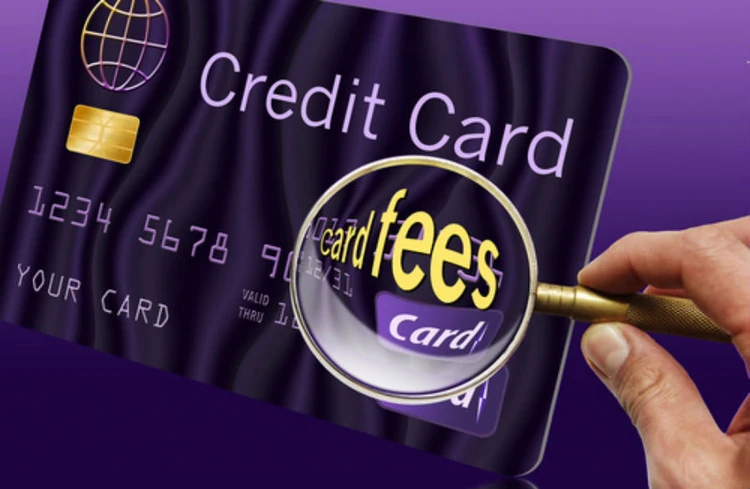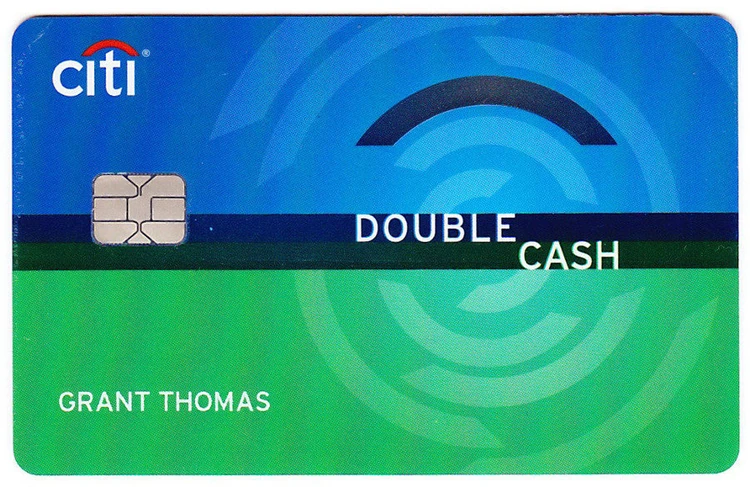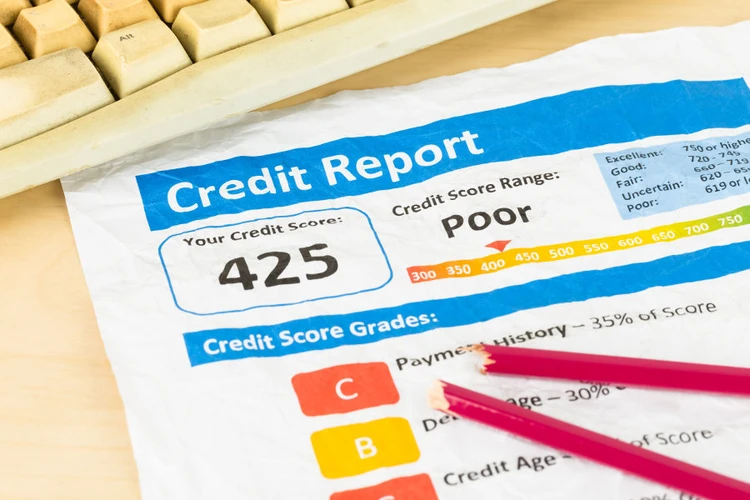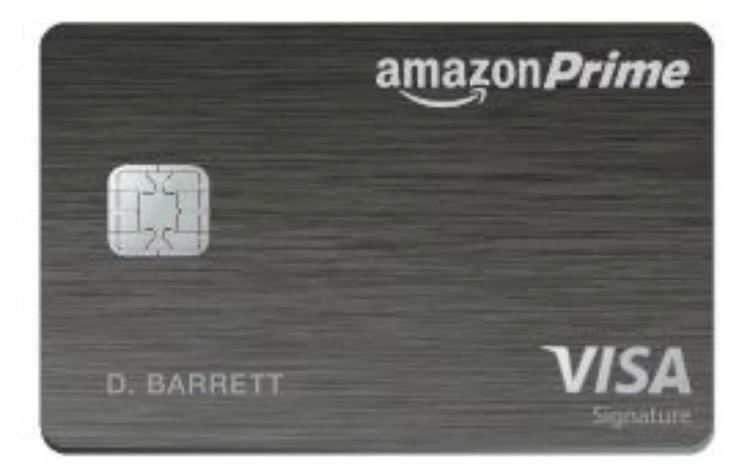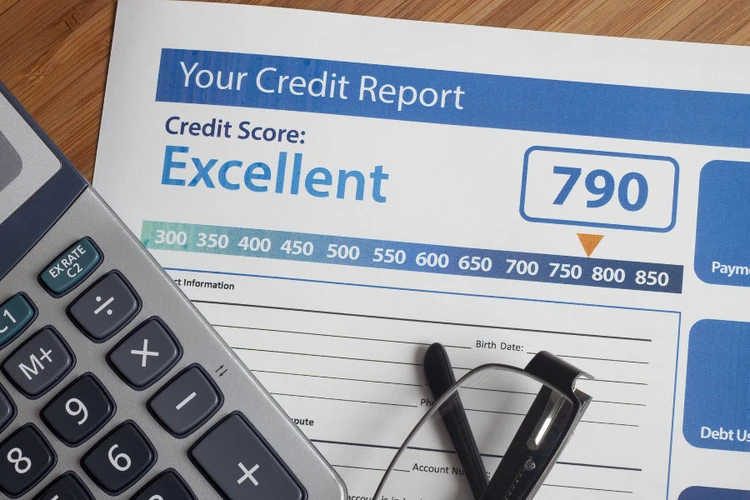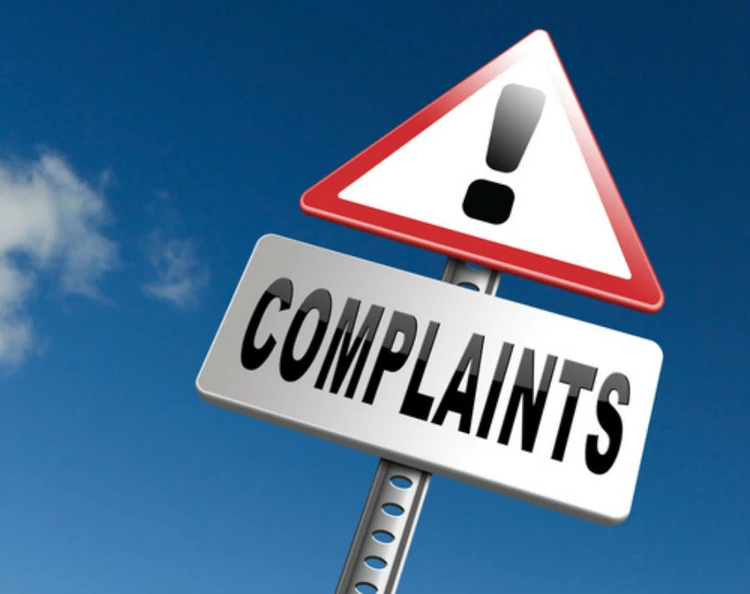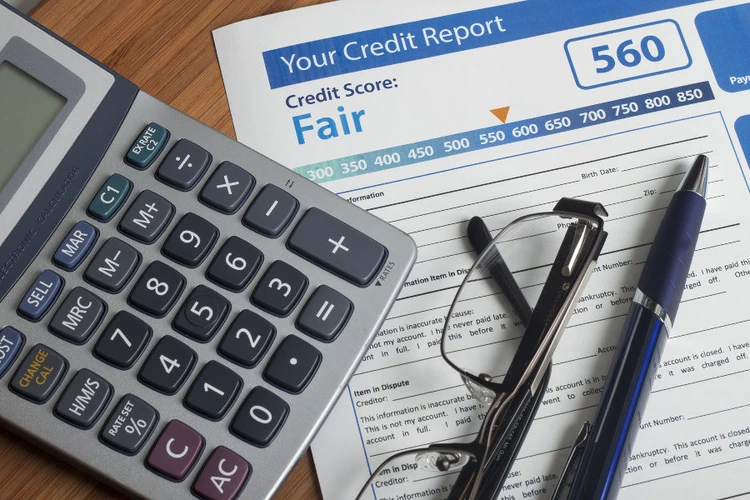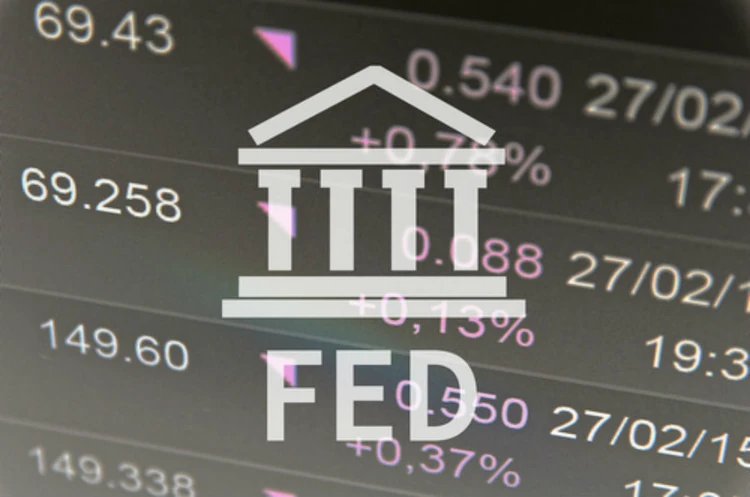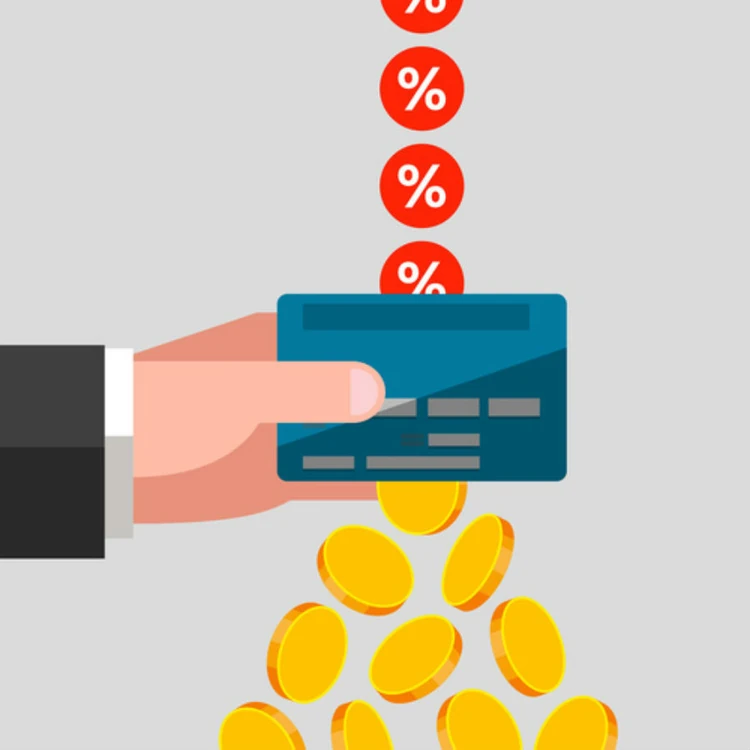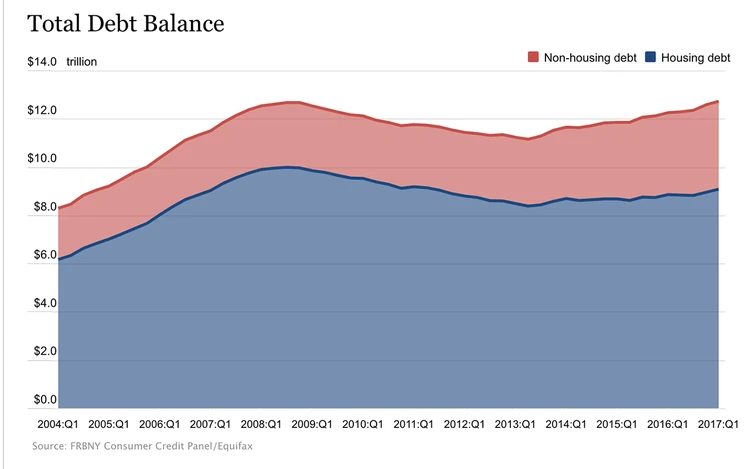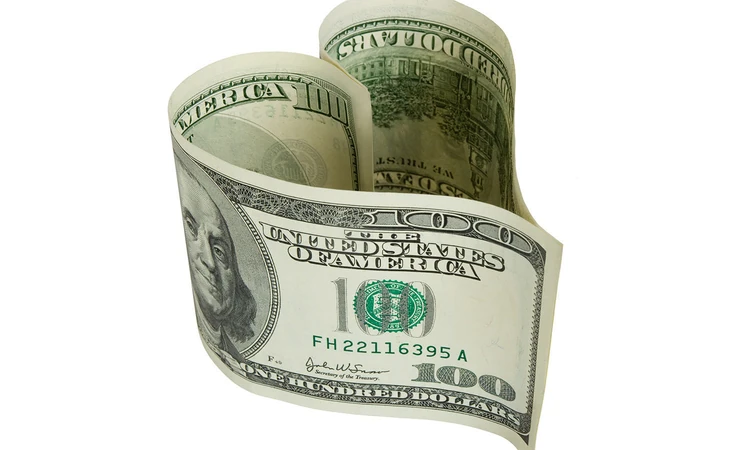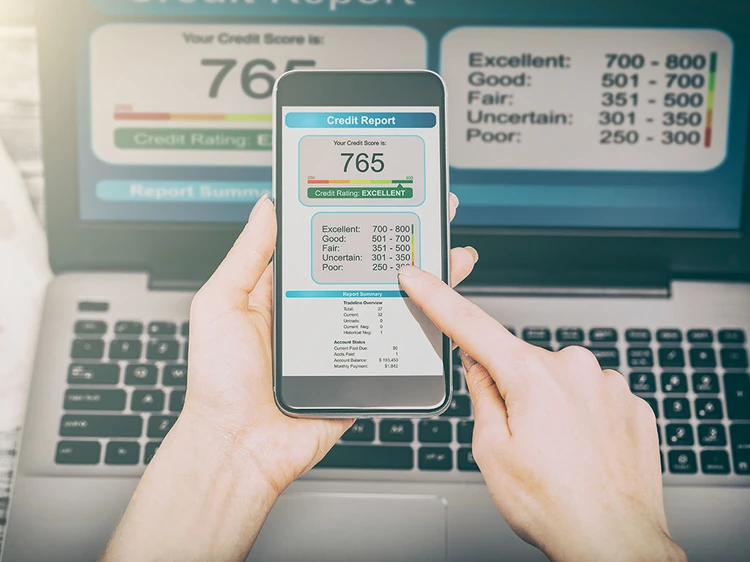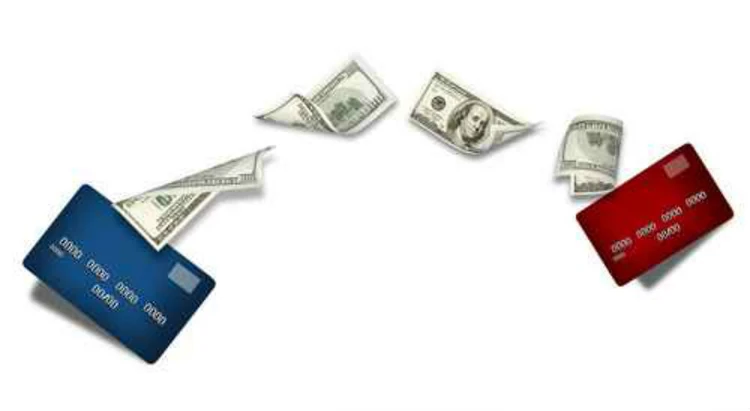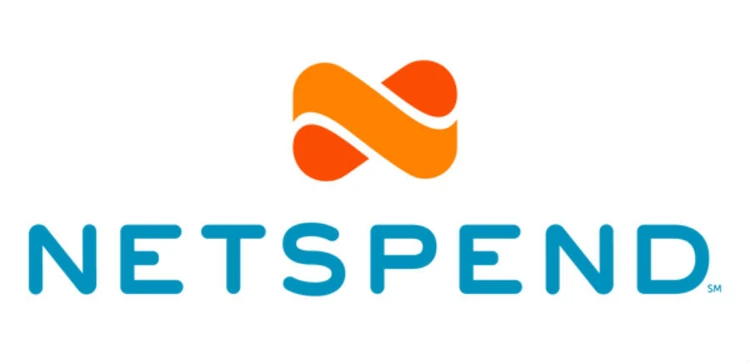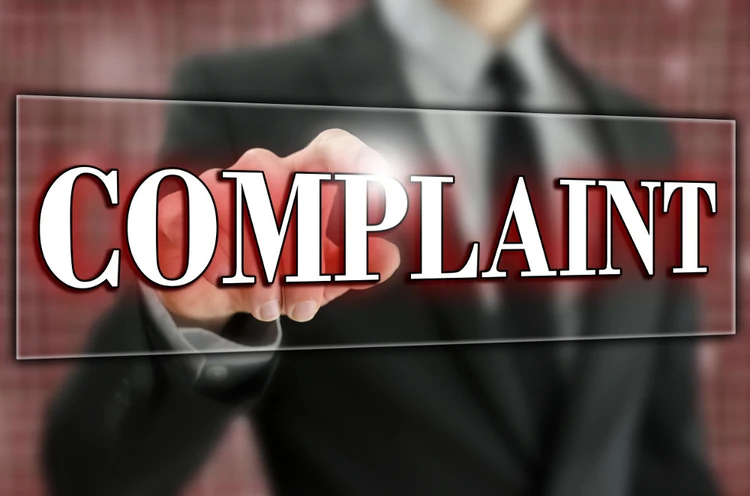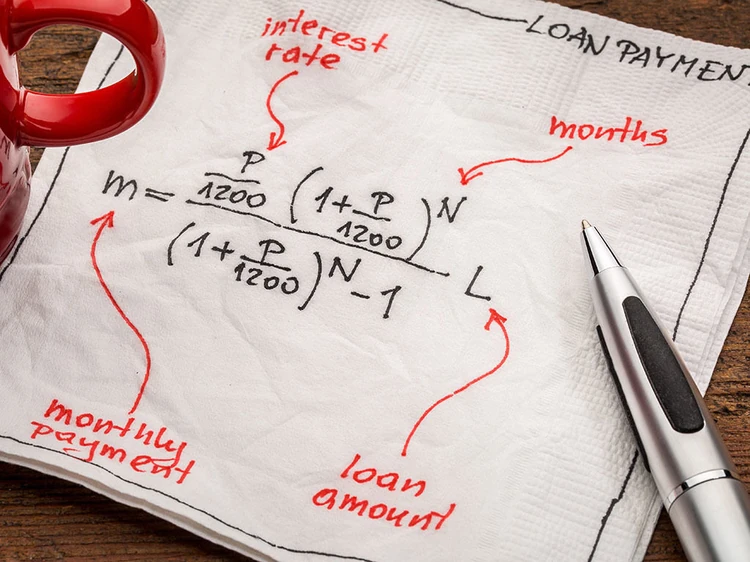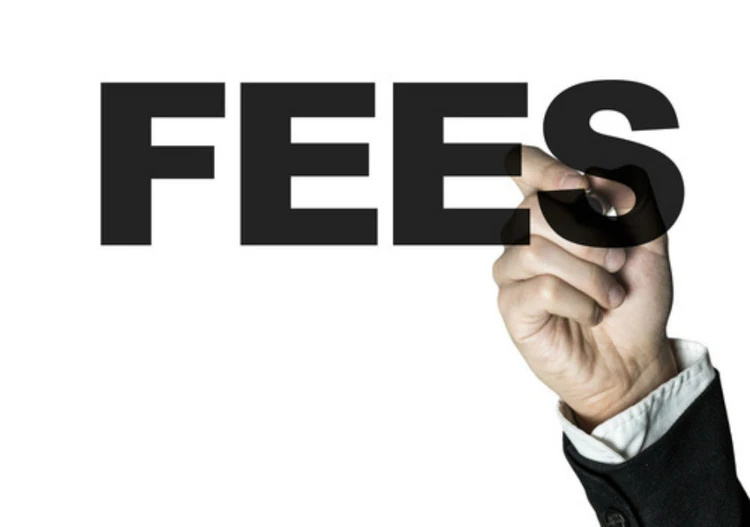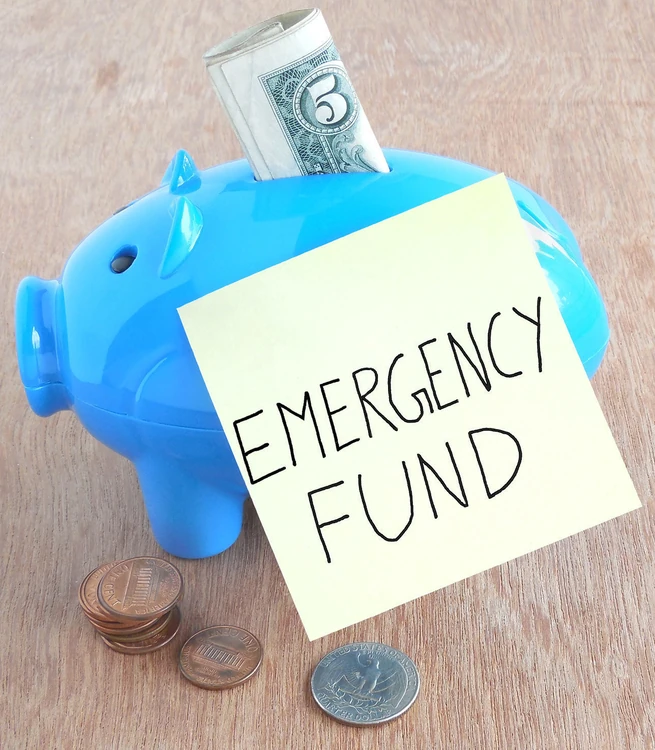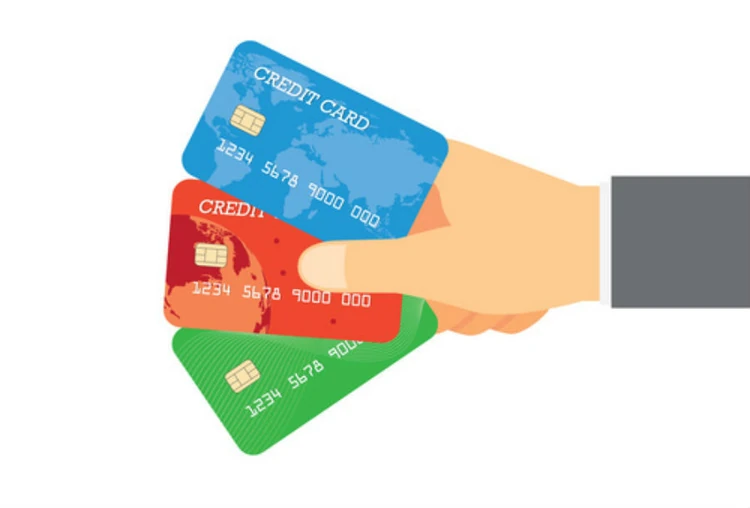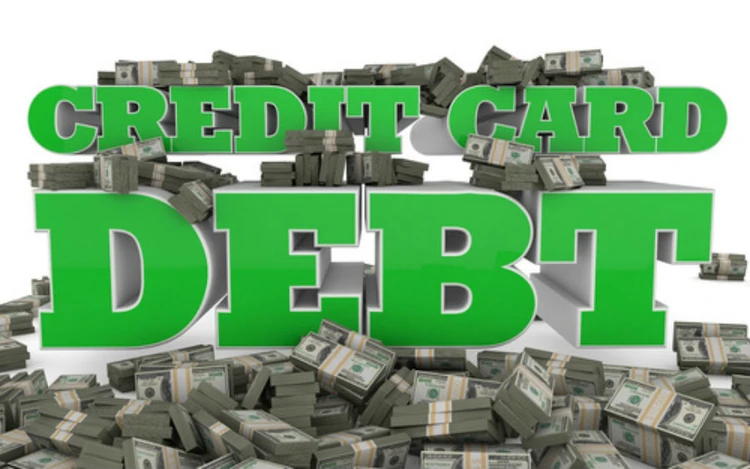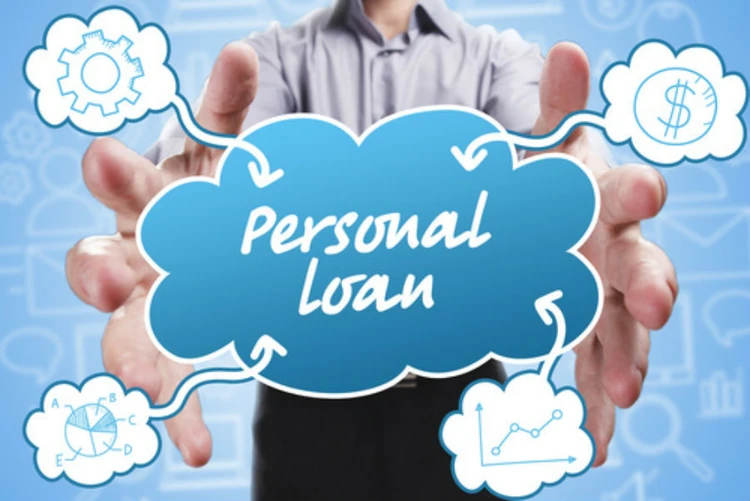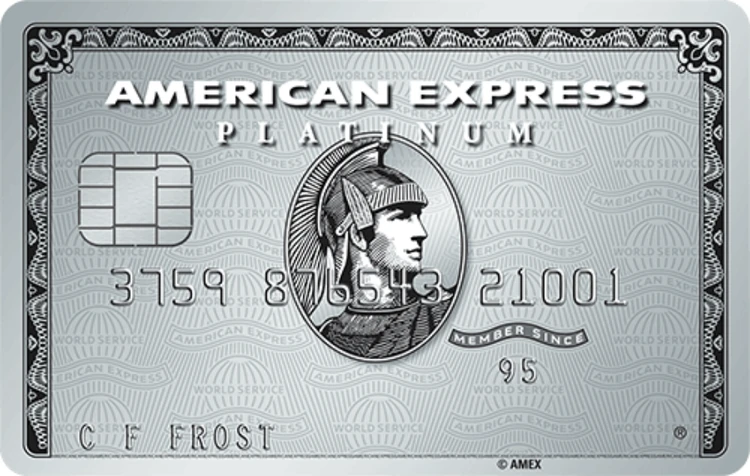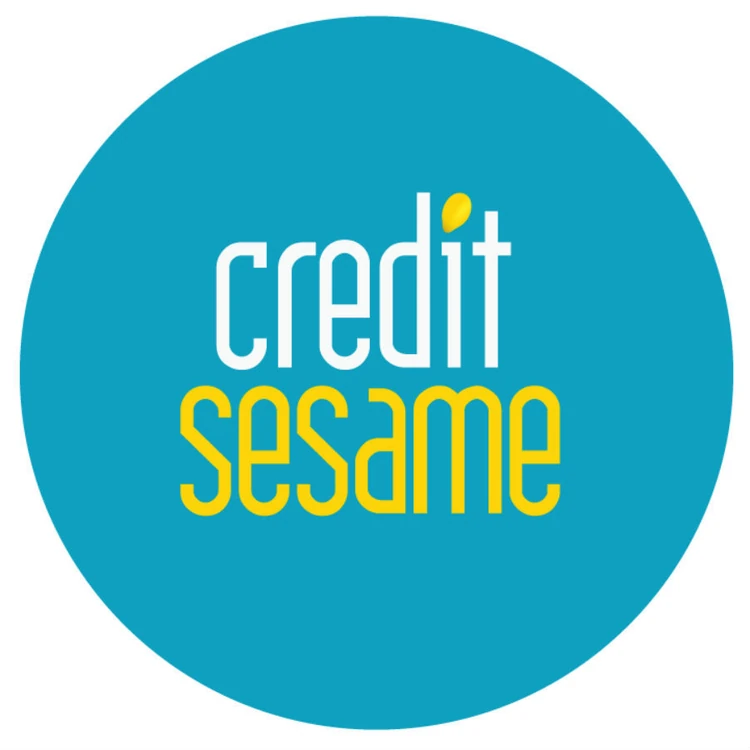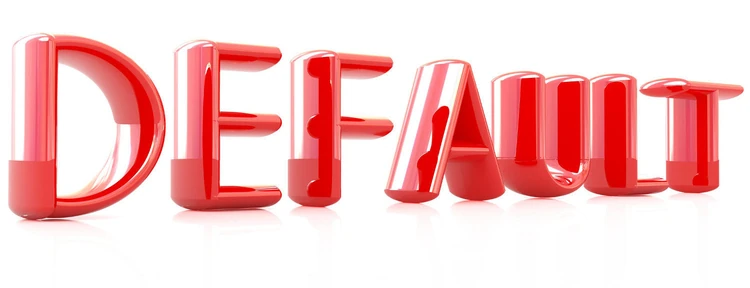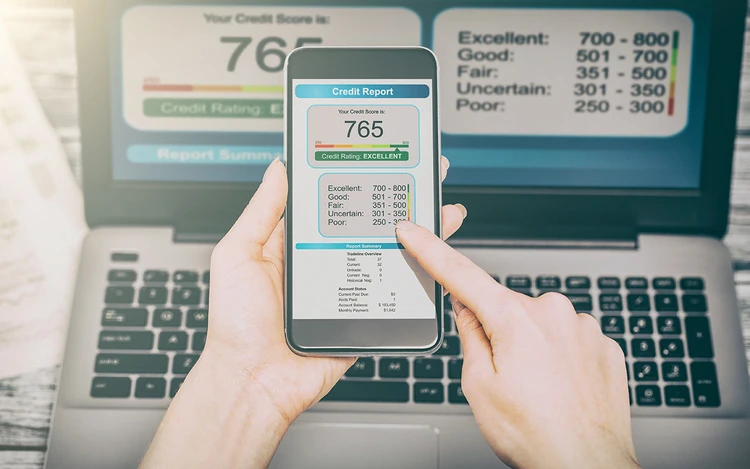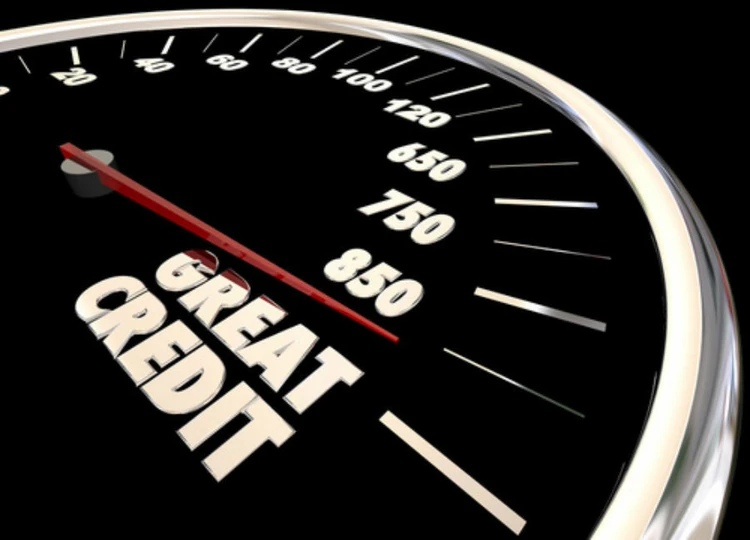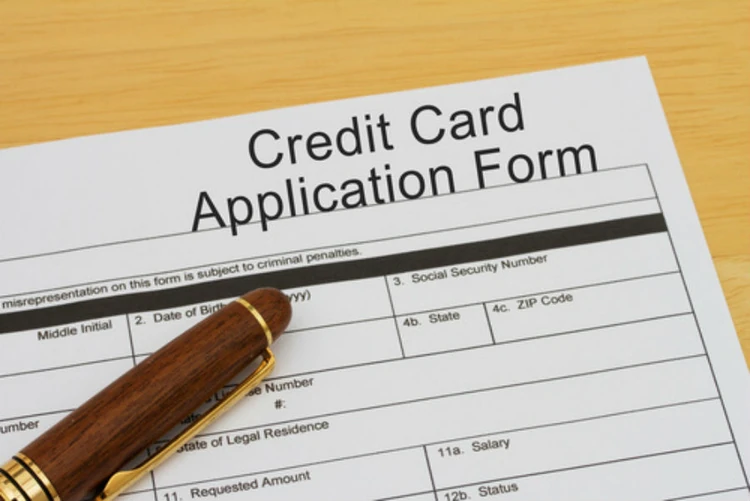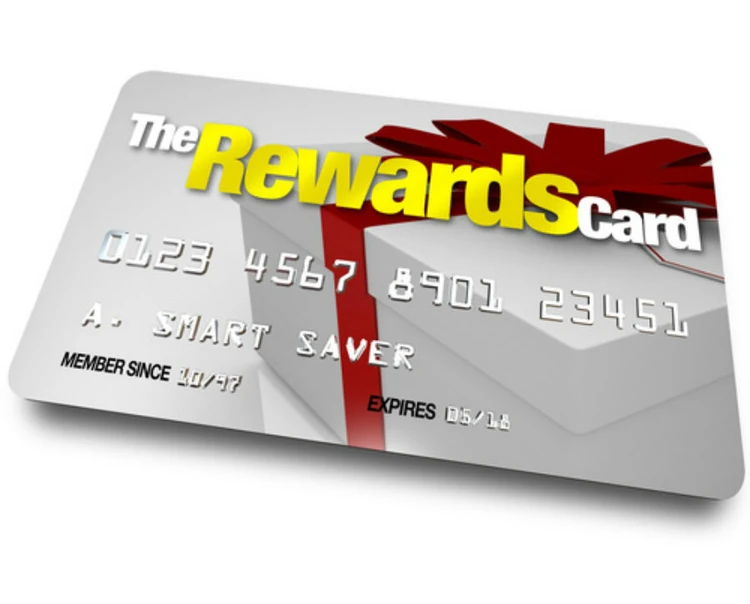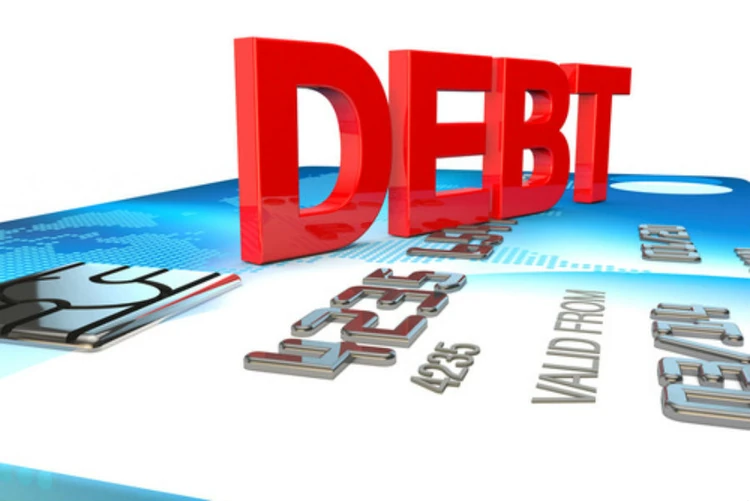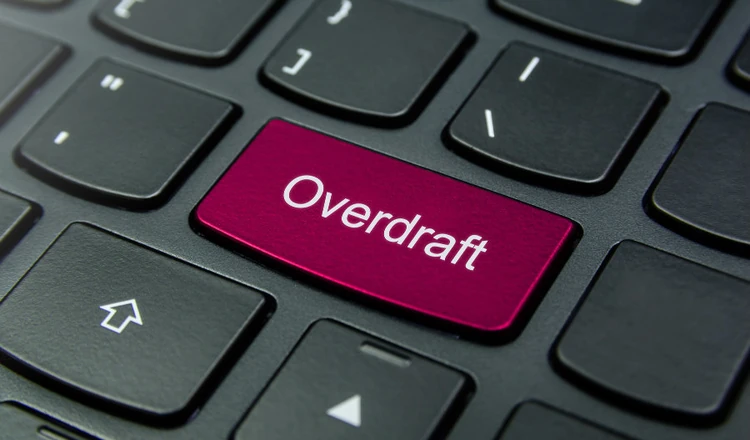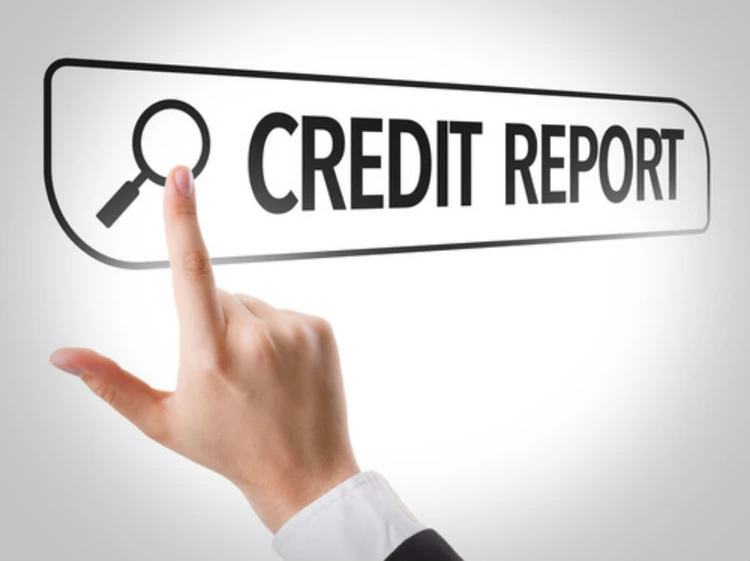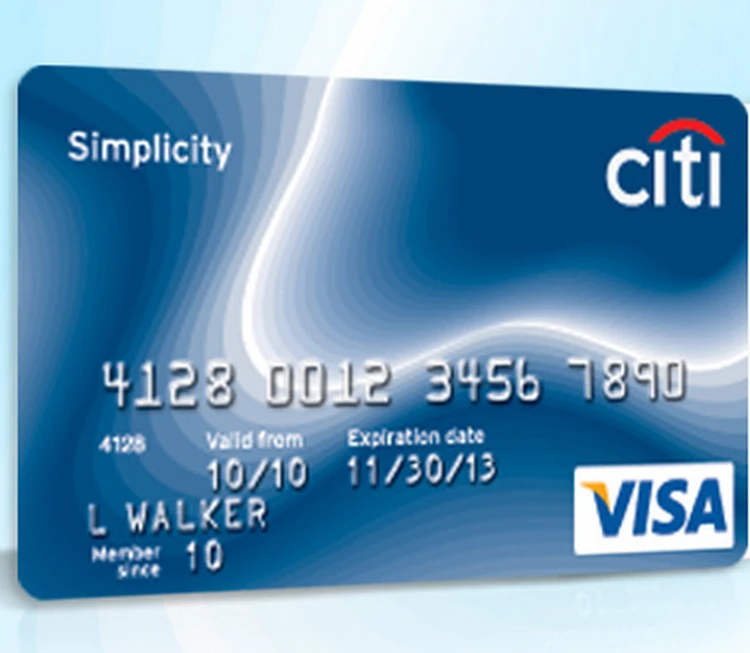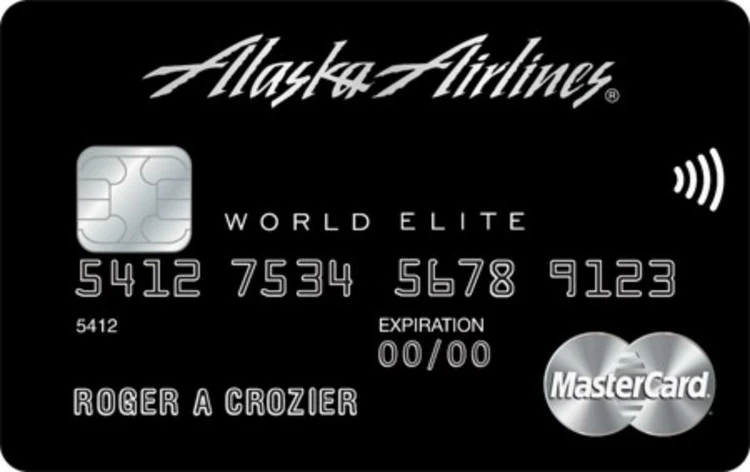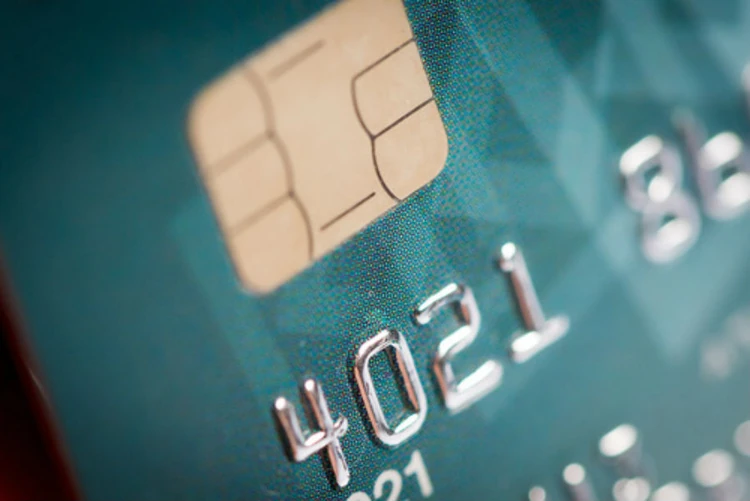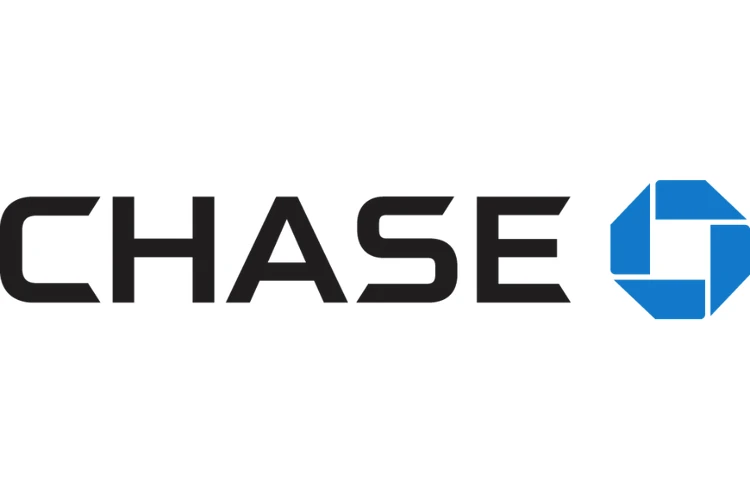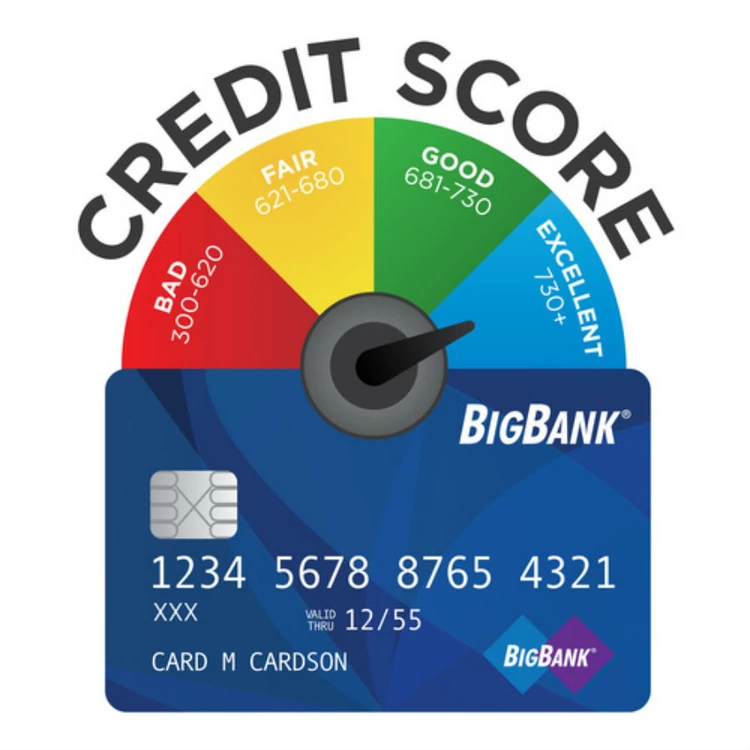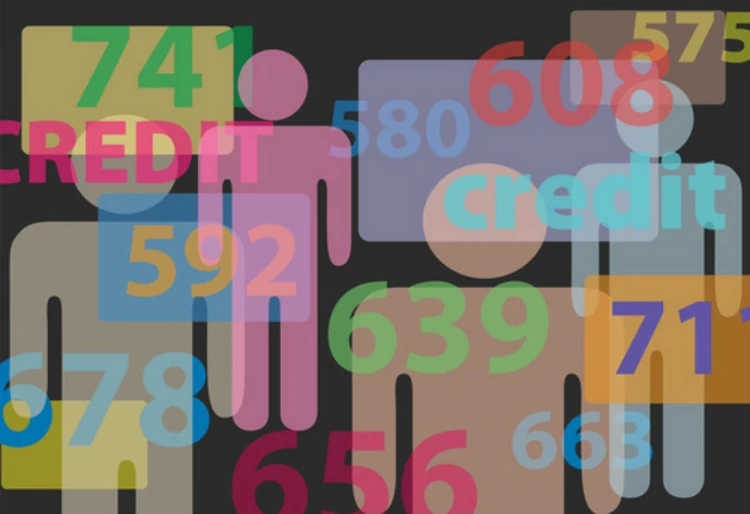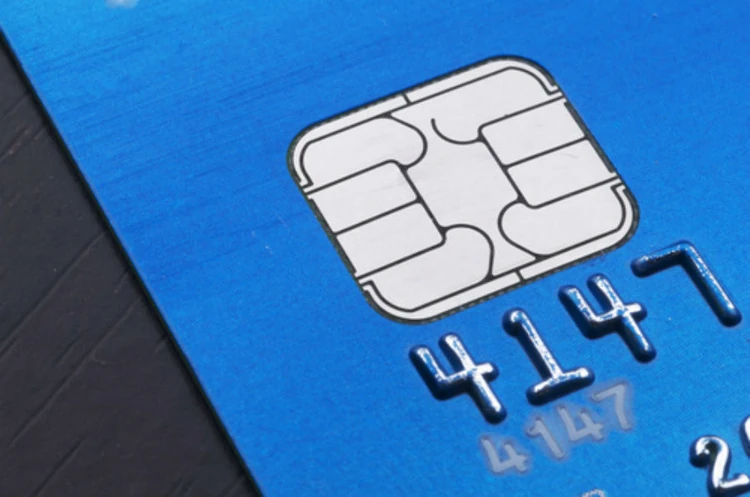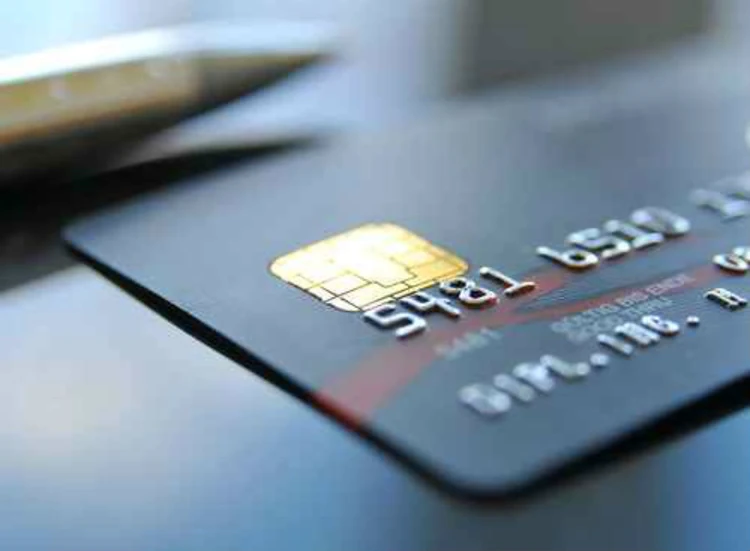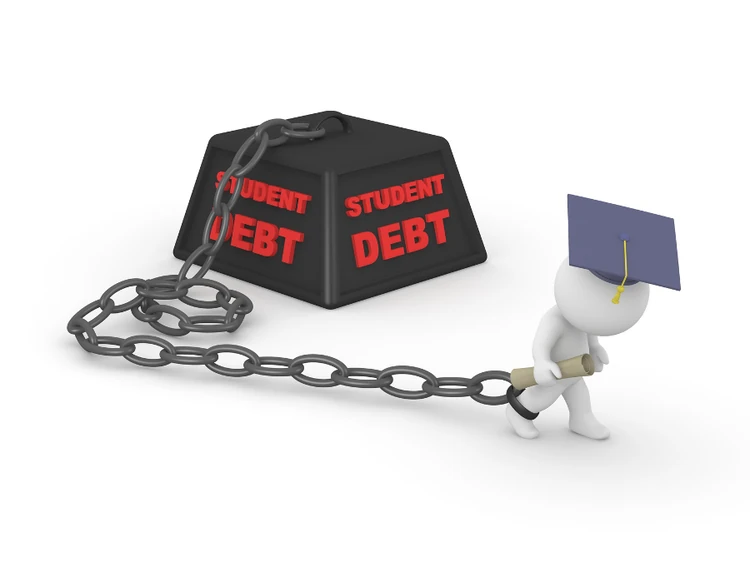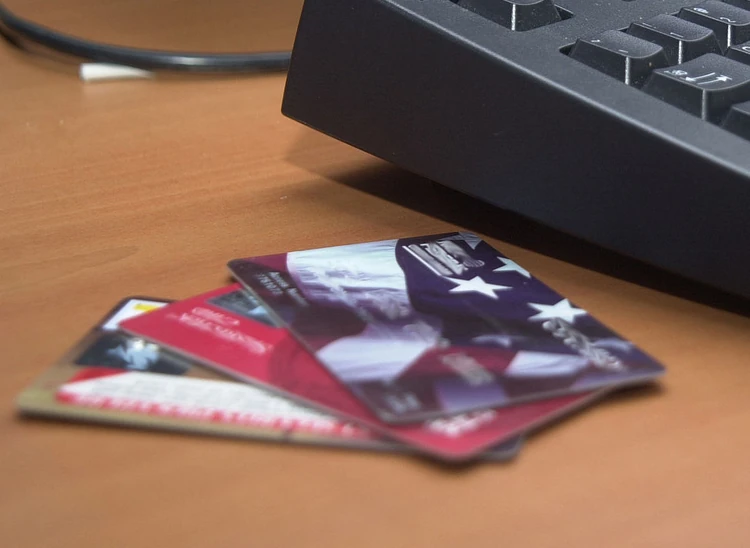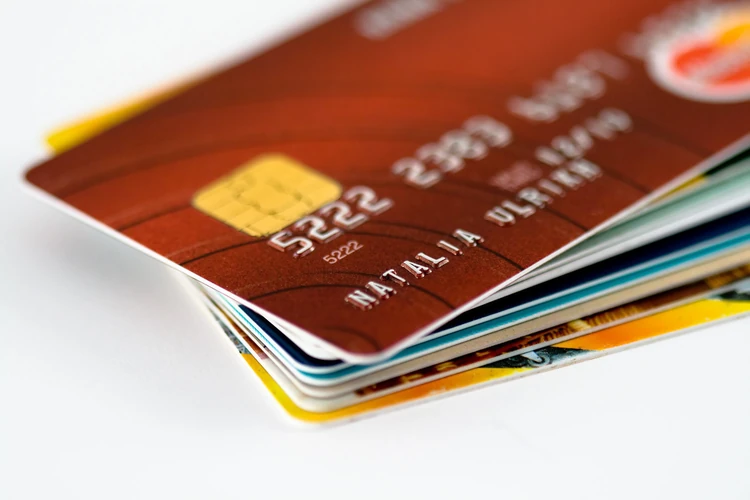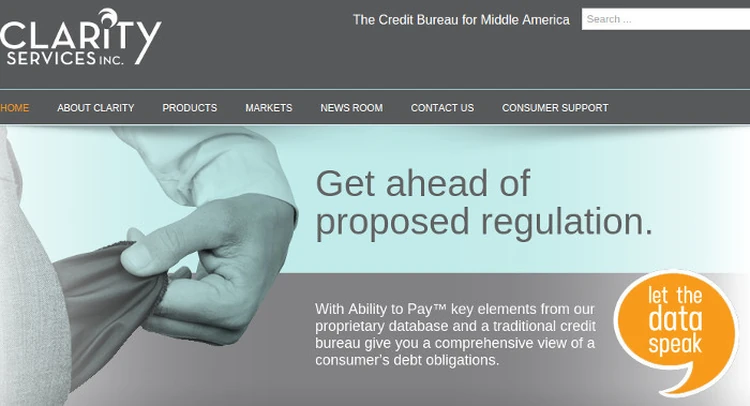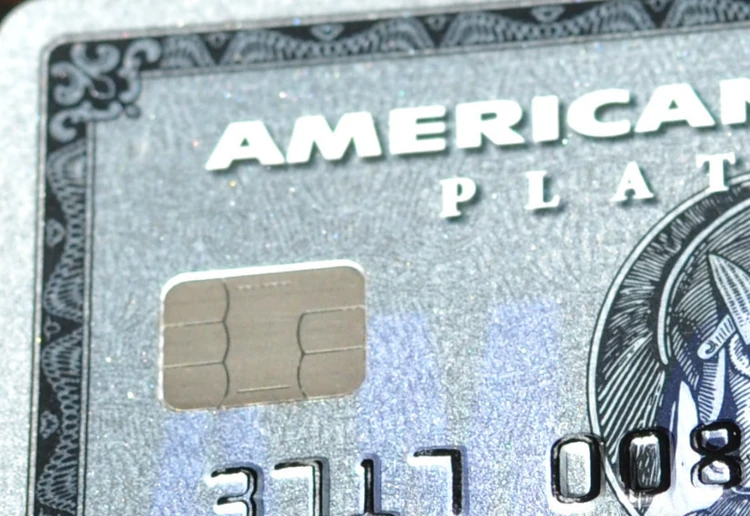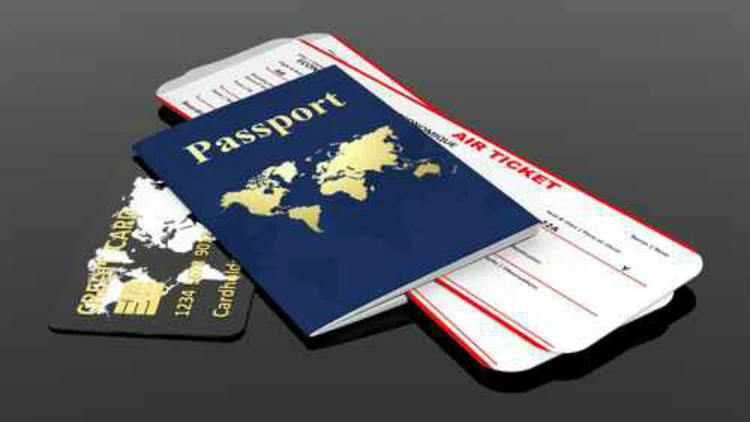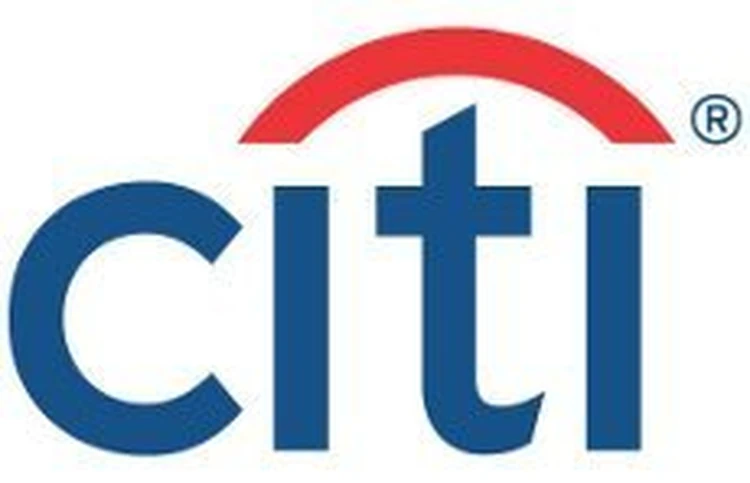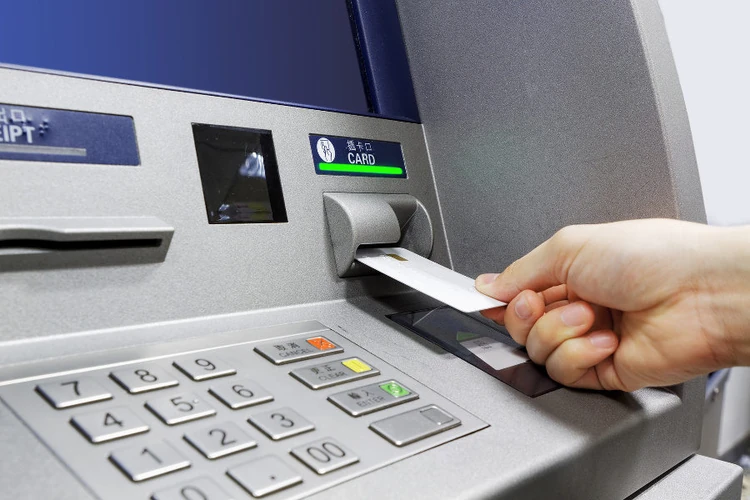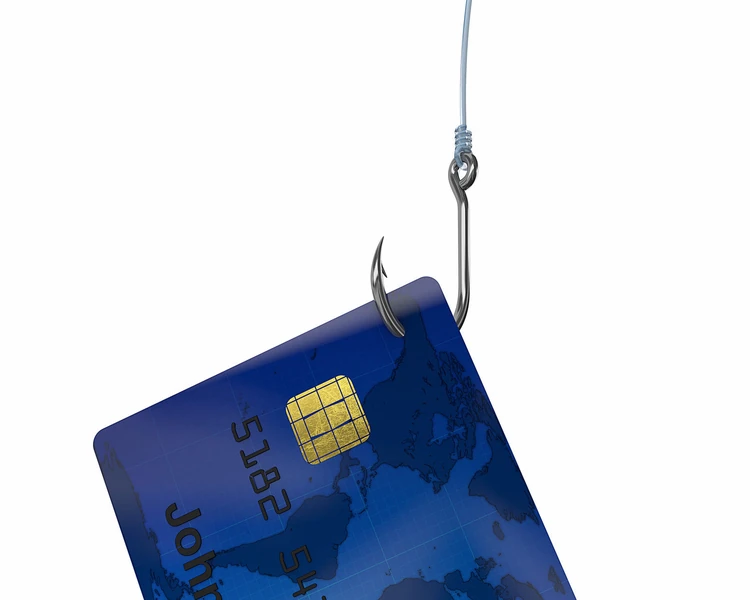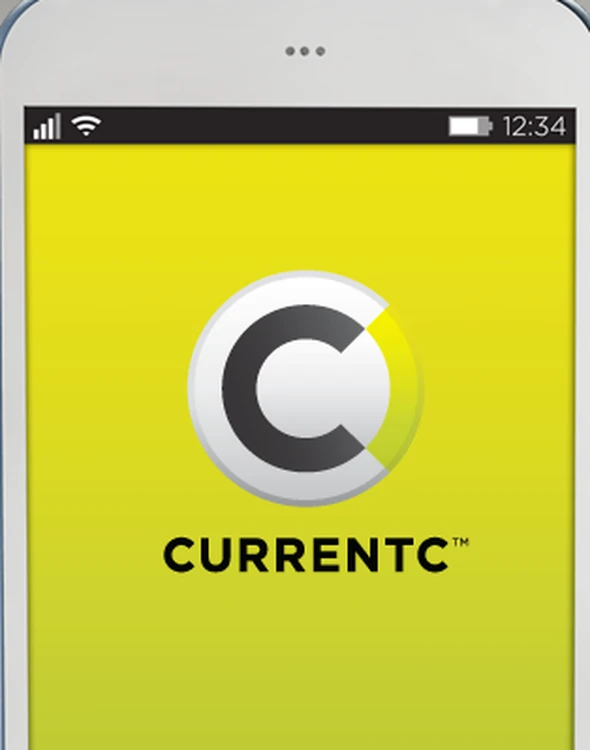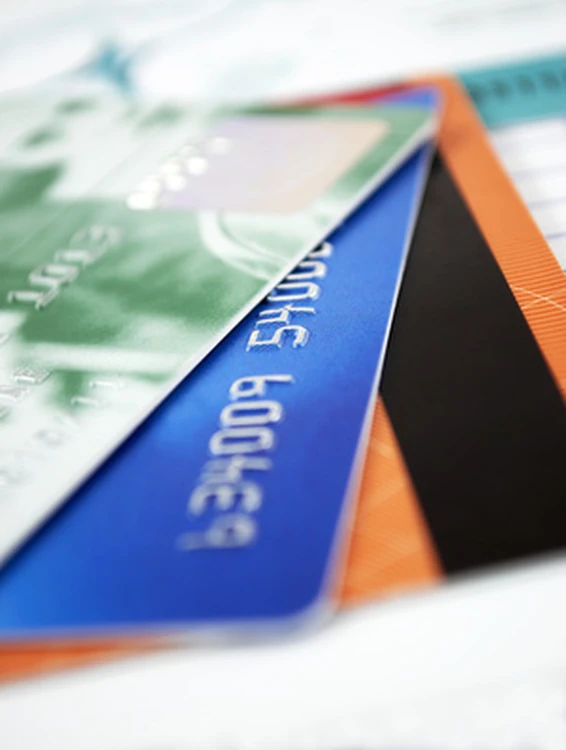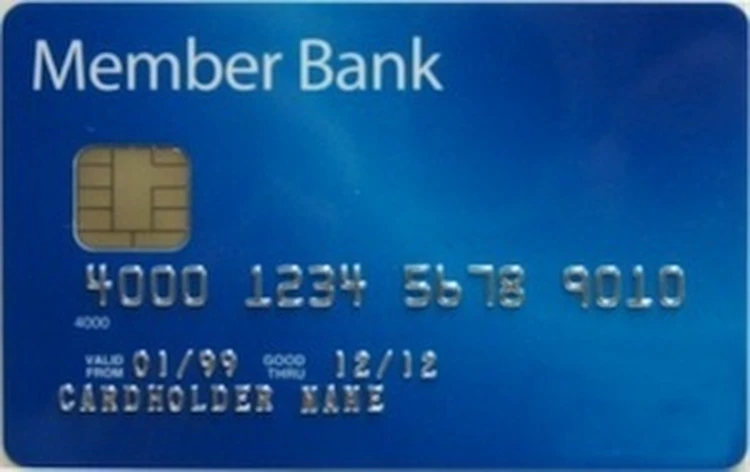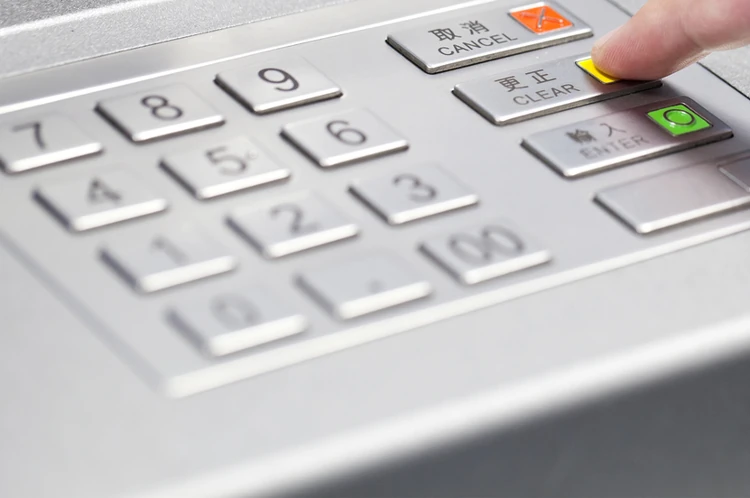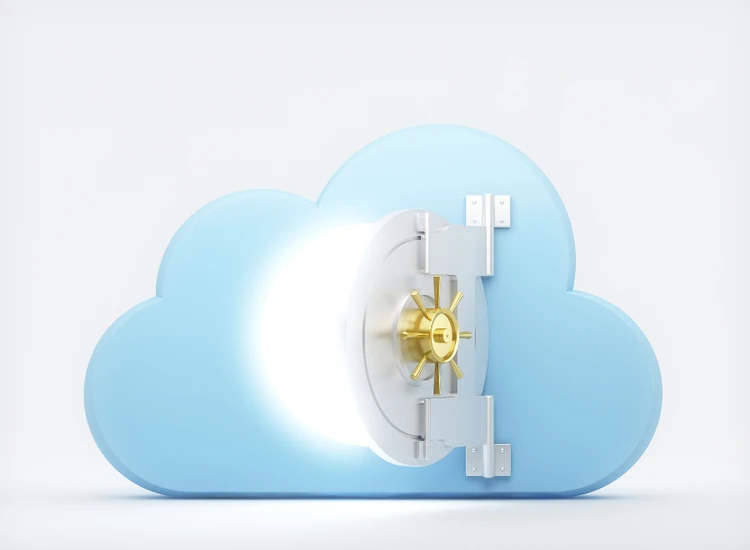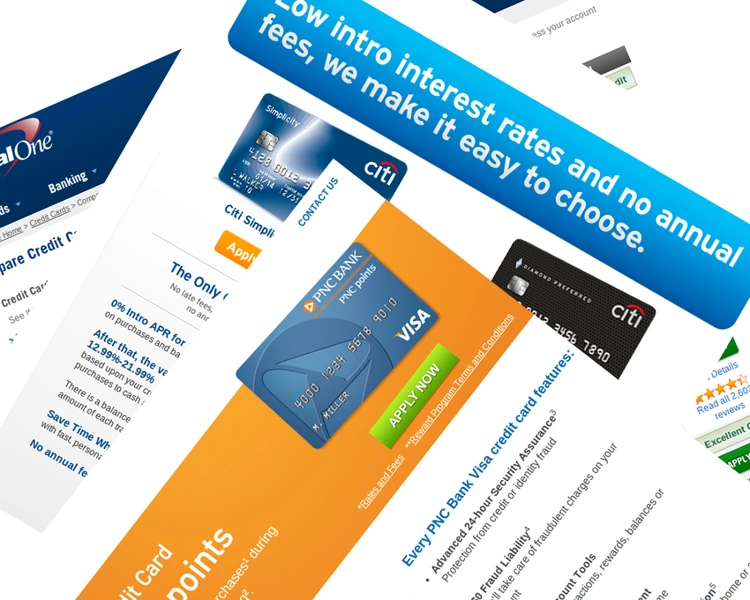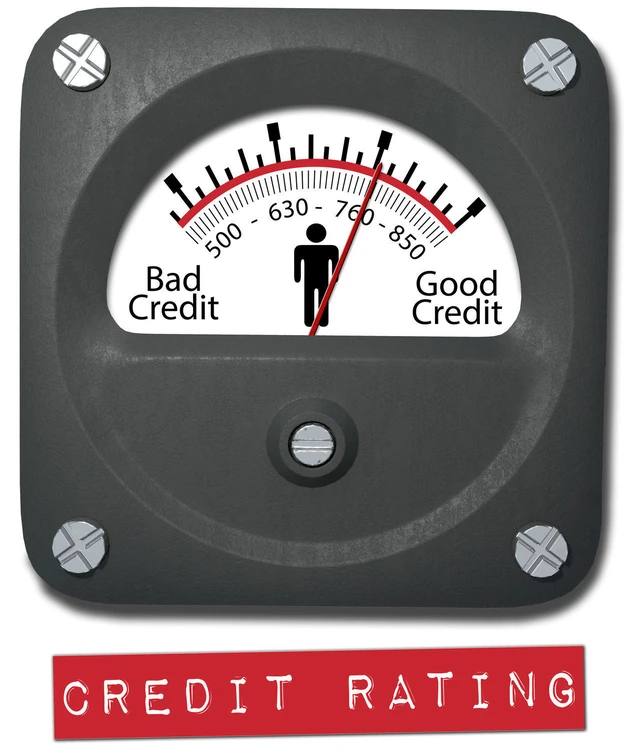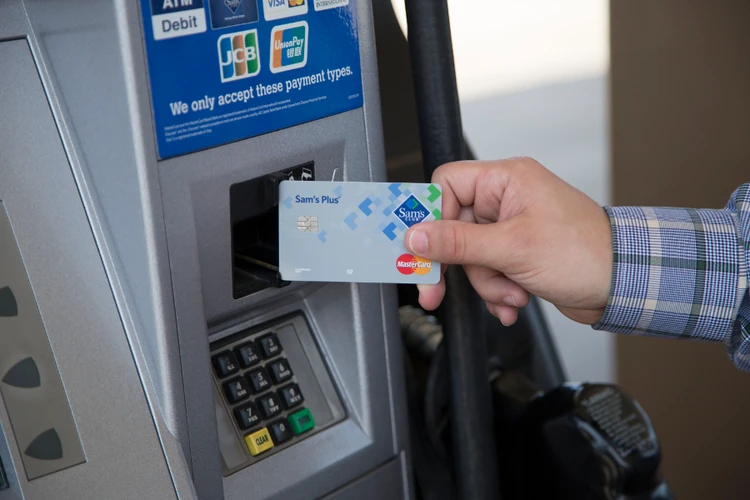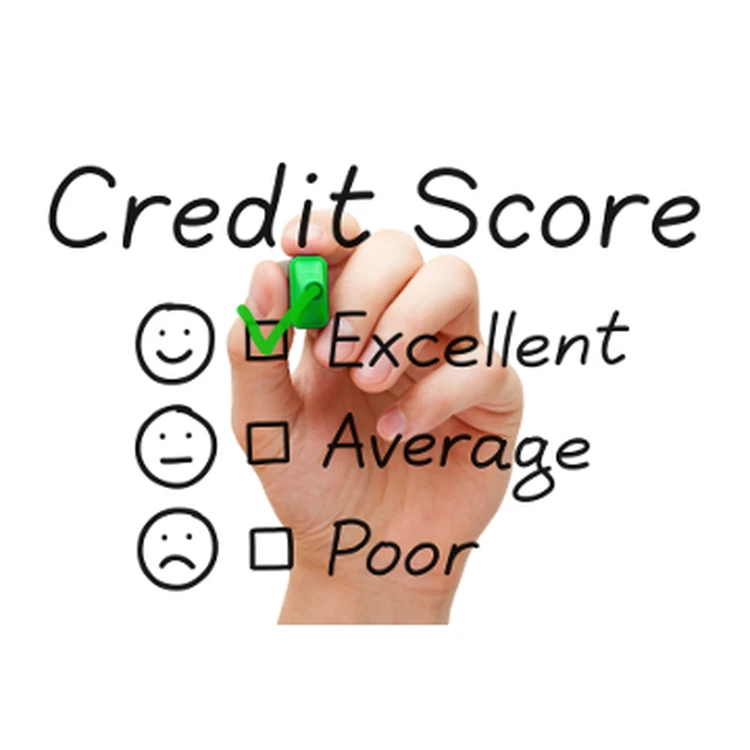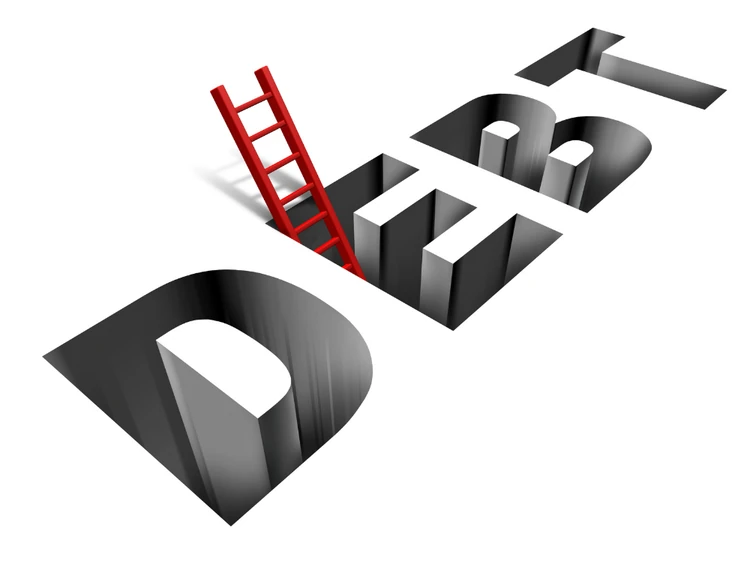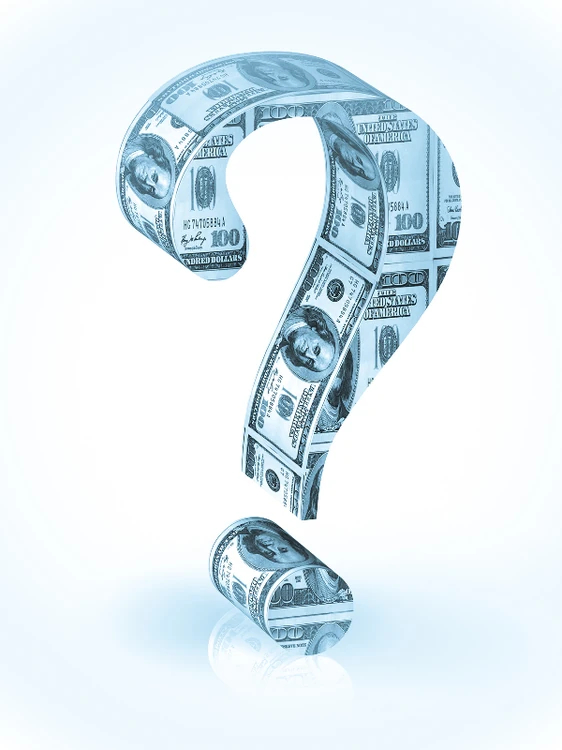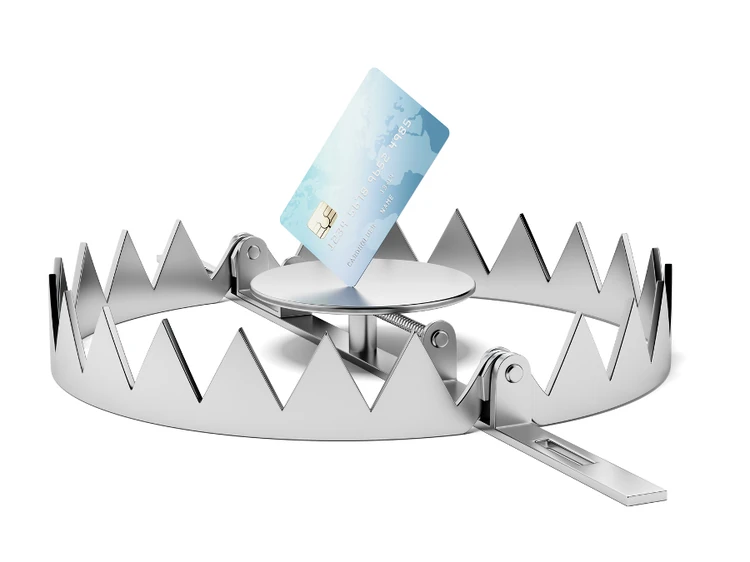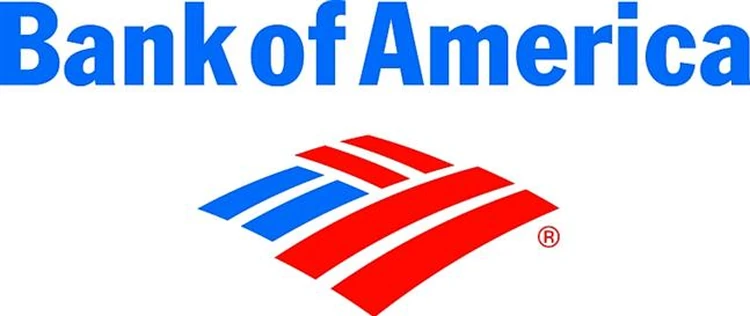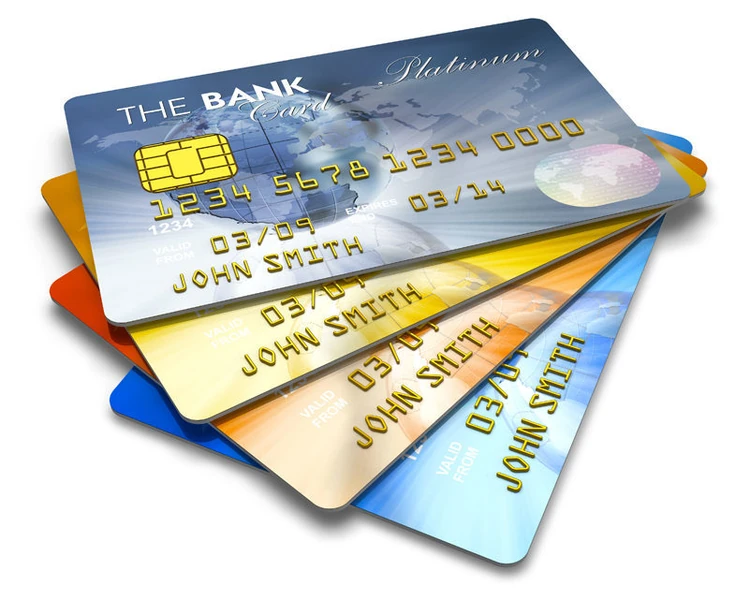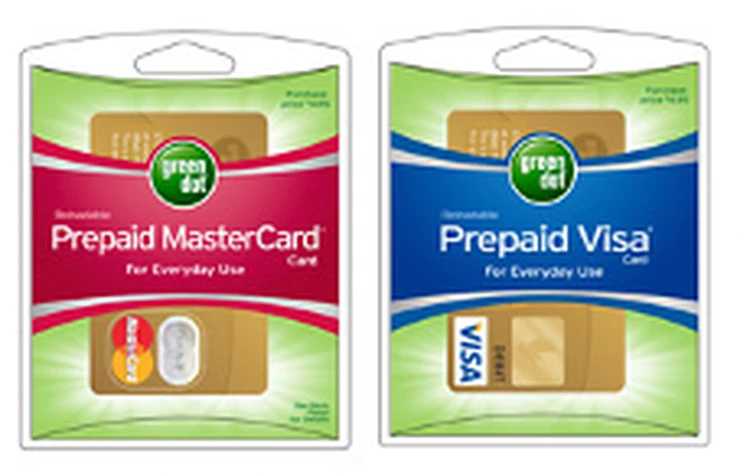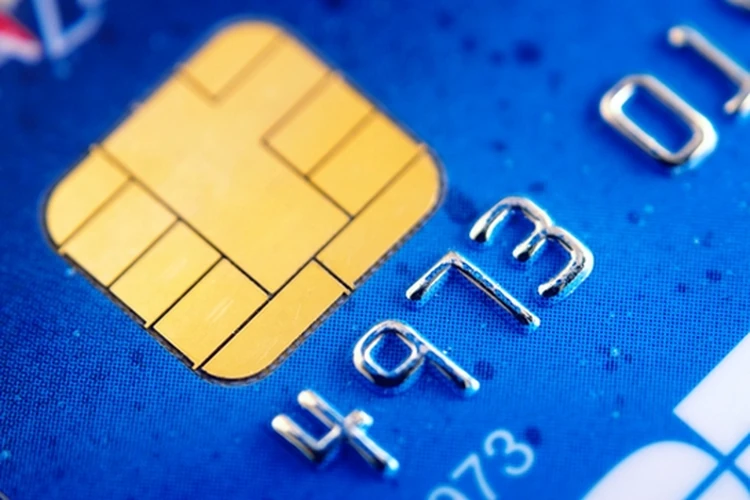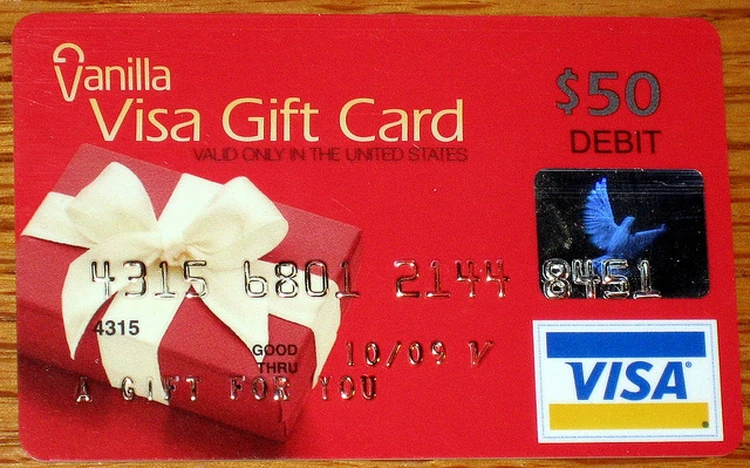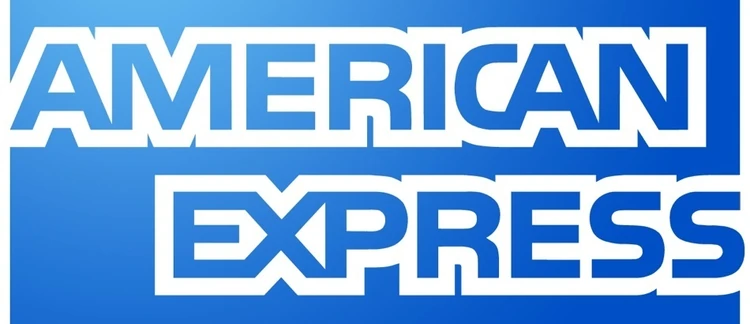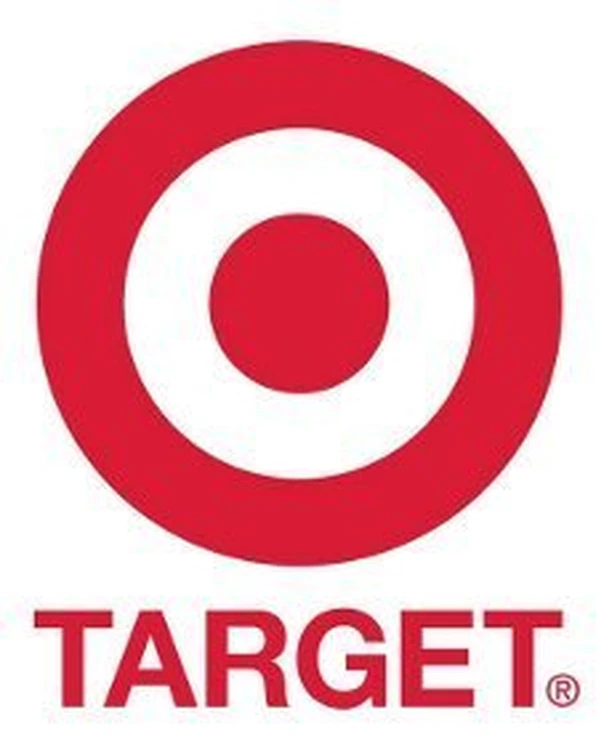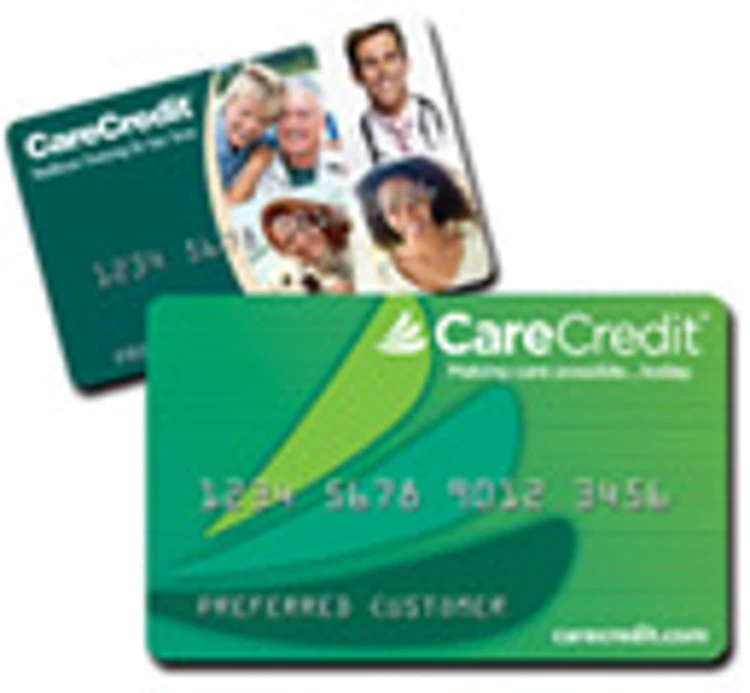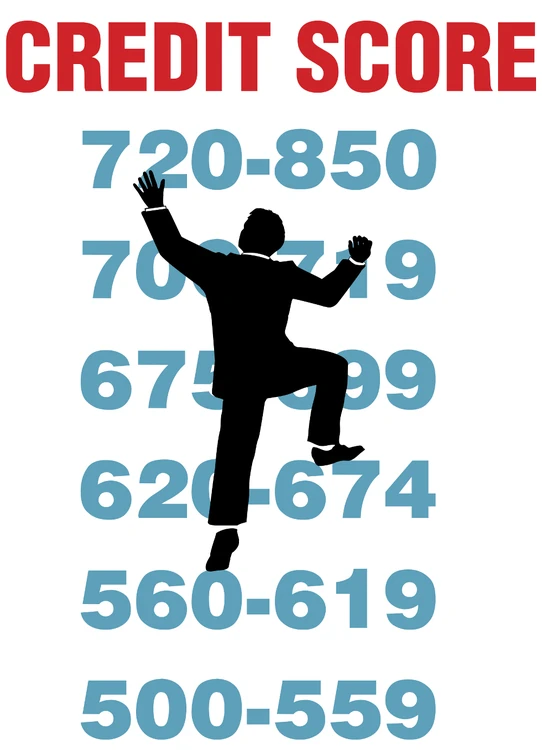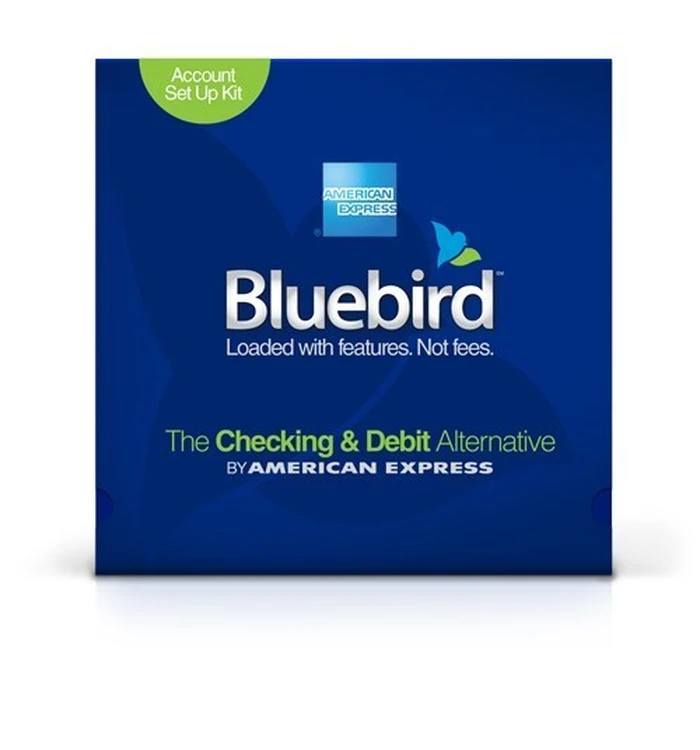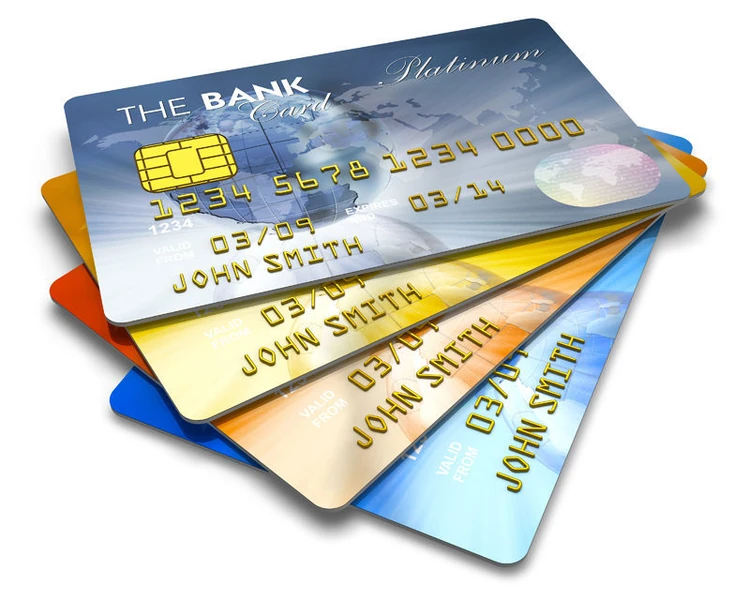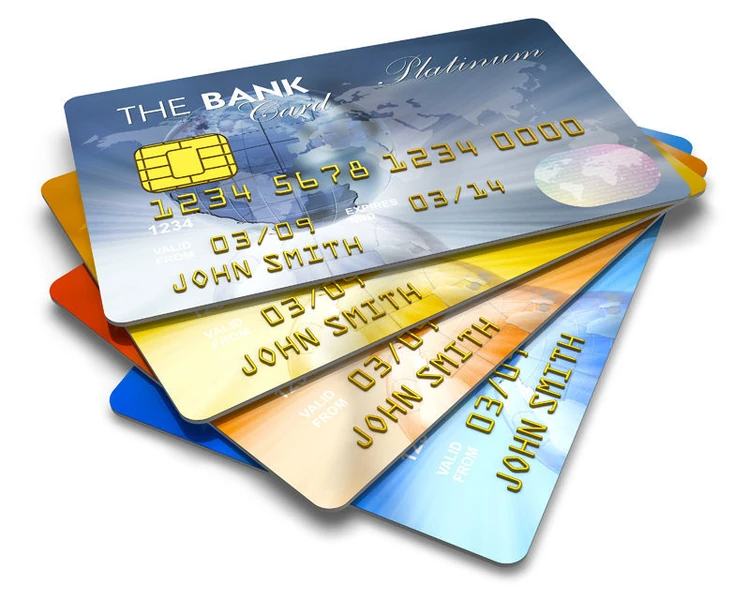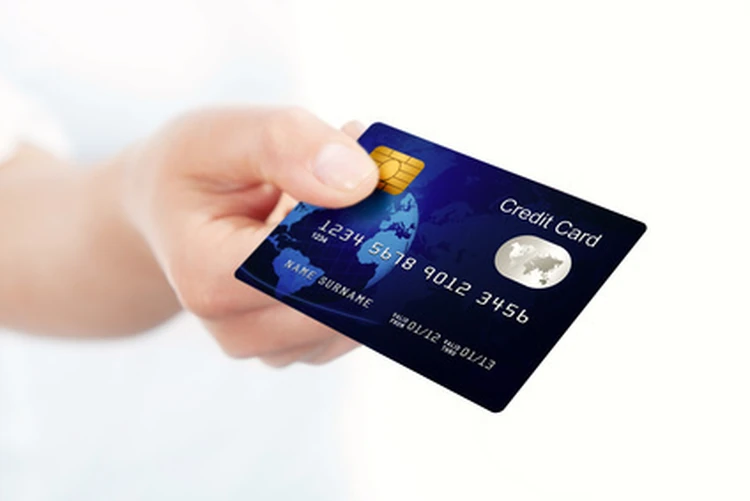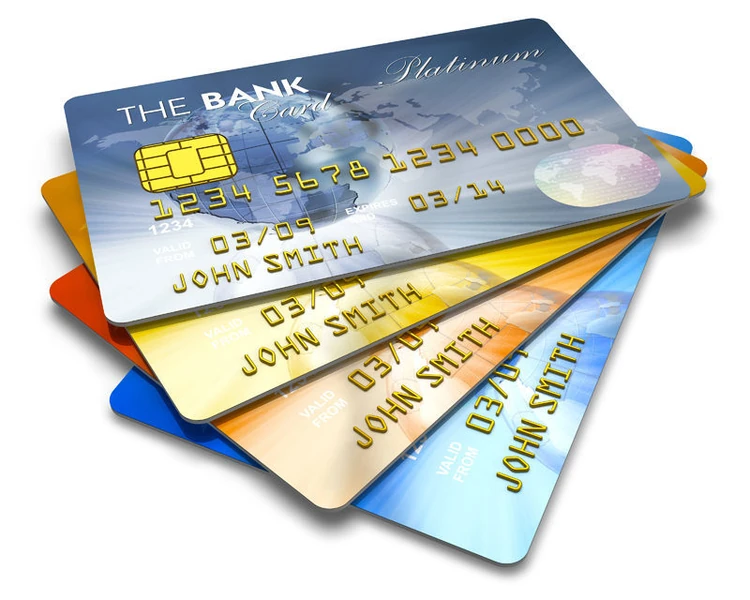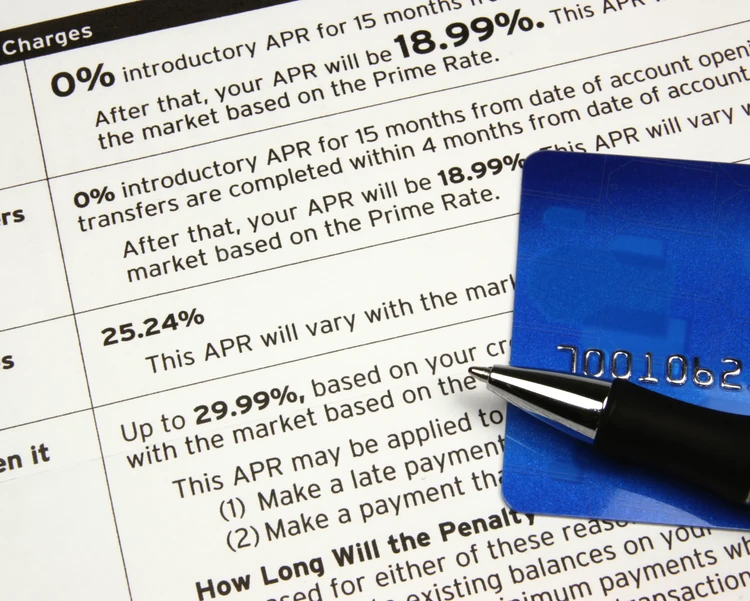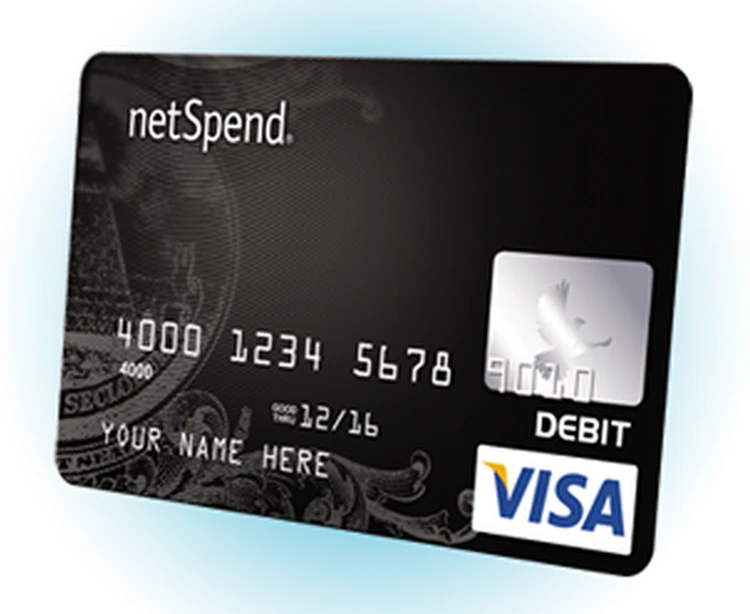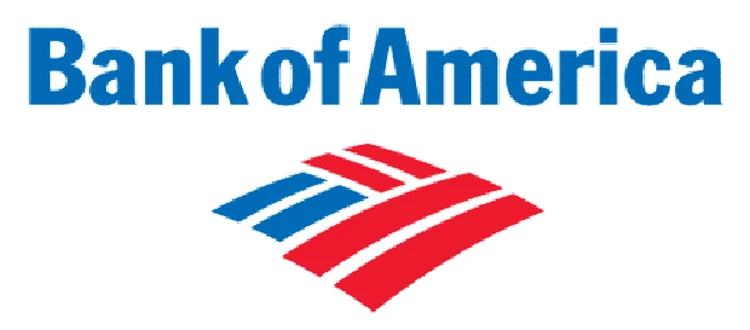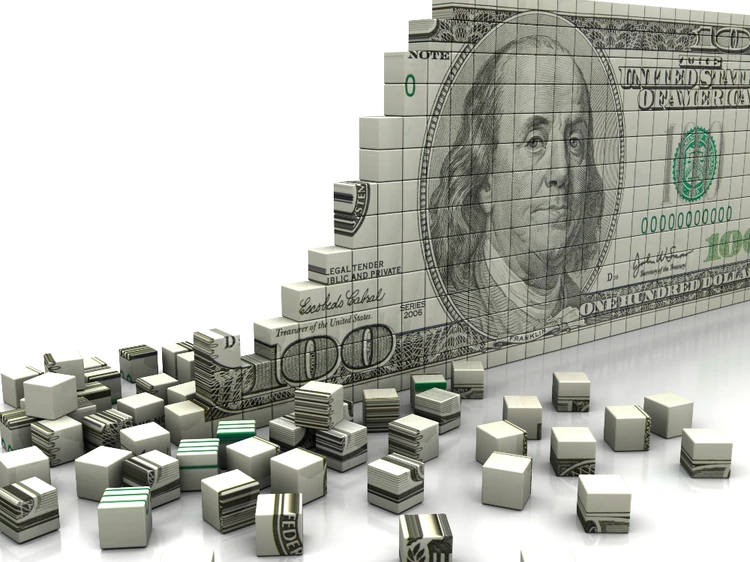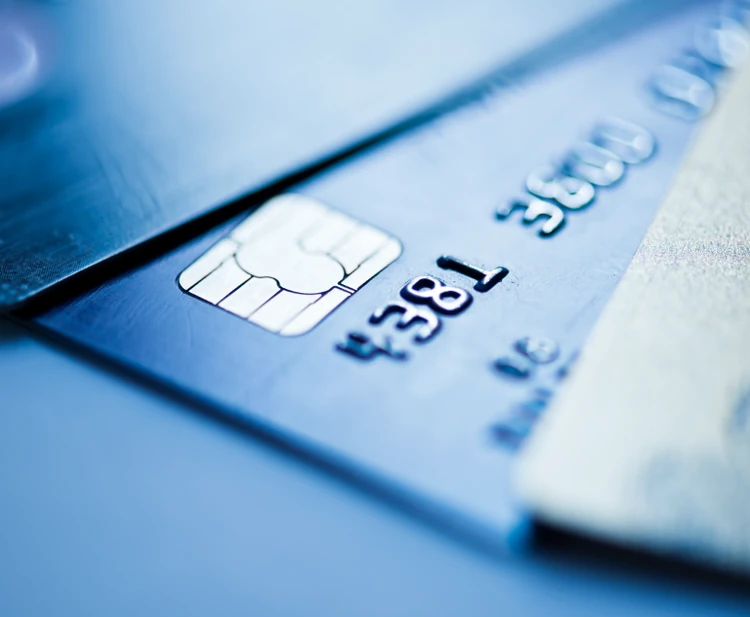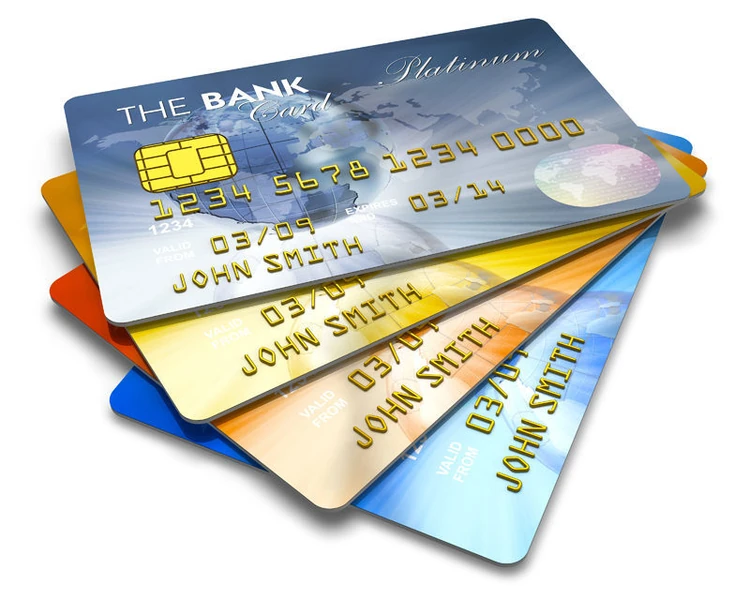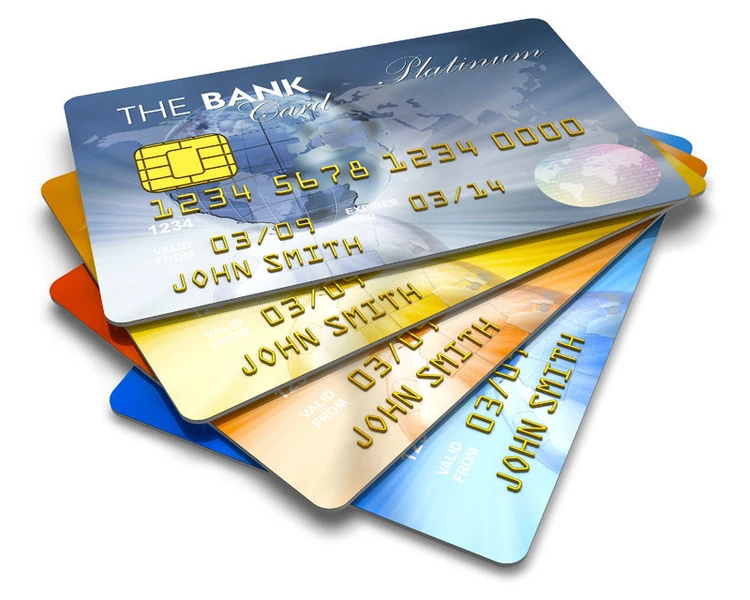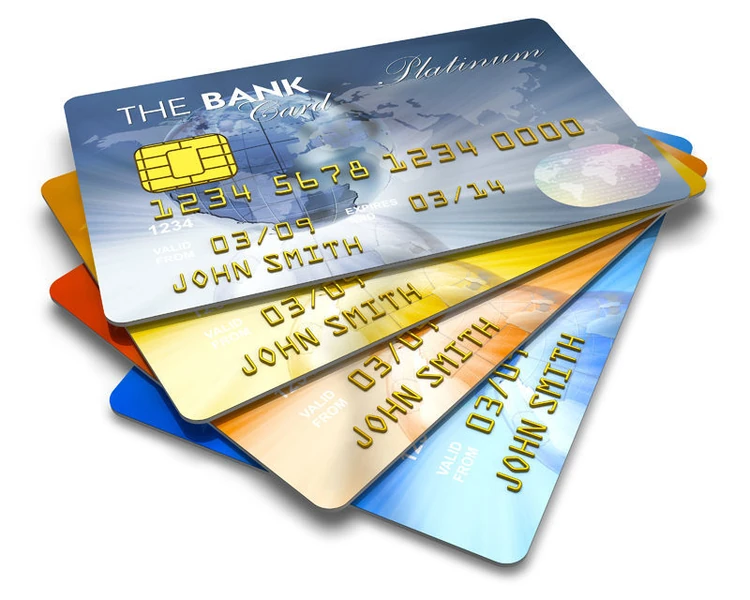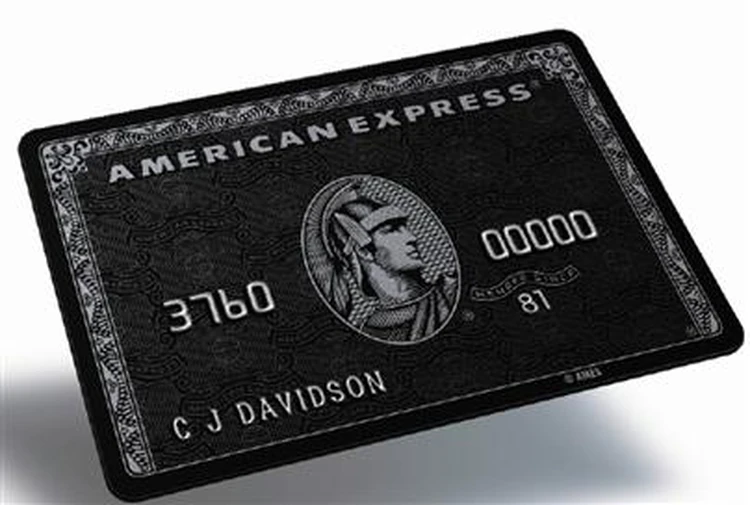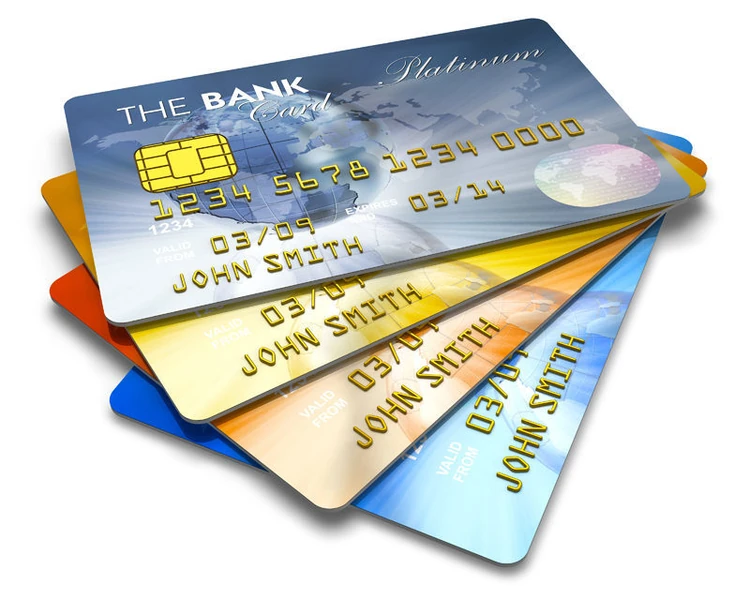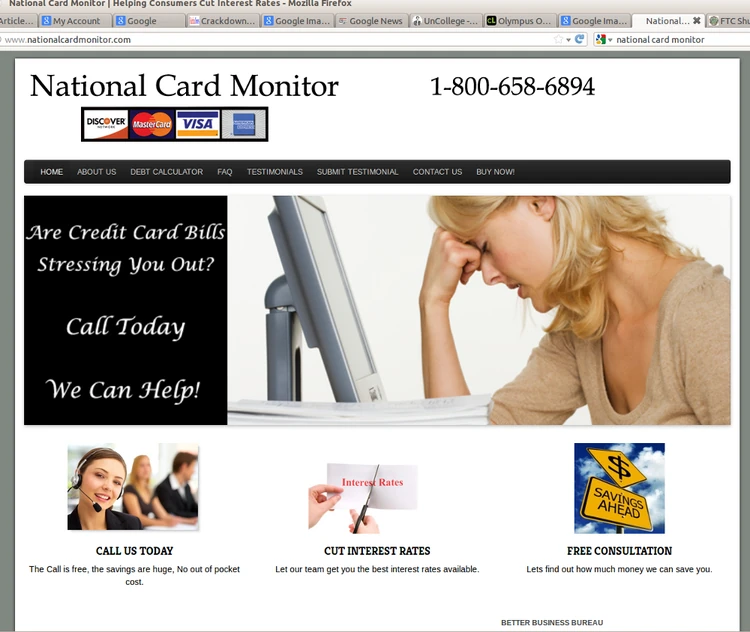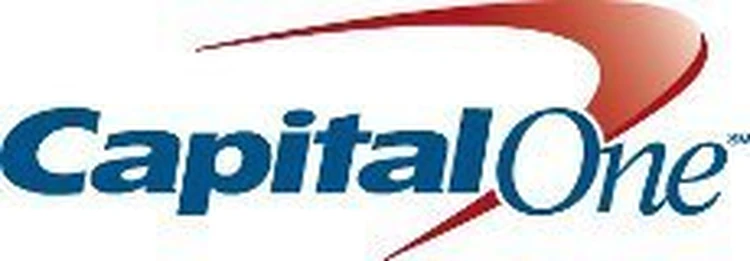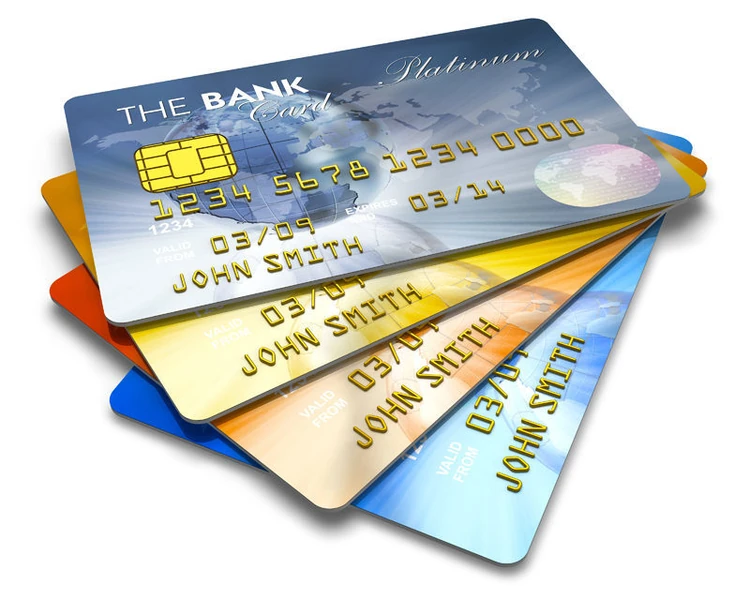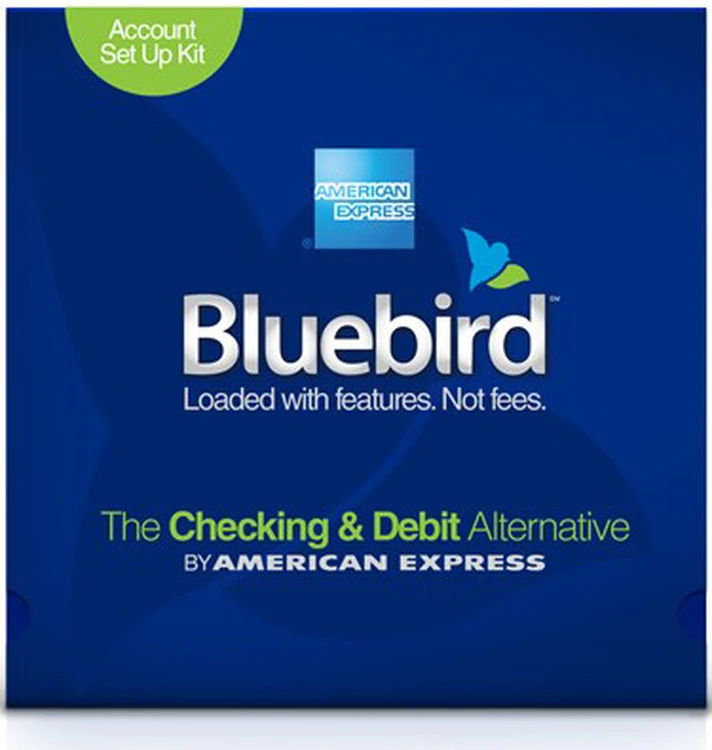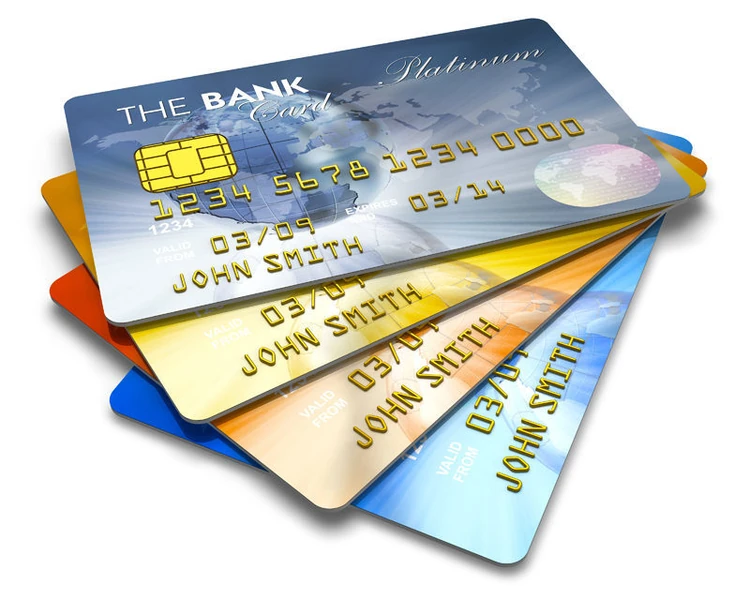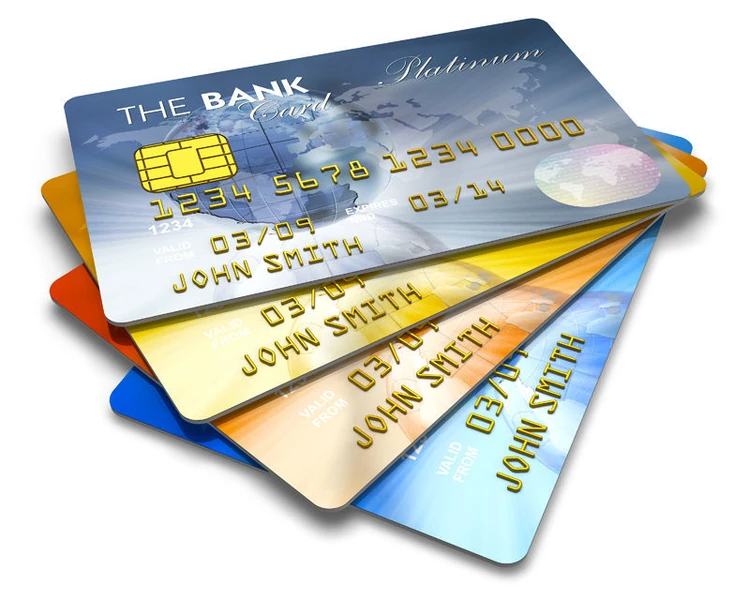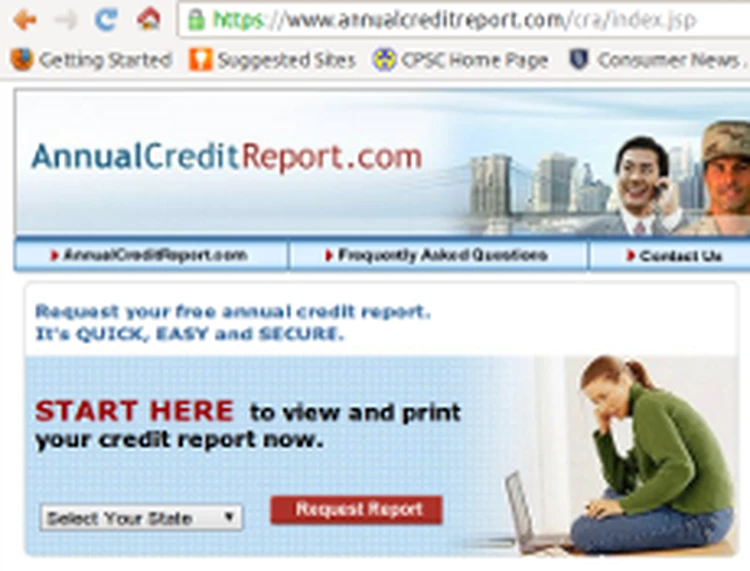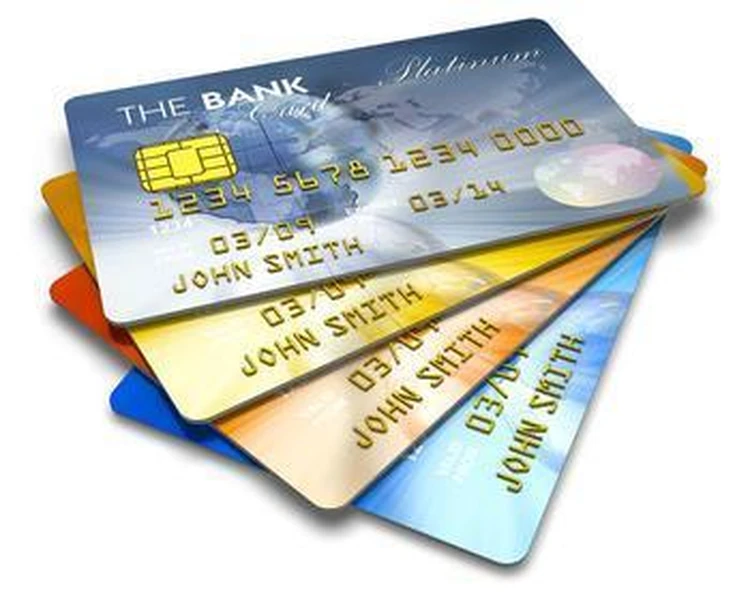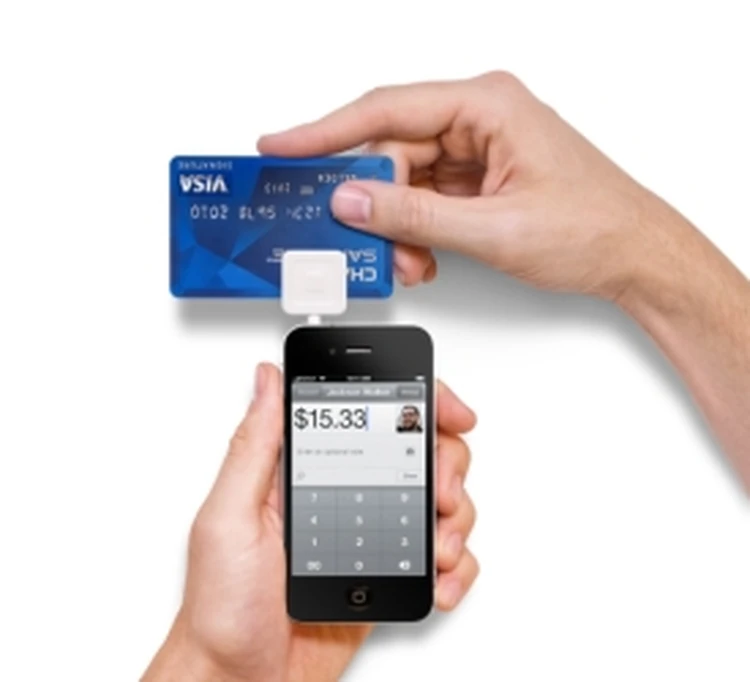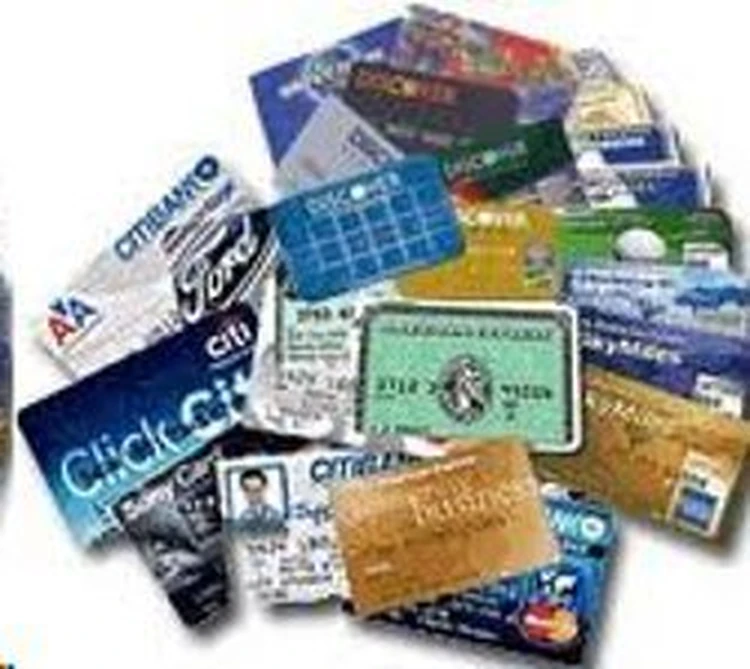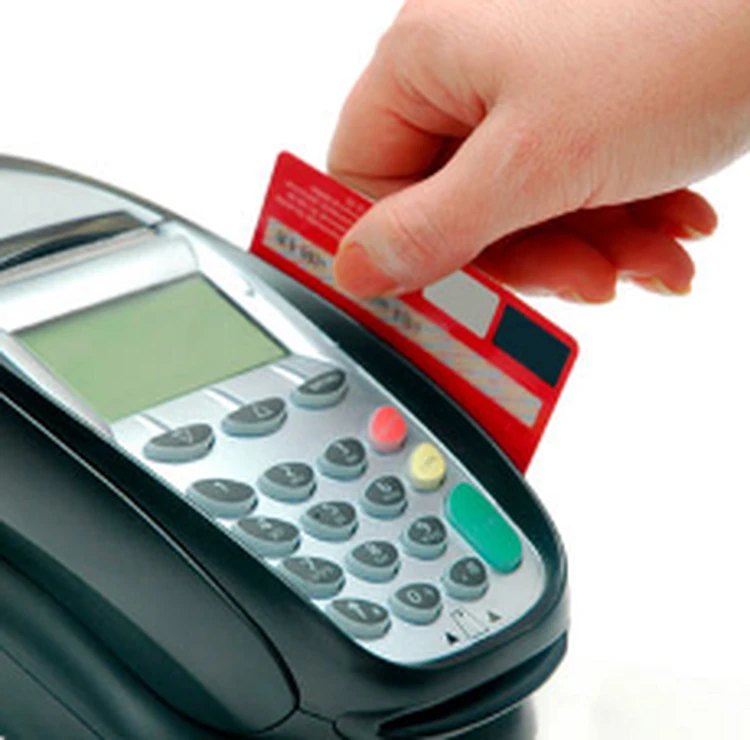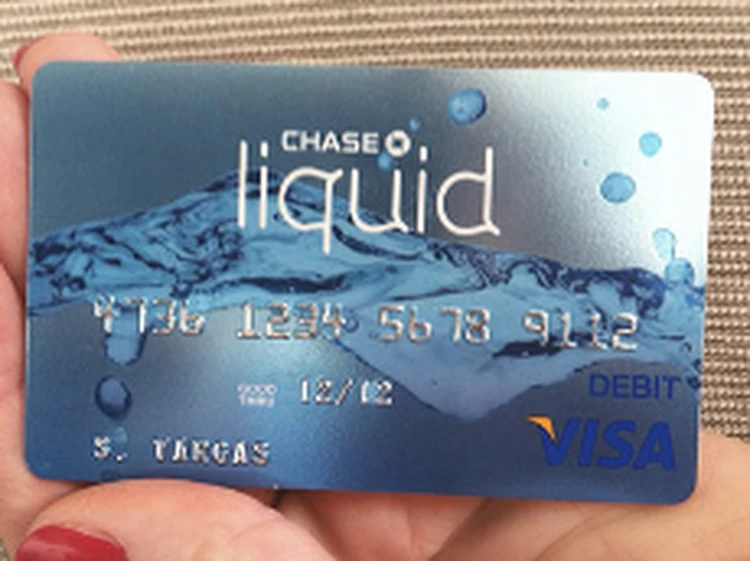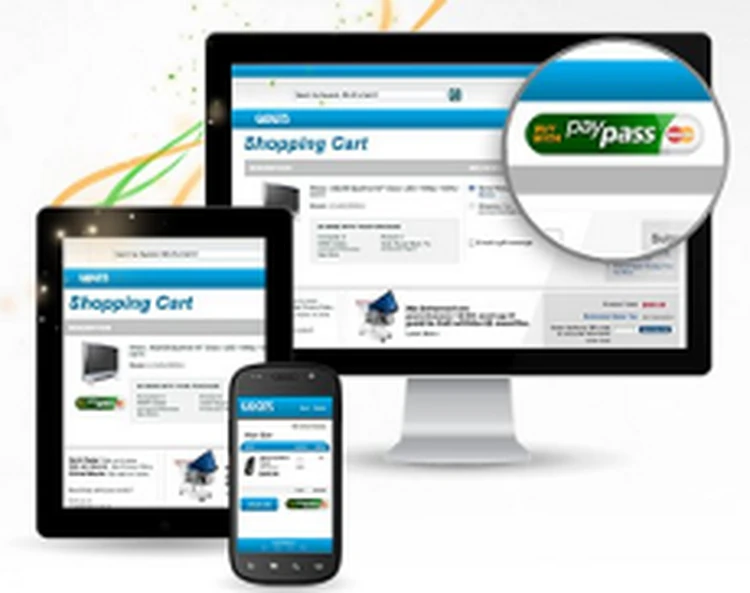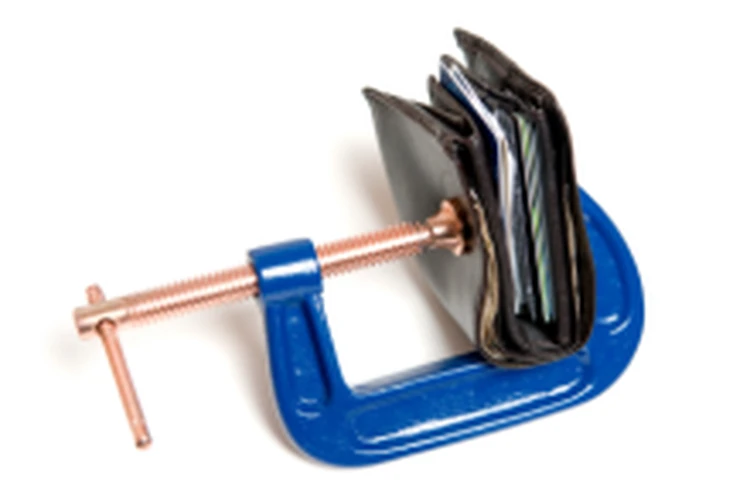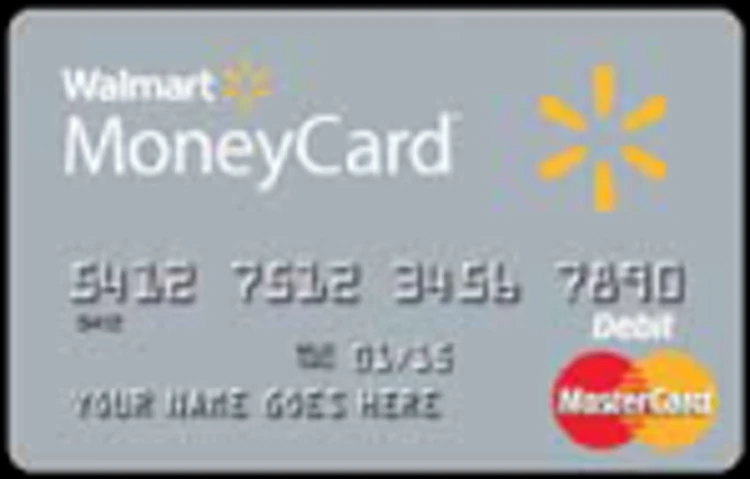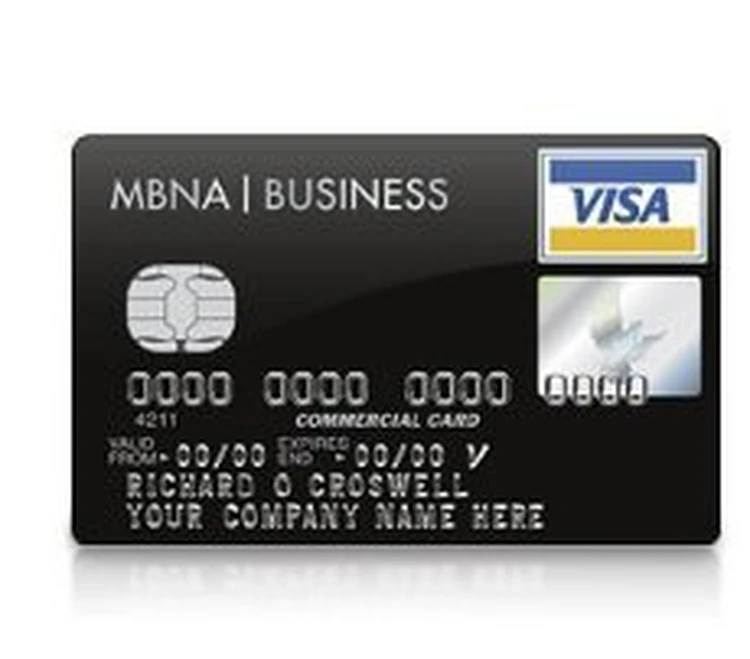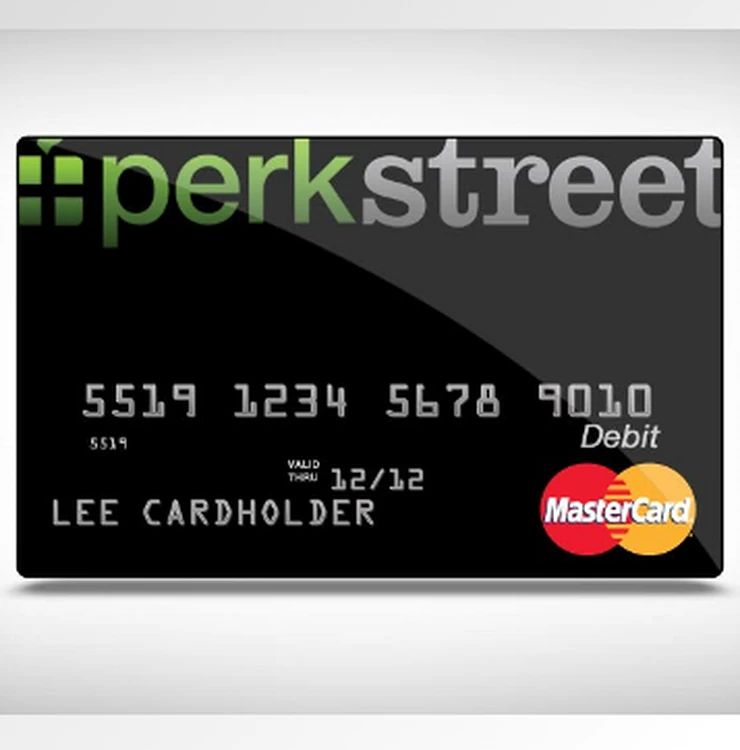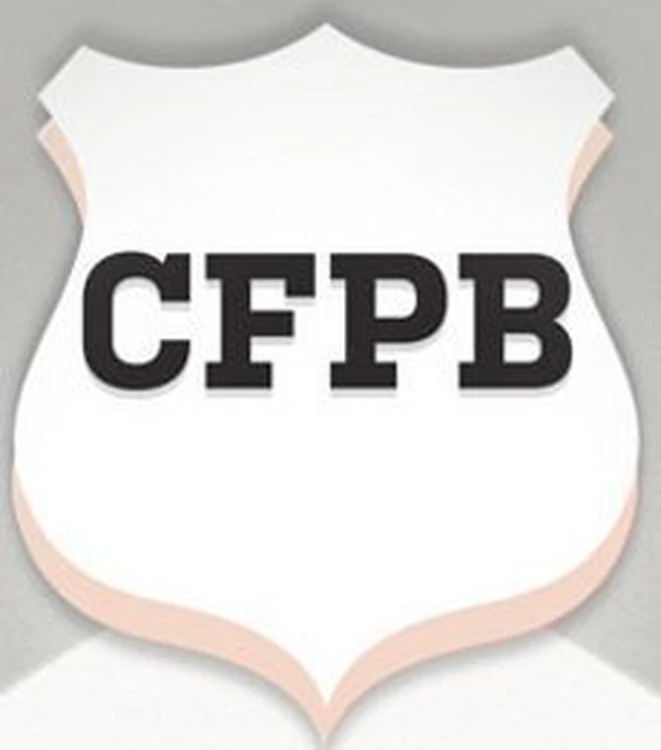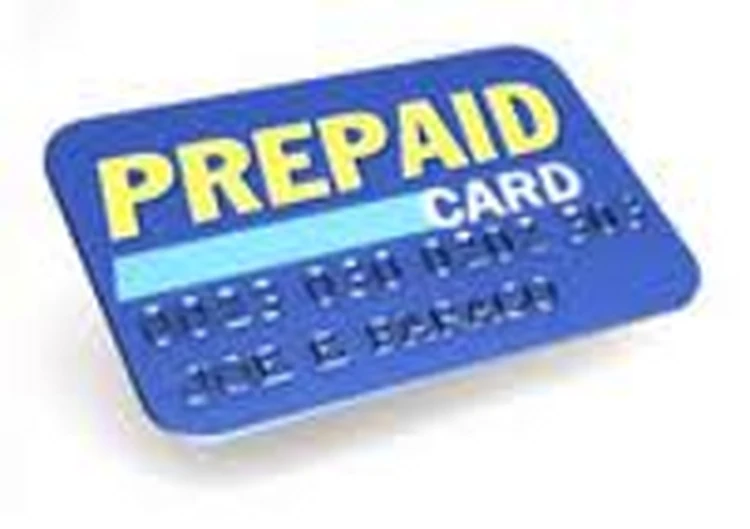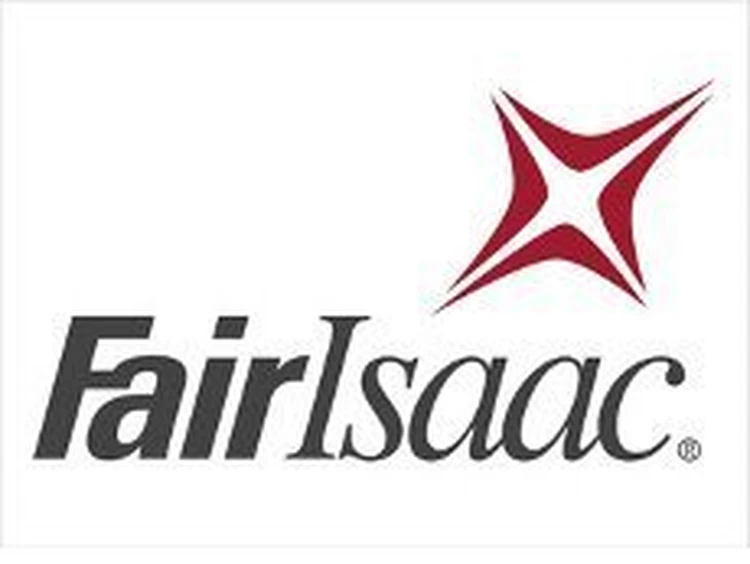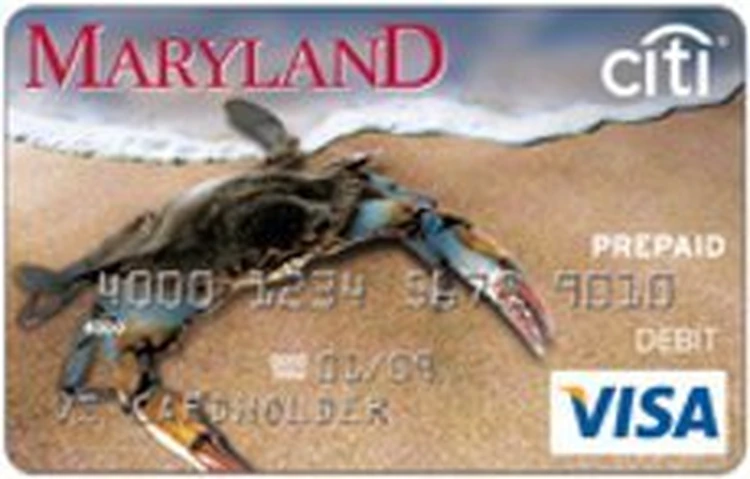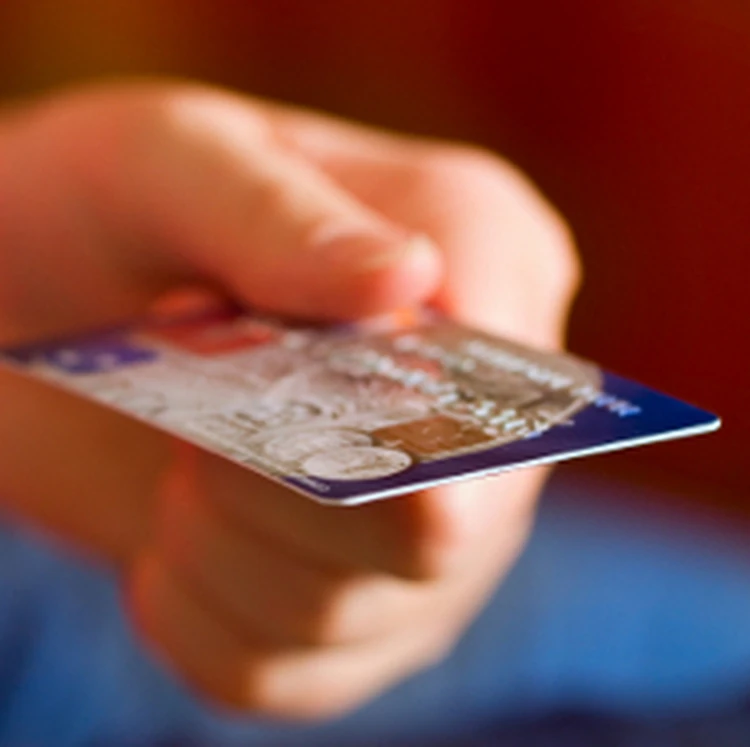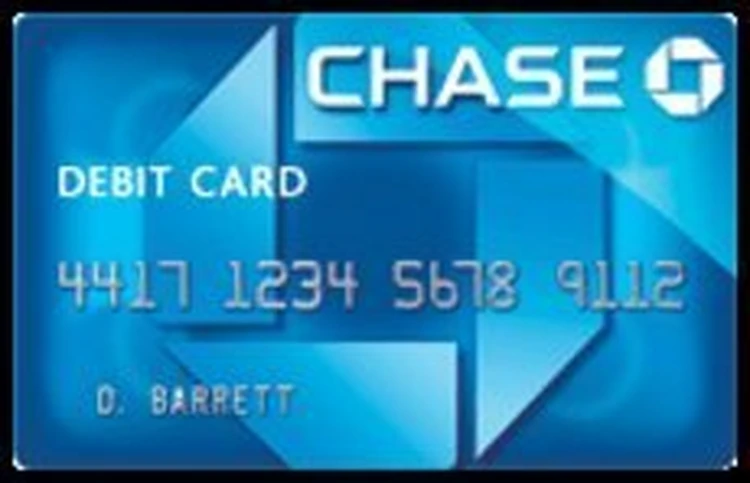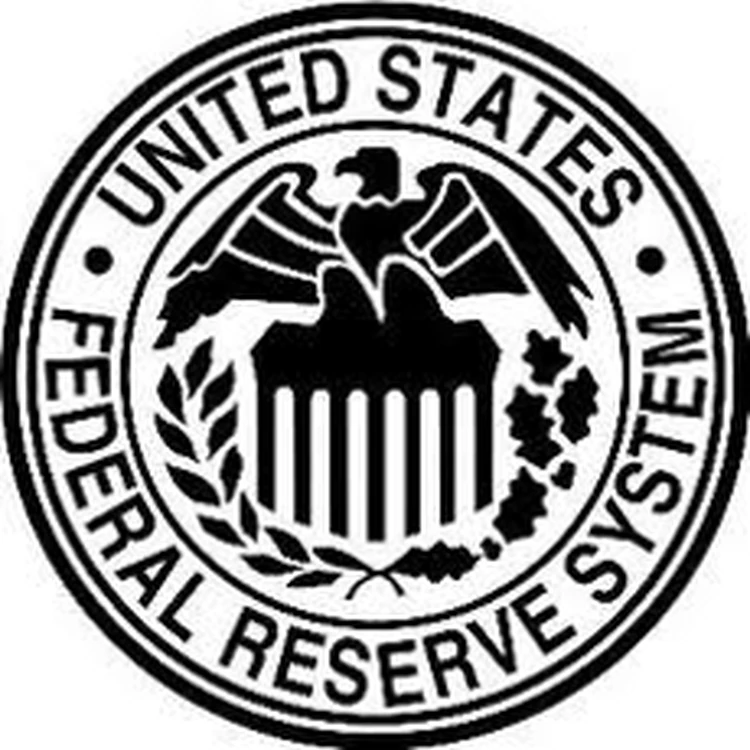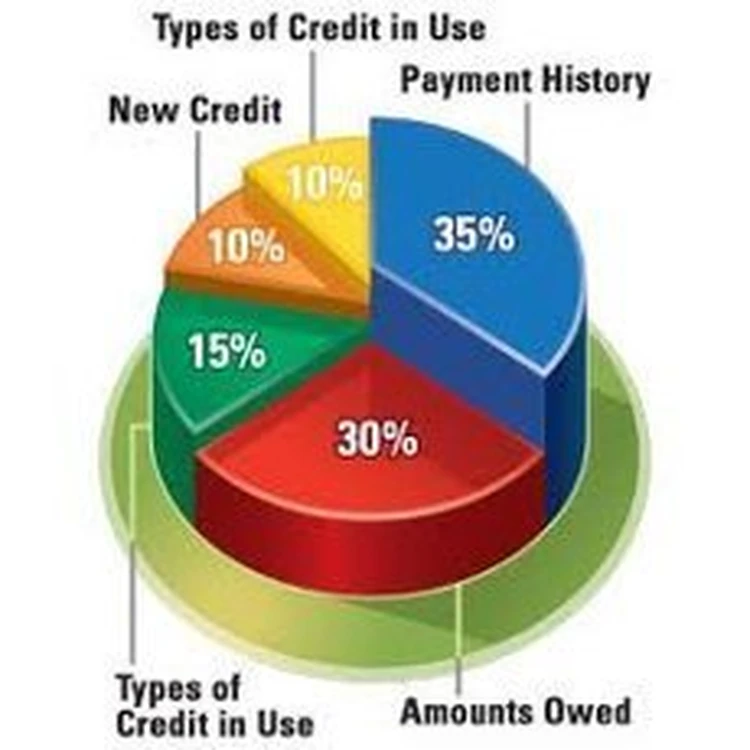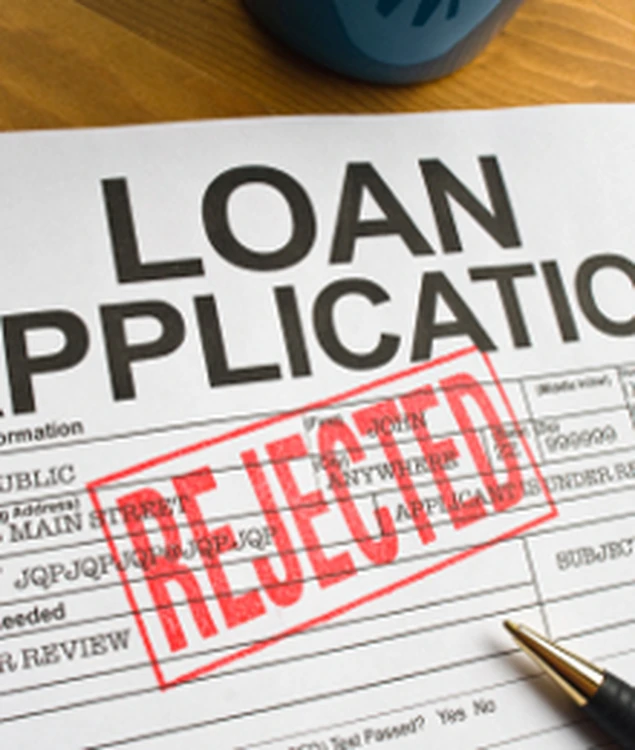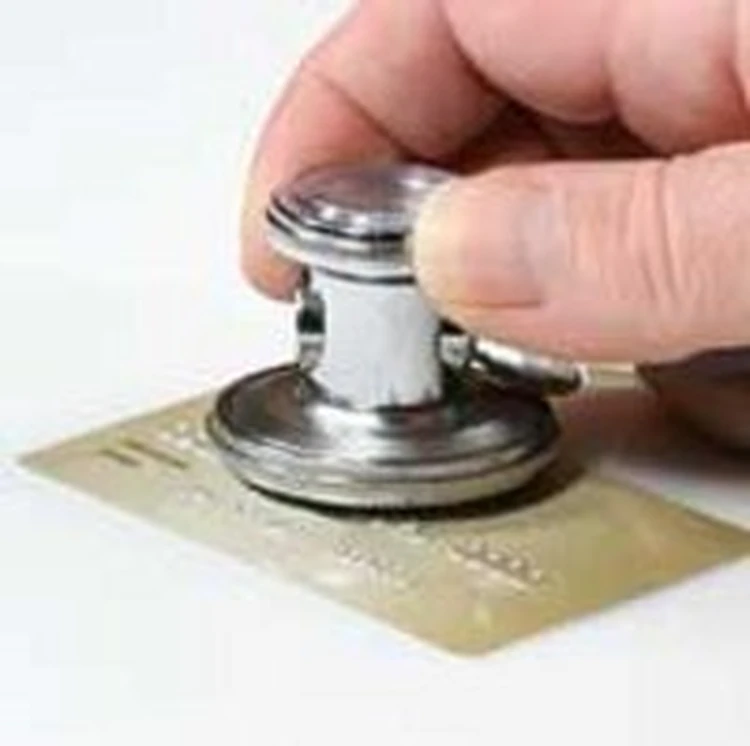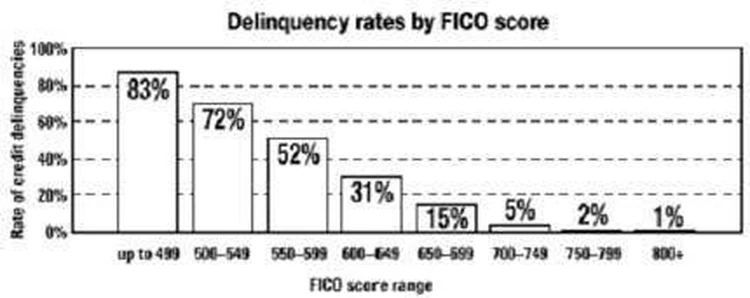For Release: August 12, 1999
FTC and States Launch Another Crackdown on Telemarketers Offering Credit Cards and Loans That Never Arrive
In another aggressive sweep targeting corporations and individuals that promise loans and credit cards for an advance fee, but never deliver them, the Federal Trade Commission, state Attorneys General from six states and state banking officialstoday announced the results of the latest crackdown on telemarketing companies and individuals allegedly engaging in advance fee loan scams. This sweep also includes the participation of Canadian law enforcement authorities who have taken criminal actions against Canadian advance fee loan scam operators who prey on American citizens. "OPERATION ADVANCE FEE LOAN (AFL)" - a multi-agency law enforcement sweep against telemarketers of fraudulent advance fee credit schemes - is a follow-up to two previous sweeps announced in 1996 and 1997. "Operation AFL" involves eight cases filed and/or settled by the Commission, and ten cases filed by state Attorney Generals, including three cease and desist orders issued by state banking officials.
"Advance fee loan scams are especially appalling because they prey on the most vulnerable consumers who are in need of credit or a loan," said Jodie Bernstein, Director of the FTC's Bureau of Consumer Protection. "Working with the states and our Canadian partners, we are stopping lenders who illegally charge consumers a fee for the promise of a loan. Our message to these disreputable lenders is, we will track you down and stop your illegal practices. Our message to consumers is, don't pay for a promise - it's illegal for lenders to ask you to pay for credit before you get it."
According to the FTC, fraudulent advance fee loan schemes prey on particularly vulnerable consumers - the unemployed, the working poor, those who have bad credit ratings, or those in immediate need of money for emergencies. Most advance fee loan telemarketers snare consumers through cold calls, or in response to advertisements in various local newspapers, on cable television, on the Internet and through direct mail. Ads promising "money to loan ... regardless of credit history" lure consumers into paying fees that range from $25 to several hundred dollars in advance of receiving "guaranteed" loans. In many instances, consumers never receive the promised loans or credit cards, and either never hear from the loan companies again or are merely sent credit card applications.
Under the FTC's Telemarketing Sales Rule, which went into effect December 31, 1995, a telemarketer who guarantees consumers a loan or other form of credit, or who claims he or she can arrange such credit for a consumer, is prohibited from asking consumers to pay any money before they receive the loan or credit. The rule empowers each of the state Attorneys General to file actions in federal District Court and seek an order that applies nationwide against violators of the rule. Some of the cases announced today (see attached list) allege rule violations, others allege violations of the FTC Act or state laws that prohibit unfair or deceptive practices. These latest law enforcement actions show a continuing coordinated effort among domestic and international law enforcement agencies to combat such fraud.
In all of the FTC cases announced today, the defendants were charged with violating the FTC Act and the Telemarketing Sales Rule (TSR) by misrepresenting that consumers would receive a credit card for an advance fee; by charging a fee in advance of consumers receiving the promised credit card; and in two of the cases, misrepresenting that consumers would receive a refund of their fee if they did not get the promised credit card.
ADVANCE FEE LOAN SWEEP LAW ENFORCEMENT
The FTC filed its actions against:
American Consumer Membership Services, Inc., and Darryl Smith, alleging that the defendants fraudulently telemarketed, through cold calls, advance fee credit cards to low income consumers and those with credit problems. After paying a $69 fee, which was debited from their checking accounts, consumers received vouchers, coupons and other offers, and occasionally credit card applications with lists of banks to apply to for secured or unsecured credit cards, with additional application fees ranging from $20 to $79.95. Some consumers received nothing at all from the defendants after their checking accounts were debited. Few received the promised refunds.
1263523 Ontario, Inc., doing business as Consumer Credit Services, Donald M. Davies, Lloyd Charles Prudenza and David Seymour Wells, alleging that the defendants telemarketed advance fee credit cards to consumers with poor credit histories, for an up-front fee of $159 that also was debited from their checking accounts. Consumers never received the promised credit cards. If they received anything from the company at all, it was information on how to improve their credit rating, lists of banks that market secured credit cards, and/or bundles of worthless coupons. Most of the consumers never received a refund.
Modern Credit Financial Services, Inc., Matthew A. Hammack and Robert Hansel, alleging that the defendants, through cable tv ads and telemarketing, promised advance fee credit cards for $89, payable through a bank draft from their checking accounts. After making the payment, consumers received materials on credit management, a 100 percent guarantee certificate, and information about the two banks that were supposed to issue the credit cards. Additional requirements and charges were imposed if the consumer attempted to apply to the banks for the credit cards. Most consumers did not receive a credit card or a refund.
Credit National, Inc. and Mark Wolf, doing business as Credit America, alleging that the defendants marketed "guaranteed approved" credit cards and lines of credit to consumers in print and Internet ads, as well as via direct mail, for a $28 "application fee" and invited consumers to call an "800" number. Consumers who called the number in response to the ads were sent a packet of materials containing written guarantees of unsecured credit cards regardless of past credit history, along with applications requiring the $28 fee. Consumers who responded by sending the fee received various credit card applications or nothing at all, rather than the promised credit cards.
At the request of the FTC, the federal District Courts in three of the four cases have issued temporary restraining orders to halt the deceptive practices and freeze the defendants' assets pending trial. In American Consumer Membership Services, the FTC has filed a motion for a preliminary injunction, and a hearing has been scheduled for August 27, 1999.
The Commission also announced today that staff had obtained three default judgments against advance fee loan telemarketers in Georgia, Concepts and Ideas, Source One, Inc., and GBS Group, and reached a settlement agreement with another advance fee loan company, Franklin Credit Services, Inc..
In an earlier proceeding, the FTC, in conjunction with the state of Arkansas, brought an action against SureCheK Systems, Inc., alleging that SureChek was engaged in a deceptive scheme to defraud consumers nationwide through the telemarketing of advance fee credit cards. In addition, the FTC brought separate actions against Bill Owen d/b/a Source One; George B. Schewe, d/b/a GBS Group; and Jarrell Andre Goolsby d/b/a Concepts & Ideas. Defendants Owen, Schewe, and Goolsby provided third-party telemarketing (Op AFL--08/12/99) services to the defendants in the SureCheK matter. These telemarketers solicited business on behalf of SureCheK, using SureCheK's name, and while under contract with and utilizing scripts provided by SureCheK, misrepresented that consumers would receive a major credit card in exchange for an advance fee with absolutely no security deposit, regardless of their past credit history. Despite paying the fee, the consumers did not receive the credit cards as promised.
The Southeast Regional Office (located in Atlanta) of the FTC also brought an earlier action against Loan byPhone Financing, Inc., d/b/a Burlington Credit Services; Action Credit Services, Inc.; ABCO, Inc.; Beaumont Credit Services, Inc.; Budget Credit Services, Inc.; Hunter Credit Corporation; Jodi Wolin; and Laurence J. Smith, Esq. According to the FTC, the defendants sold a "debt consolidation" service, and consumers who called were led to believe that the company was offering low interest loans to enable consumers to consolidate their debts. Consumers were told that, after an initial sign-up "origination fee," the company would pay off the consumers' debts, leaving consumers with only the monthly loan payment. Contrary to the representations made during the call, the defendants did not provide a loan to the consumer, nor did they pay off the outstanding debts. In the proposed consent orders to settle the charges, the defendants would be banned from engaging in, or assisting others engaged in, any credit related services, and would be prohibited from making the representations alleged in the complaint. Under the terms of her proposed settlement, defendant Wolin, who created the scheme and formed the corporations used to further it, would pay consumer redress totaling approximately $185,000. Defendant Smith would pay $10,000 in redress over a period of 18 months.
James Michael Christensen, principal owner of Franklin Credit Services, Inc., and Amansco Credit Services, Inc., has agreed to pay $100,000 for consumer redress or disgorgement, and agreed to be permanently banned from telemarketing as part of an agreement with the FTC. Christensen and his companies purportedly offered low-interest, debt consolidation loans for a one-time fee. Instead of receiving a loan, consumers were offered a bill paying service that required them to pay an additional fee, the FTC alleged. The proposed settlement, which requires the court's approval, would prohibit Christensen from: accepting fees in advance when representing a high likelihood that a person will be receiving a loan or other extension of credit; making certain misrepresentations and non-disclosures in marketing credit and credit-related goods or services; and selling or transferring customer lists. On June 7, 1999, a default judgment was entered against corporate defendants Franklin Credit and Amansco Credit.
U.S. military personnel and their families were targeted by the advance fee loan con artists through advertisements for these scams that appear in civilian newspapers circulated on U.S. military bases. "We are pleased to be able to work with the armed services in putting a stop to the despicable practice of targeting scams at the military community," Bernstein said.
CANADIAN LAW ENFORCEMENT ACTIVITY
Under The Loan Brokers Act of Ontario, enacted in1994, the Ministry of Consumer and Commercial Relations ("MCCR") for the Government of Ontario was authorized to bring criminal charges against unscrupulous "up front fee loan scam companies" and their owners. Within the past two years, the Investigation Unit of MCCR has worked with the Royal Canadian Mounted Police, the Milton Detachment and Toronto Police Services Fraud Squad to close down over 120 of the fraudulent advance fee loan companies operating in Canada and marketing to Canadian and U.S. consumers, and to return thousands of dollars in advance fees.
In the last three months, the following Canadian advance fee loan companies, all located in Toronto, Ontario, have been shut down by Canadian law enforcement authorities in conjunction with the Commission's sweep: Belmont Associates, Berkley Associates, Northwind Traders, Starline Traders, Globe Securities, Q.A. Marketing, and North Star Trading. Each of these companies promoted advance fee loans via telephone to American citizens exclusively, and they and their owners were charged with criminal fraud. Their cases are now pending before the Canadian courts.
OPERATION AFL CONSUMER EDUCATION
The FTC and the state Attorneys General, along with our education campaign partners, The American Financial Services Association Education Foundation, The National Association of Consumer Agency Administrators, and The Navy Personnel Command, offer the following tips for consumers to keep in mind before responding to ads that promise easy credit, regardless of credit history:
Legitimate lenders never "guarantee" or say that you are likely to get a loan or a credit card before you apply, especially if you have bad credit, no credit, or a bankruptcy;
If you apply for a real estate loan, it is accepted and common practice for lenders to request payment for a credit report or appraisal;
Never give your credit card account number, bank account information, or Social Security Number over the telephone or Internet unless you are familiar with the company and know why the information is needed; and
If you don't have the credit offer in hand - or confirmed in writing - and you are asked to pay, don't do it. It's fraud and it's against the law.
The Commission is also alerting commercial mail receiving agents (e.g., Mail Boxes, Etc.), often used as "mail drops" by advance fee loan scam operators, that they may be involved in a fraudulent scheme when they are asked by a mailbox holder to forward large volumes of mail to other addresses within the United States or to other countries. Additionally, the FTC is writing to more than 7500 publishers of classified ads through the country to encourage them to warn their readers that ads promising loans or extensions of credit are likely to be scams.
The FTC's Northeast Regional Office (located in New York) coordinated this project for the FTC.
The Commission votes to file the four complaints in the appropriate federal district court were 4-0. American Consumer Membership Services was filed in the U.S. District Court, Northern District of New York, in Binghamton, NY on August 5, 1999. Consumer Credit Services was filed in the U.S. District Court, Southern District of New York, in New York City on August 5, 1999. Modern Credit Financial Services, Inc. was filed in the U.S. District Court, Northern District of Texas, Dallas Division, on August 5, 1999; and Credit National was filed in the U.S. District Court, Central District of California, Western Division, in Los Angeles, on August 5, 1999. The settlement in the matter of Franklin Credit was filed in the U.S. District Court for the Southern District of Florida, Ft. Lauderdale Division, on August 10, 1999. The Commission vote to file the settlement was 4-0.
NOTE: The Commission files a complaint when it has "reason to believe" that the law has been or is being violated, and it appears to the Commission that a proceeding is in the public interest. The complaint is not a finding or ruling that the defendants have actually violated the law. The case will be decided by the court.
NOTE: A consent decree, such as in the Franklin Credit matter, is for settlement purposes only and does not constitute an admission by the defendant of a law violation. Consent decrees have the force of law when signed by the judge.
Copies of the news release are available from the FTC's web site at http://www.ftc.gov and copies of the consumer education materials, as well as the complaints, are also available from the FTC's Consumer Response Center, Room 130, 600 Pennsylvania Avenue, N.W., Washington, D.C. 20580; 202-FTC-HELP (202-382-4357); TDD for the hearing impaired 202-326-2502. To find out the latest news as it is announced, call the FTC NewsPhone recording at 202-326-2710.
- MEDIA CONTACT:
- Office of Public Affairs
202-326-2180
American Consumer Membership Services
Consumer Credit Services
(FTC File No. 992 3031; Civil Action No. 99 CV 1206 -- American Consumer Membership)
(FTC File No. 992 3036; Civil Action No. 99 CV 8679 -- Consumer Credit Services)
- Rhonda McLean or Robin E. Eichen or Carole Paynter
Northeast Regional Office
One Bowling Green, Suite 318
New York, New York 10004
212-607-2811 Modern Credit Financial Service
(FTC File No. 992 3218; Civil Action No. 3-99 CV 1756-G -- Modern Credit Financial Services)
- Thomas Carter or Gary Kennedy
Southwest Regional Office
1999 Bryan Street, Suite 2150
Dallas, Texas 75201
214-979-9350 or 214-979-9379 Credit National
(FTC File No. 992 3223; Civil Action No. 99 CV 07989 -- Credit National)
- Thomas Syta or Bret Smart
Western Regional Office
10877 Wilshire Boulevard, Suite 700
Los Angeles, California 90024
310-824-4324 or 310-824-4366 Franklin Credit
(FTC File No. 982 3550 Civil Action No. 98 CV 7375-G -- Franklin Credit)
- Andrea Foster or Ronald Laitsch
Southeastern Regional Office
Suite 5M35, Midrise Bldg., 60 Forsyth Street, S.W.
Atlanta, Georgia 30303
(404) 656-1356 or (404) 656-1358 - CANADIAN CONTACTS:
- Helen Czerniak or Dermot Jennings
Ministry of Consumer and Commercial Relations
250 Yonge Street
Toronto, ON
Canada M5B 2N5
(416) 326-8623 or (416) 326-8625
(Operation AFL)
ConsumerAffairs.Com complaints about Telemarketers...














